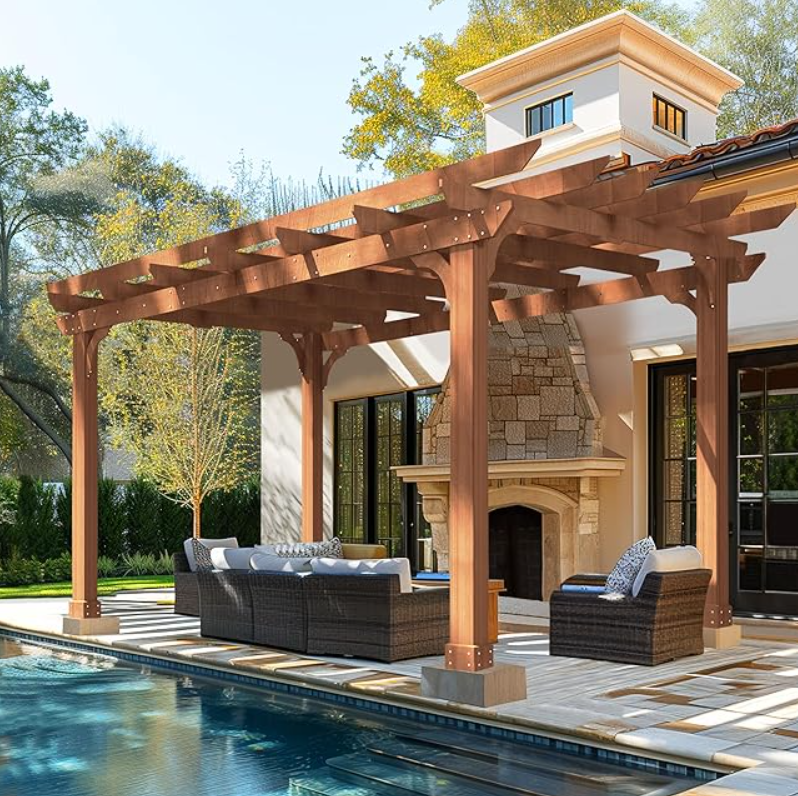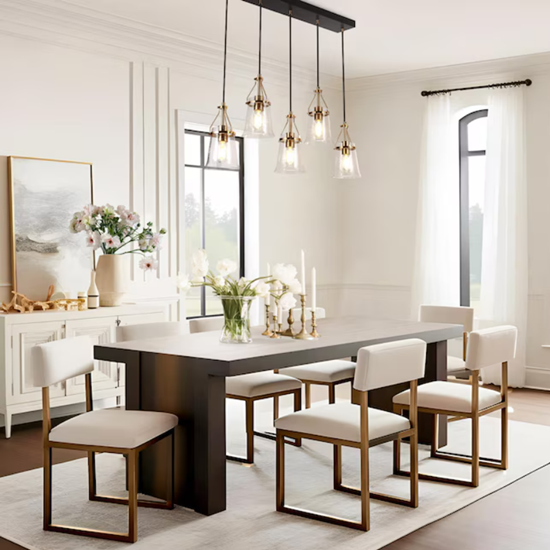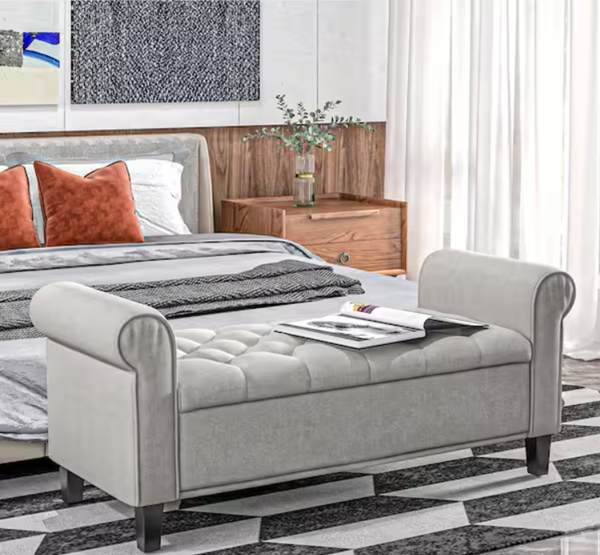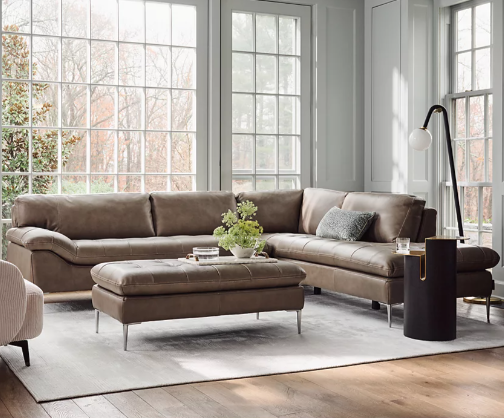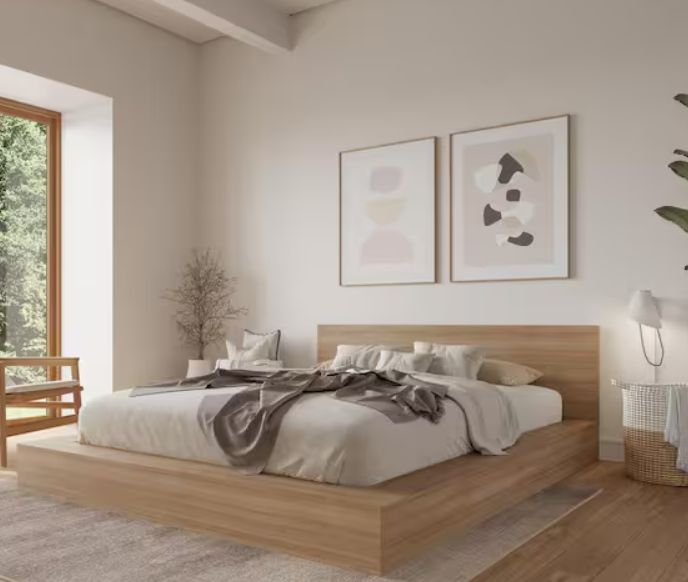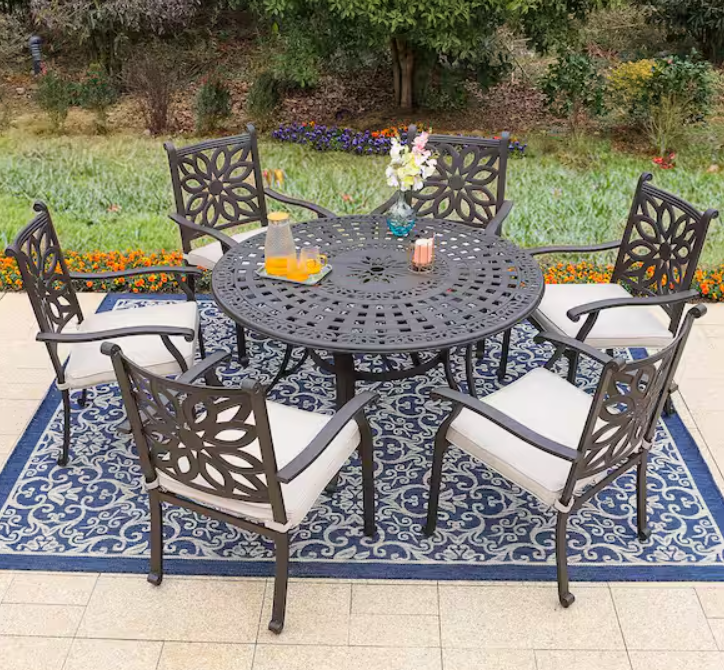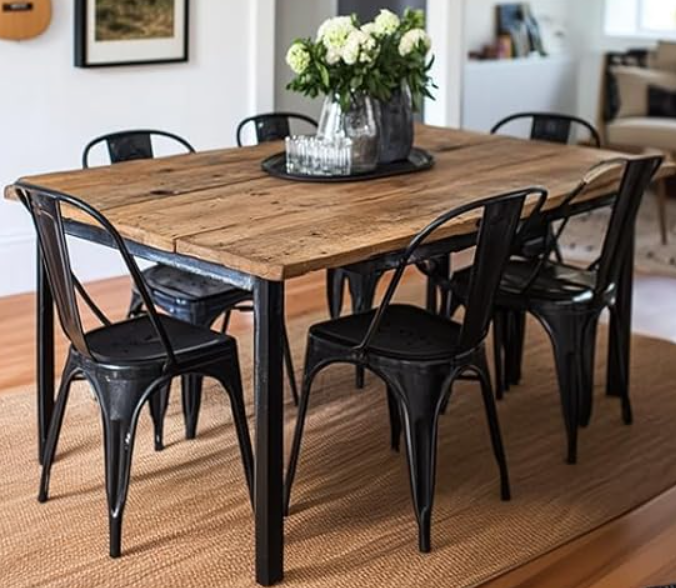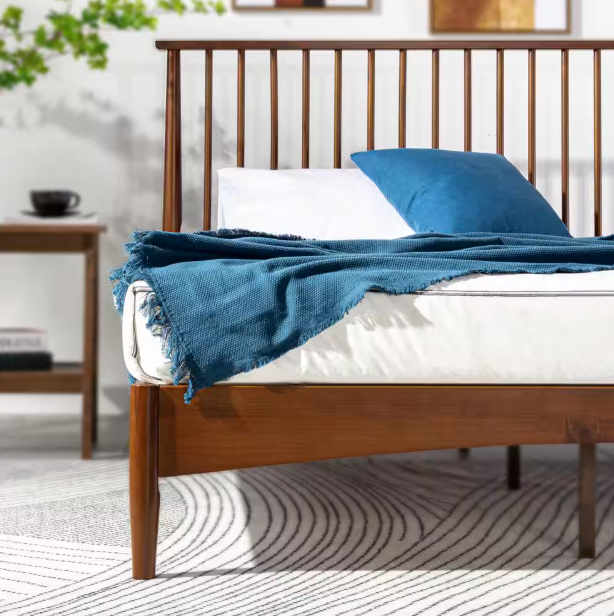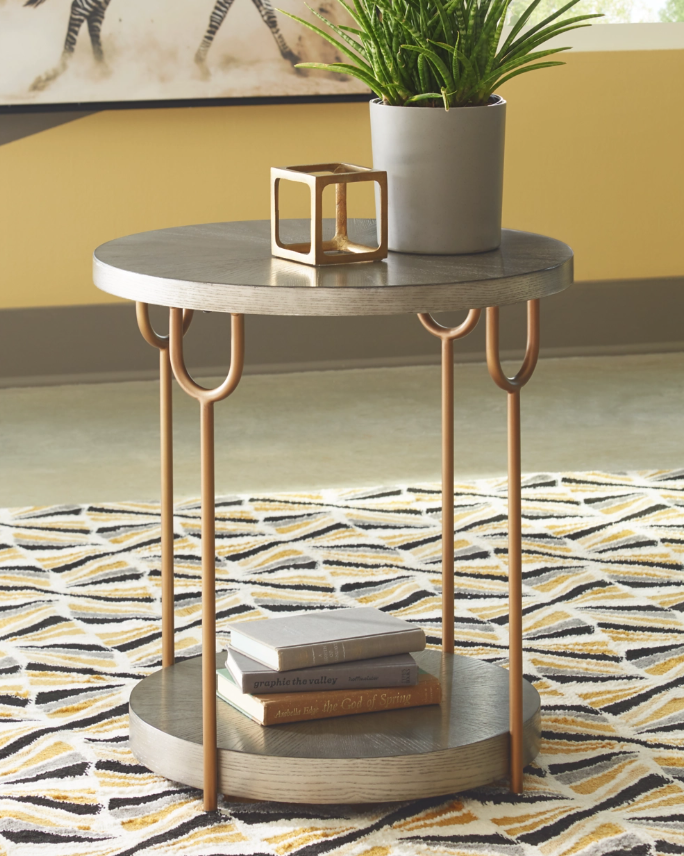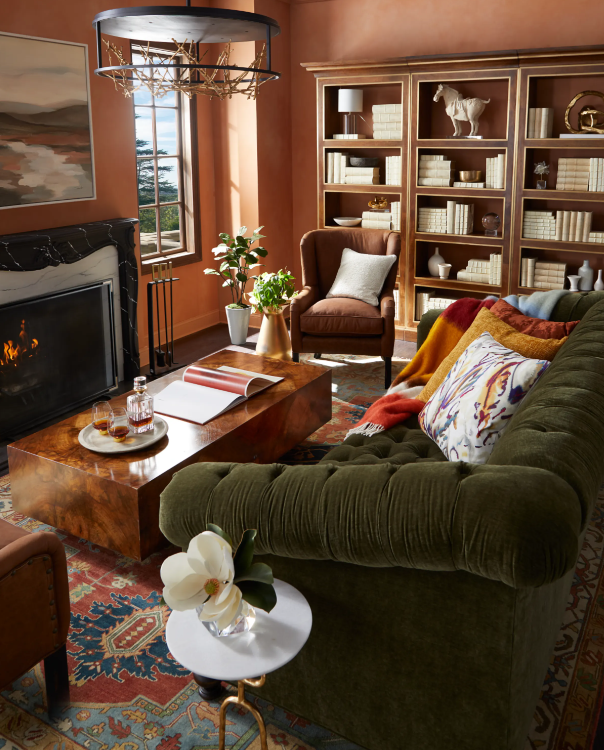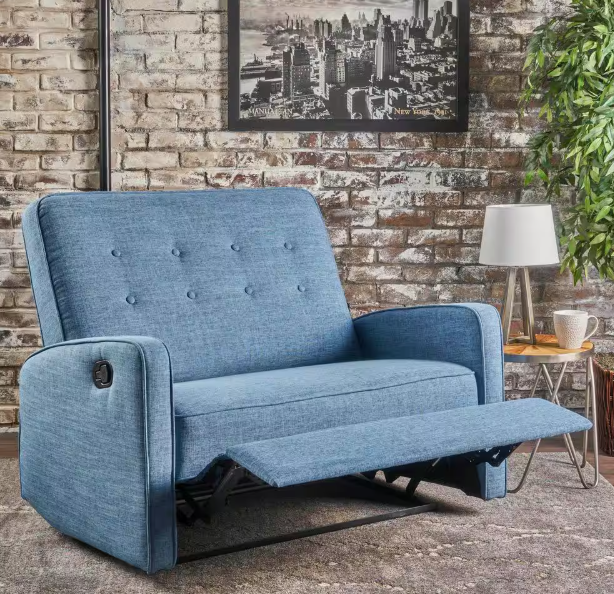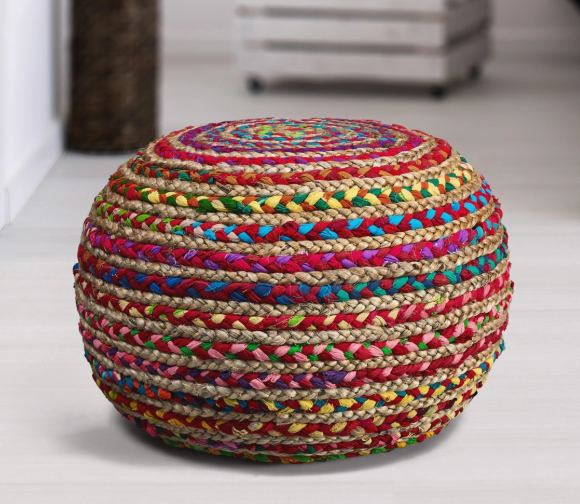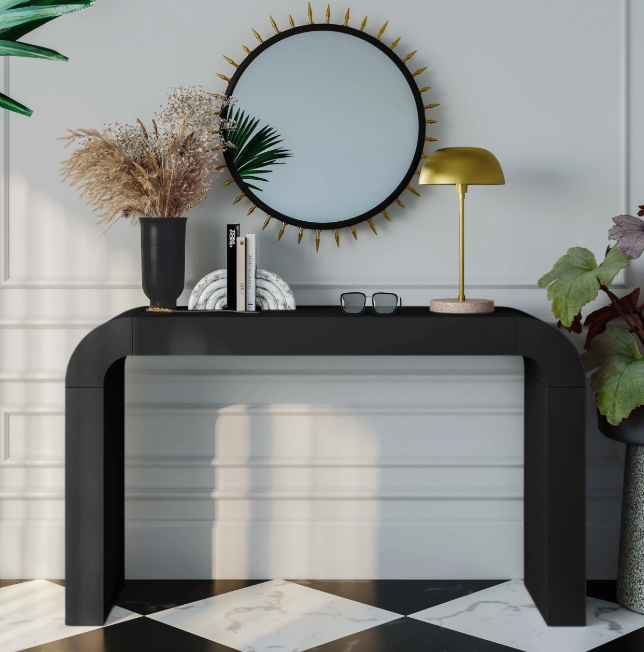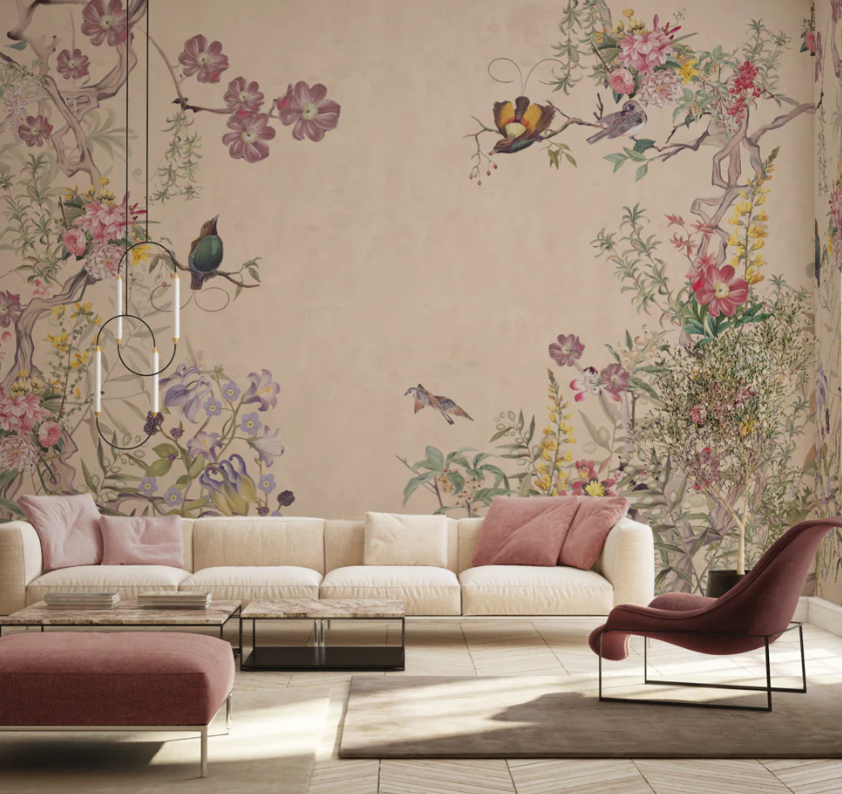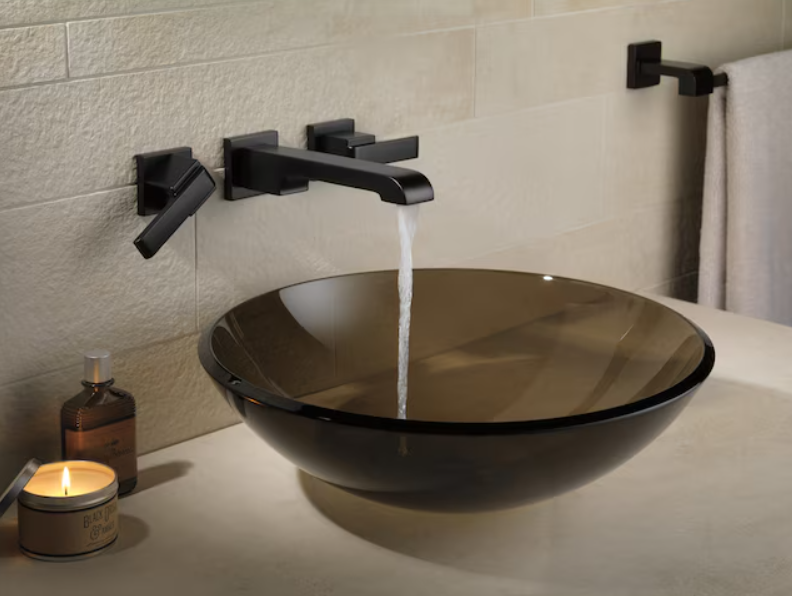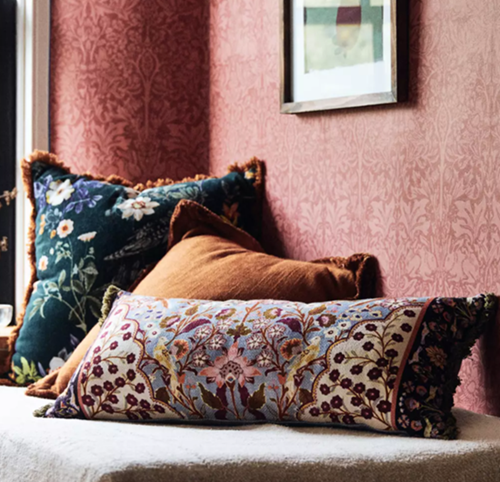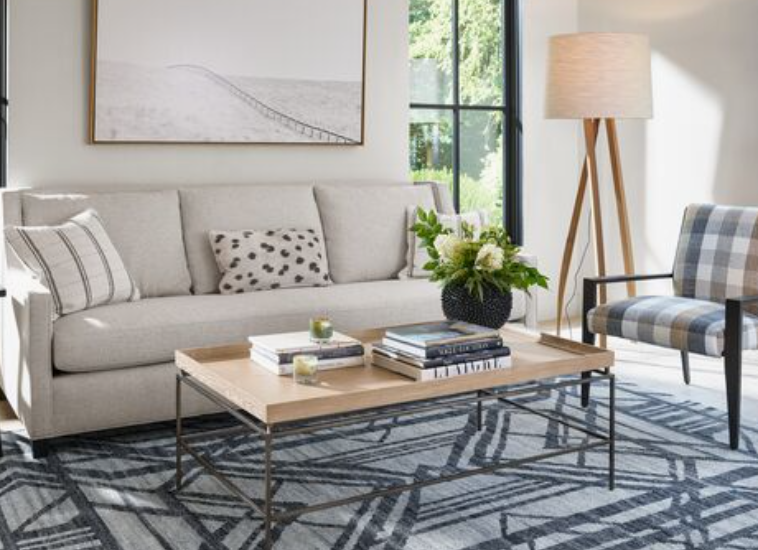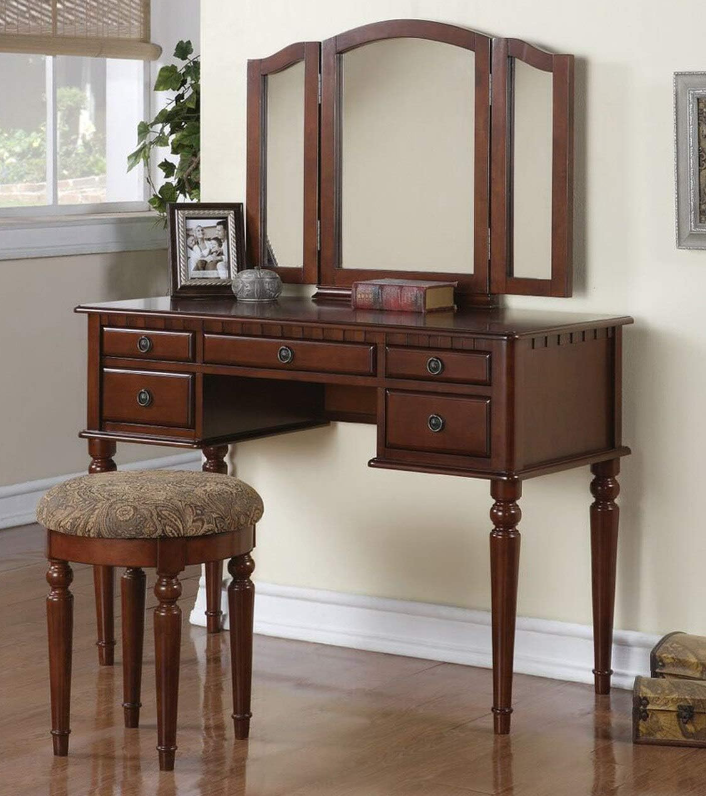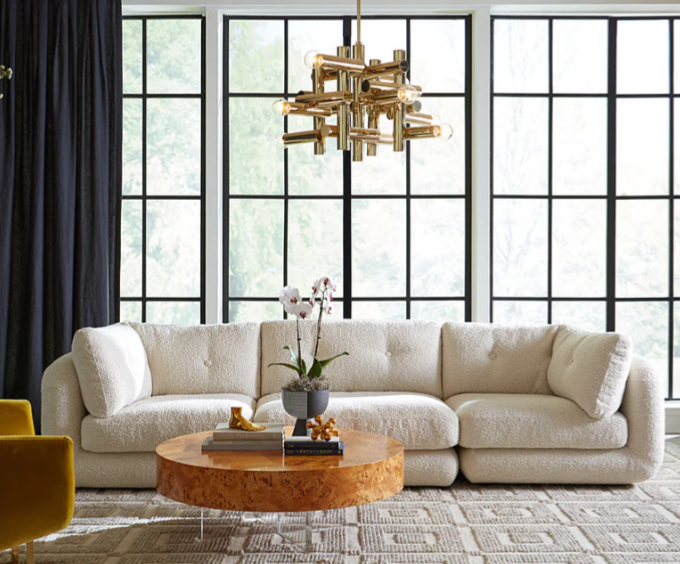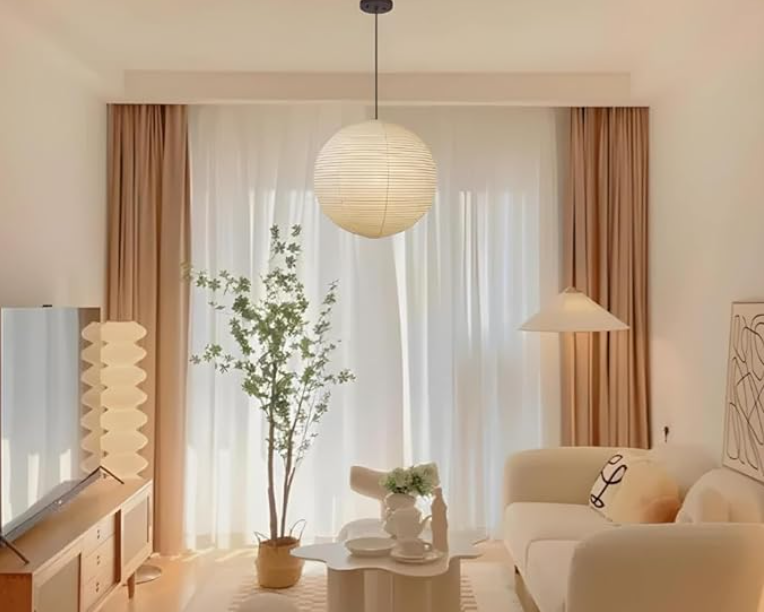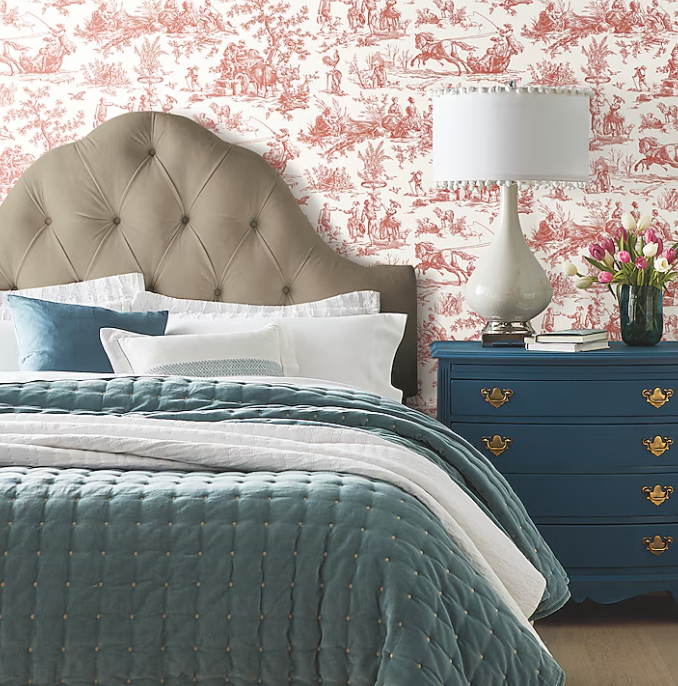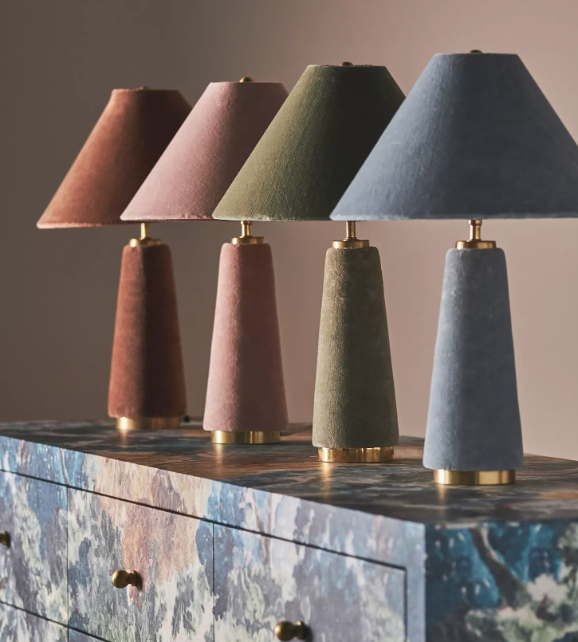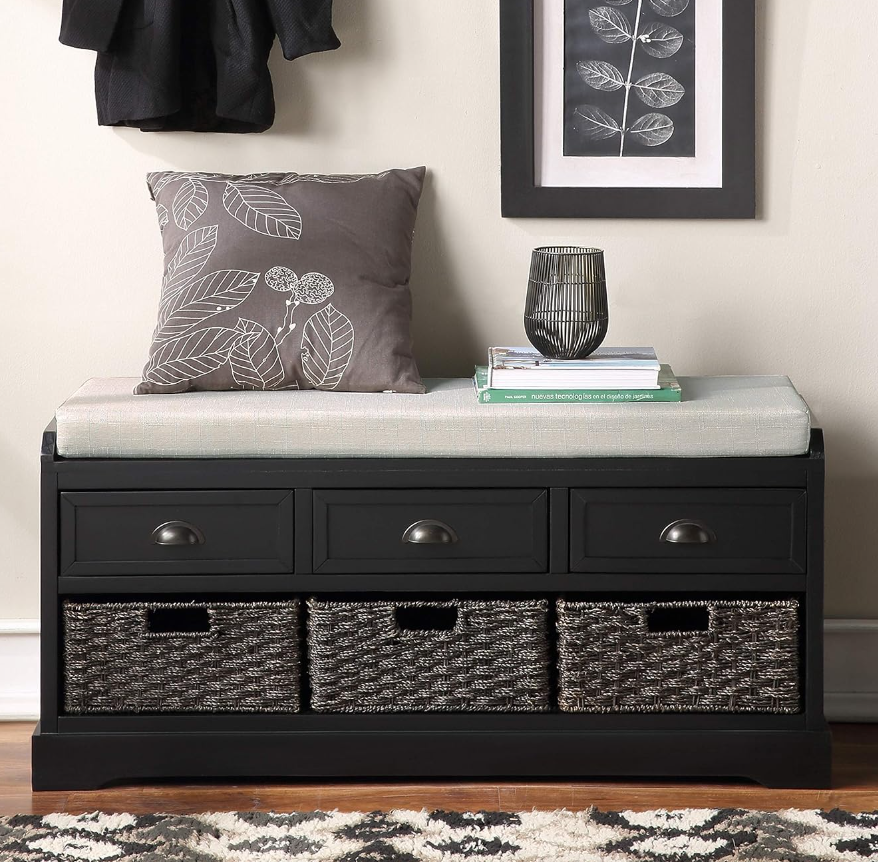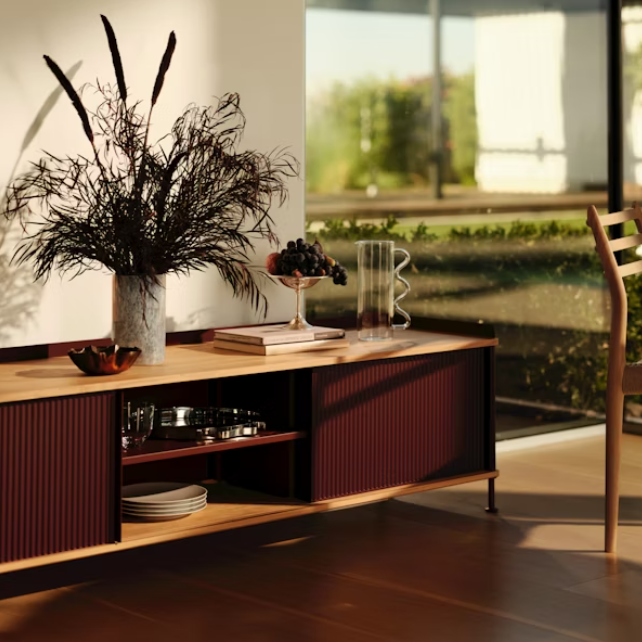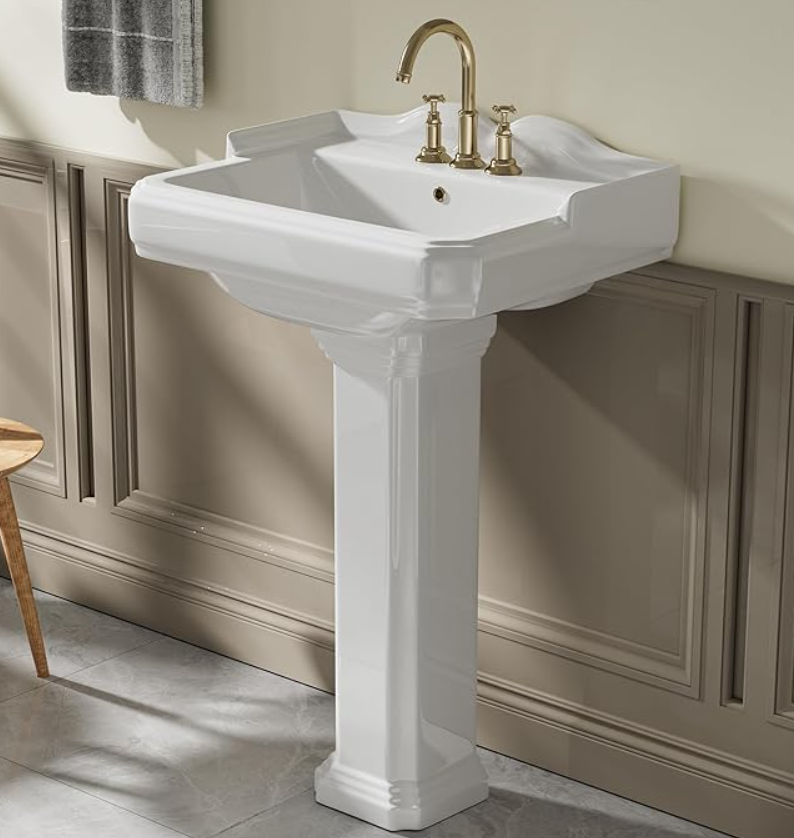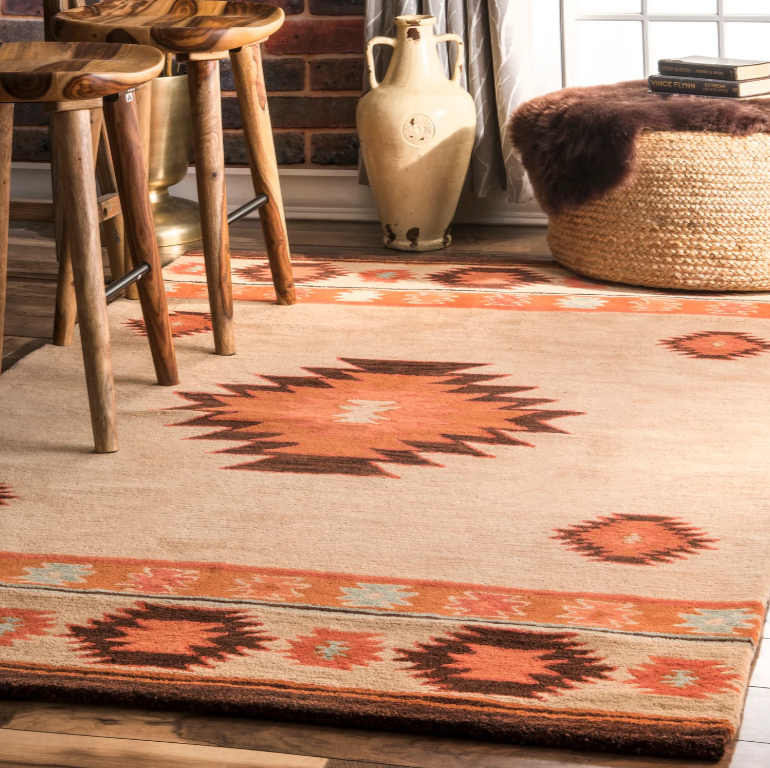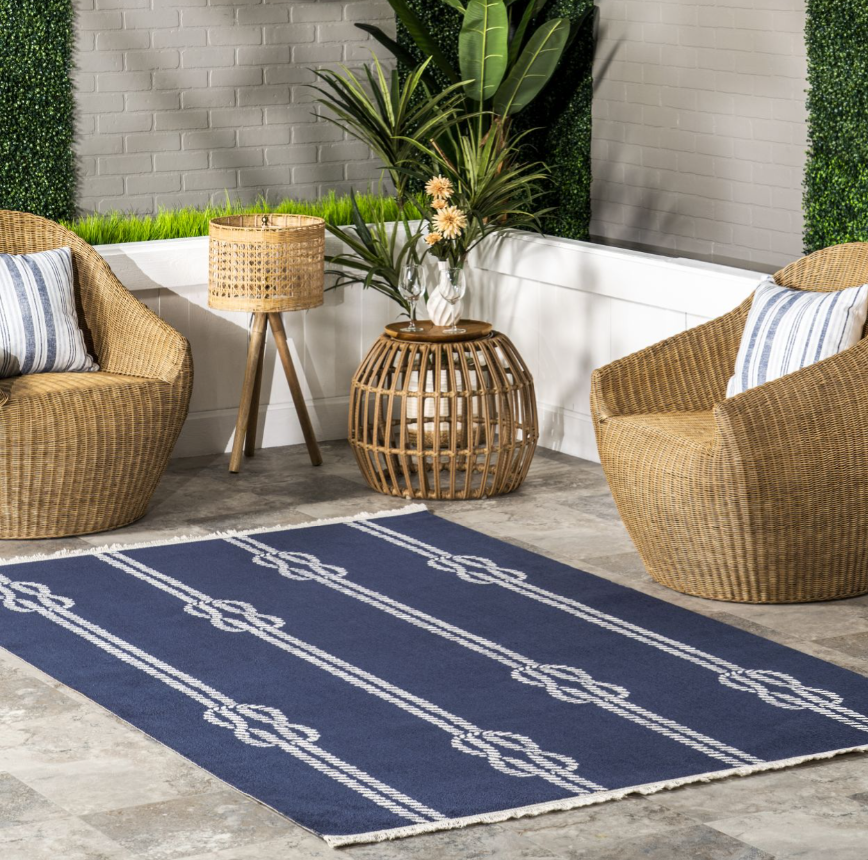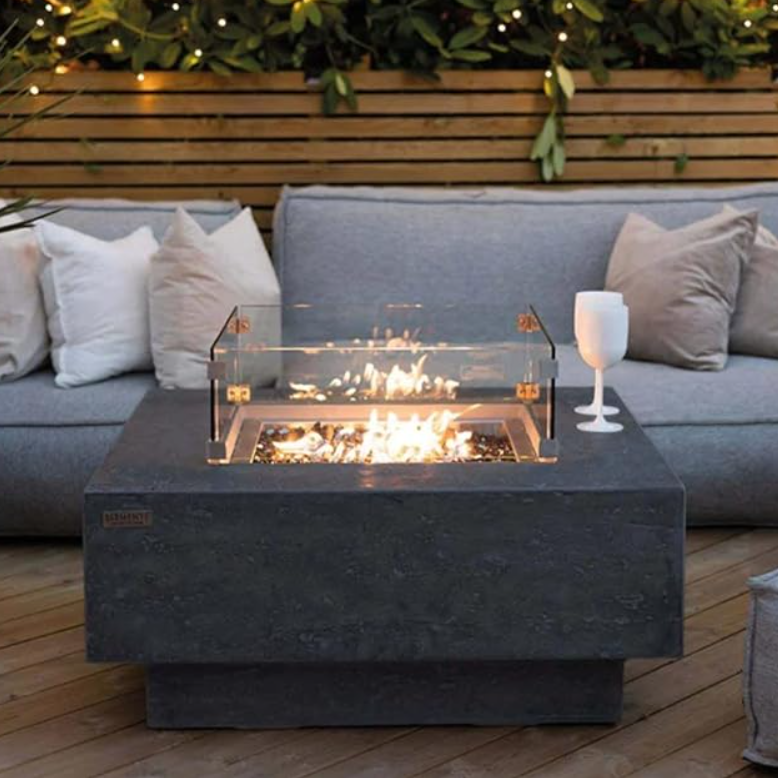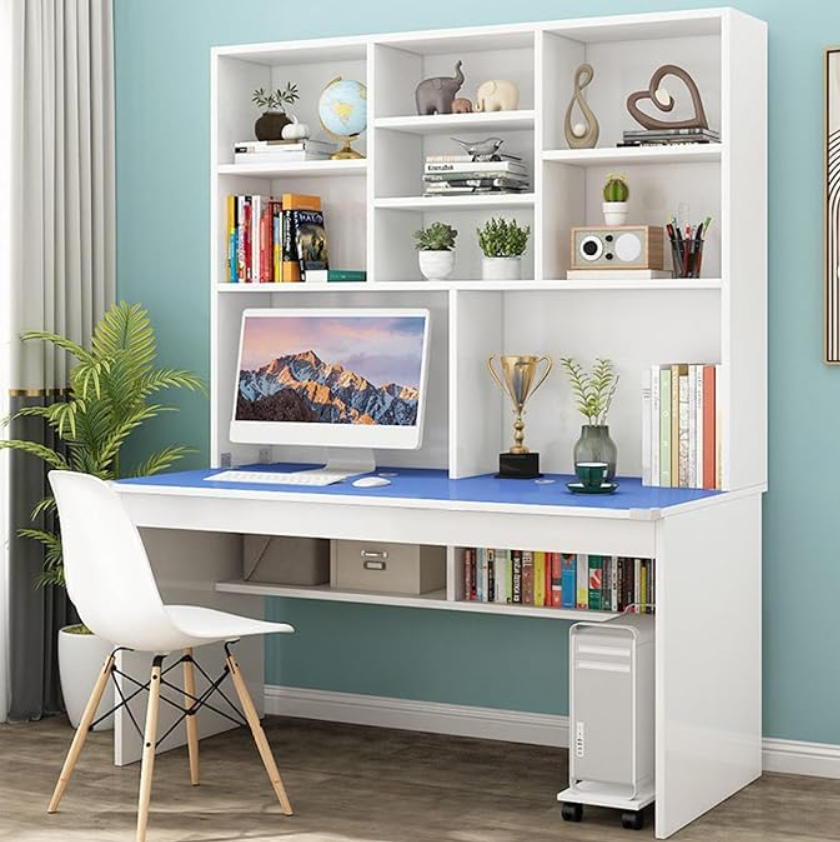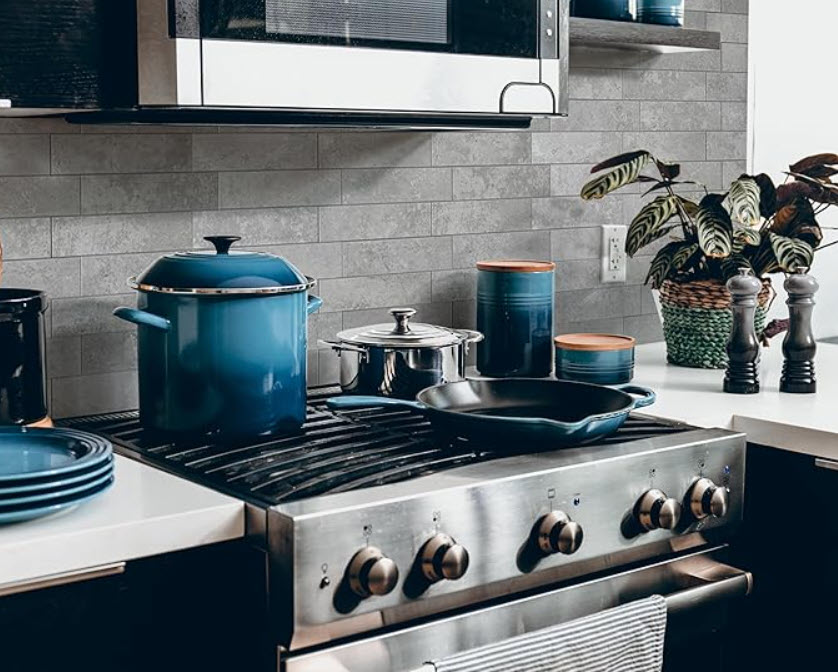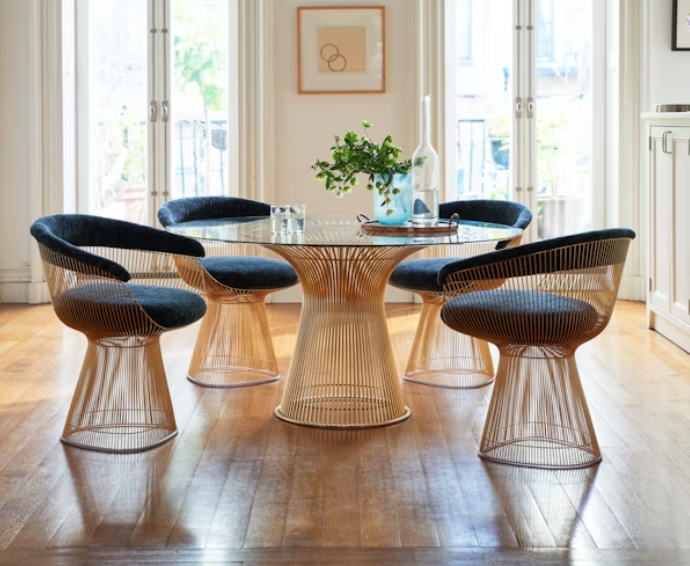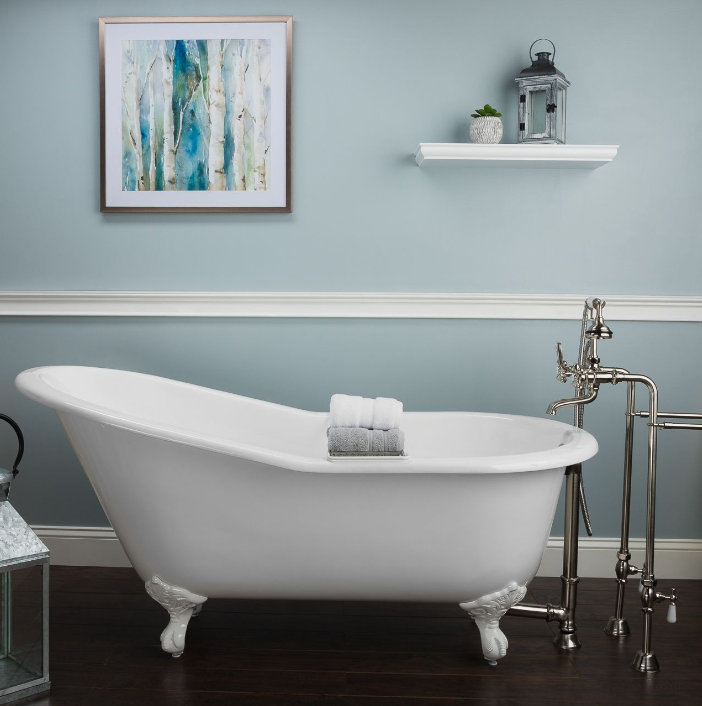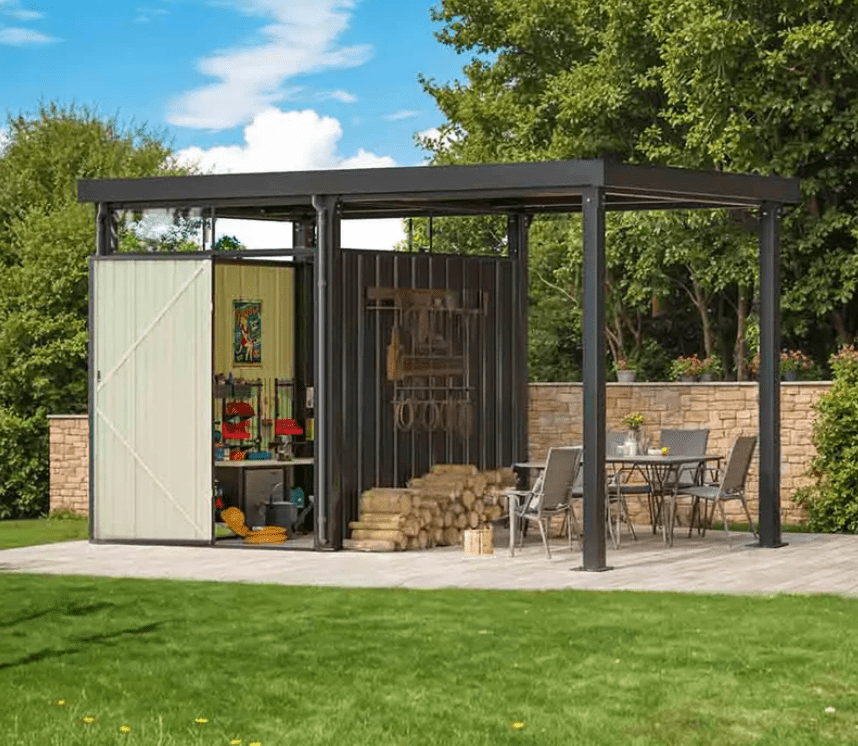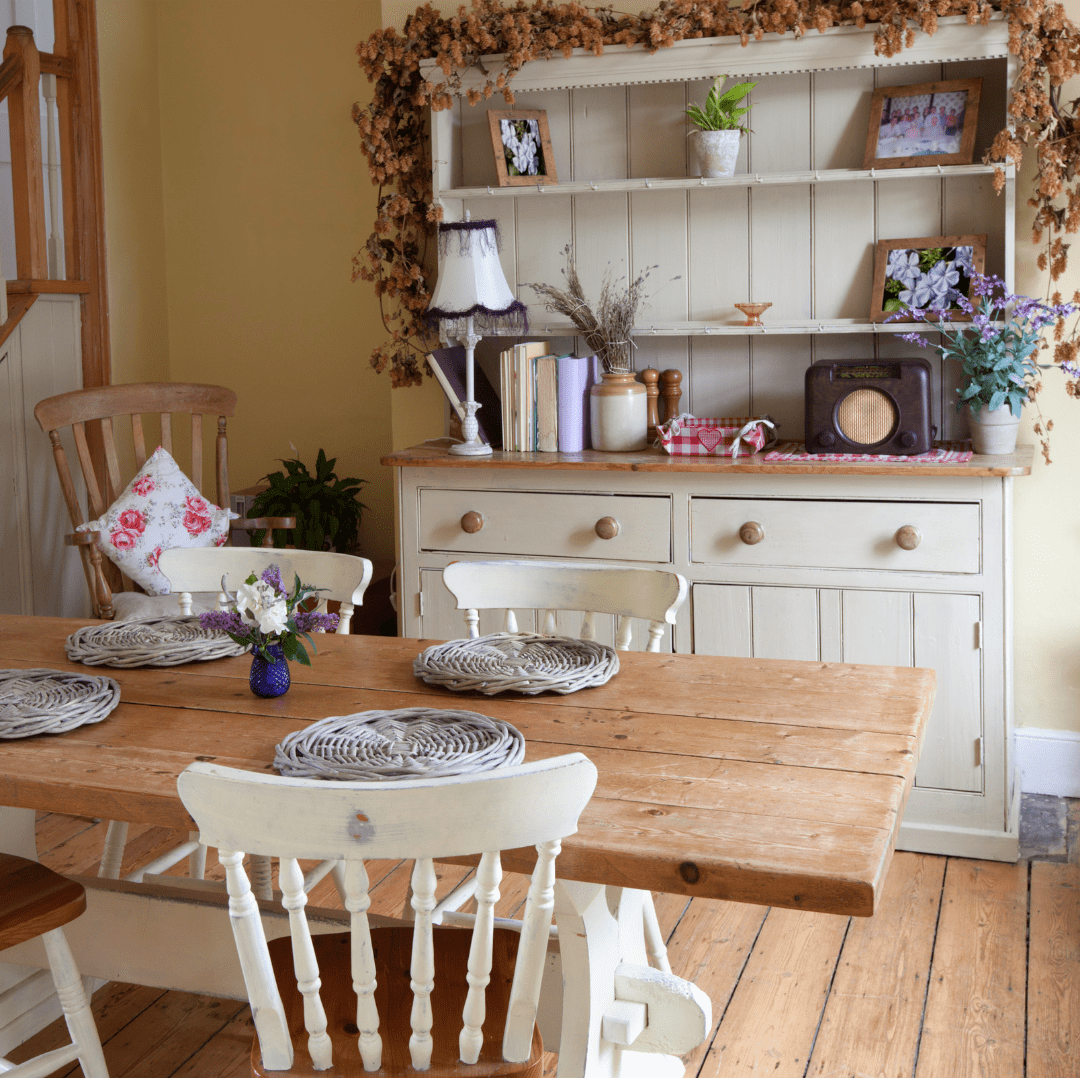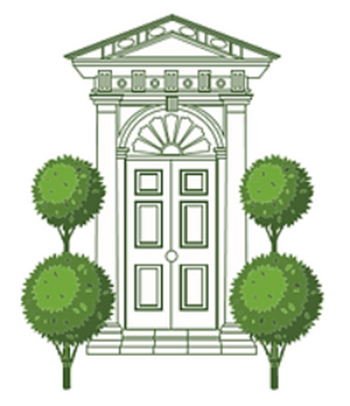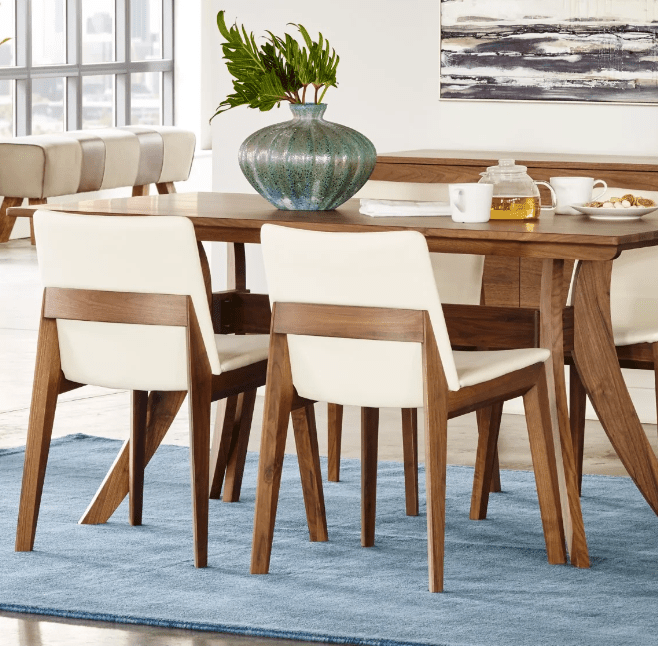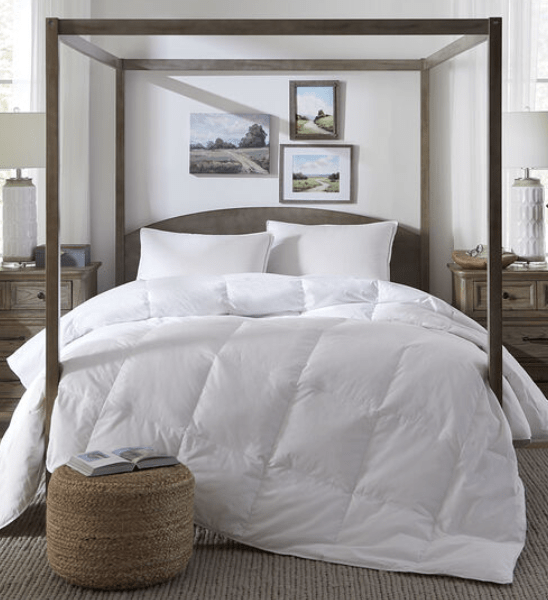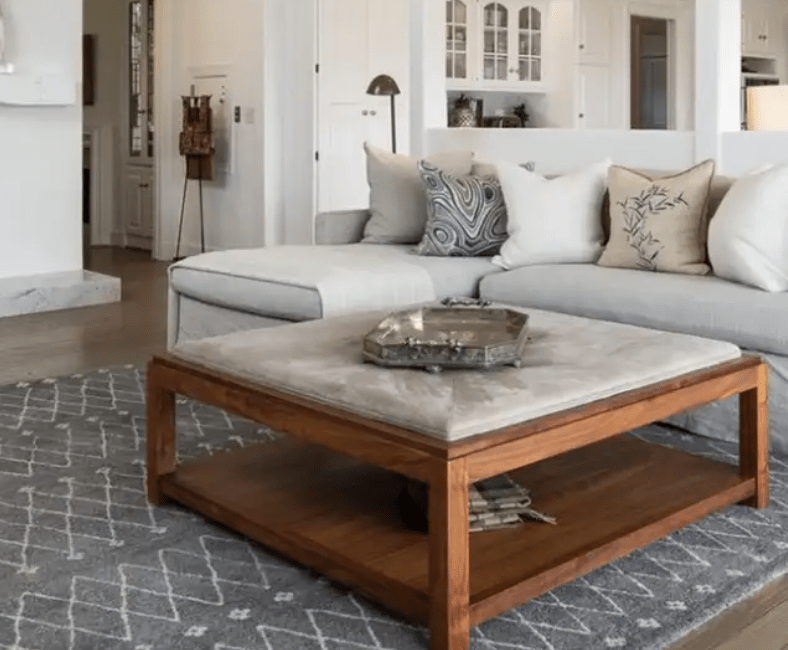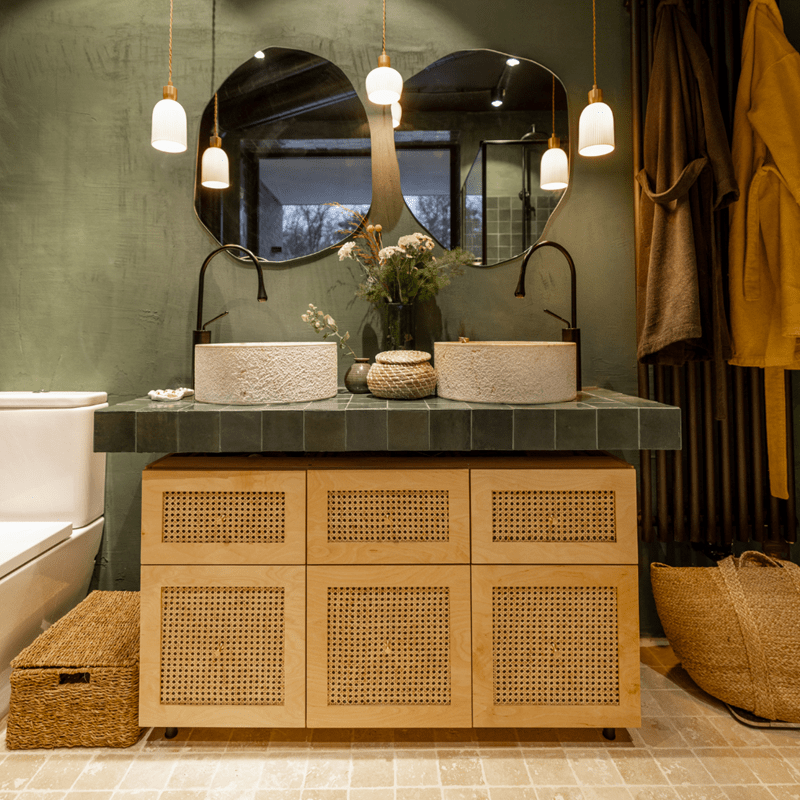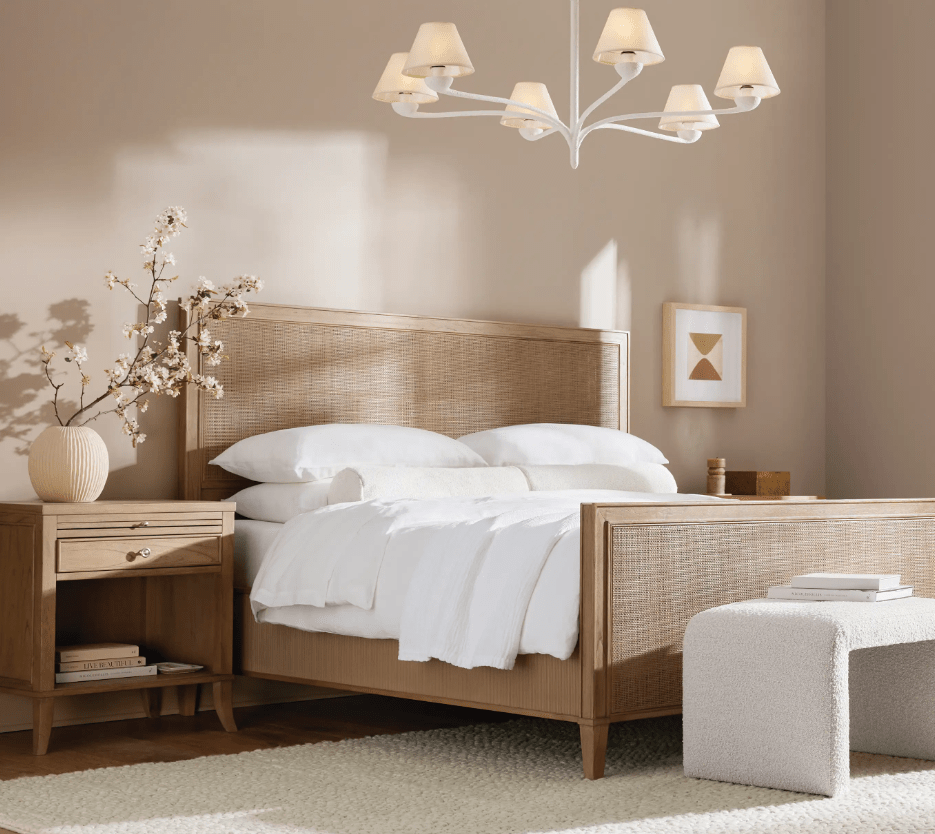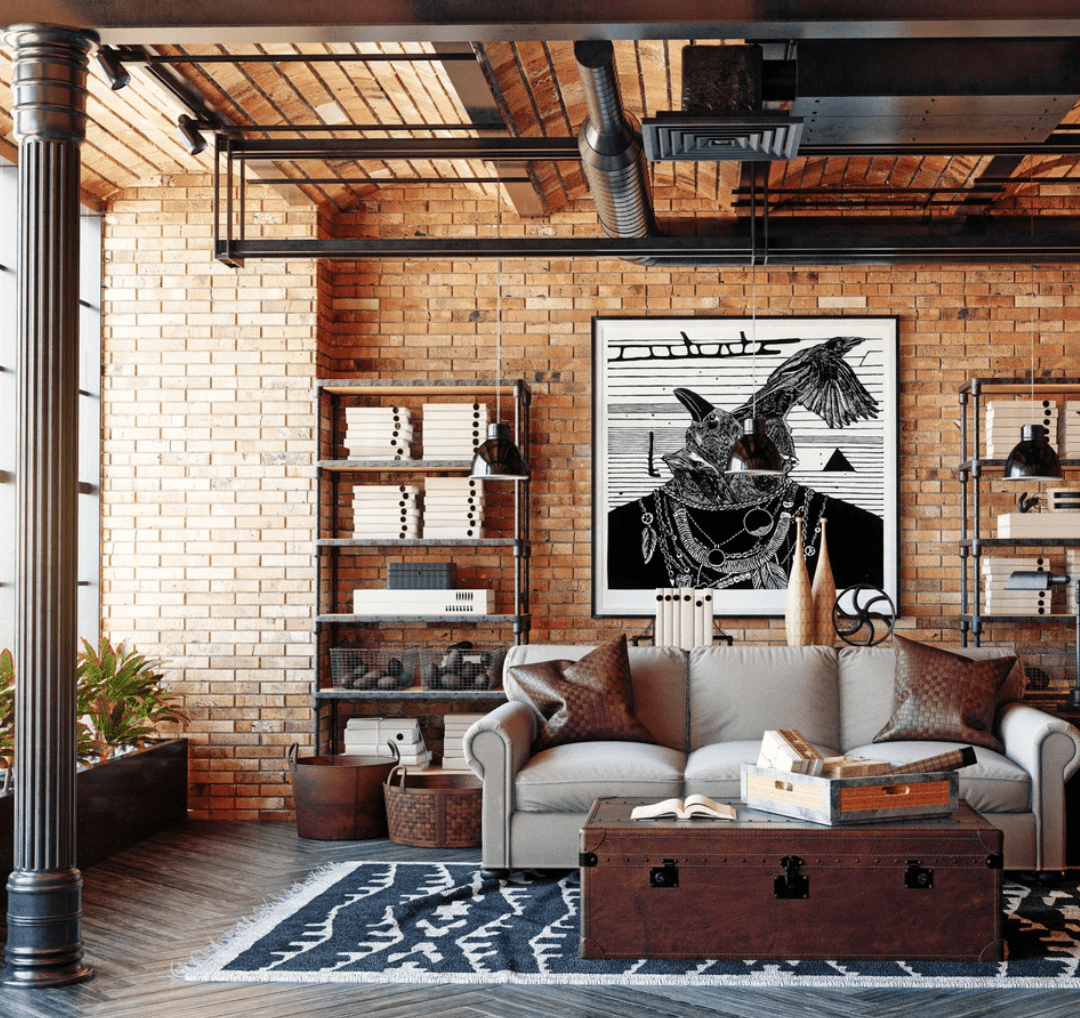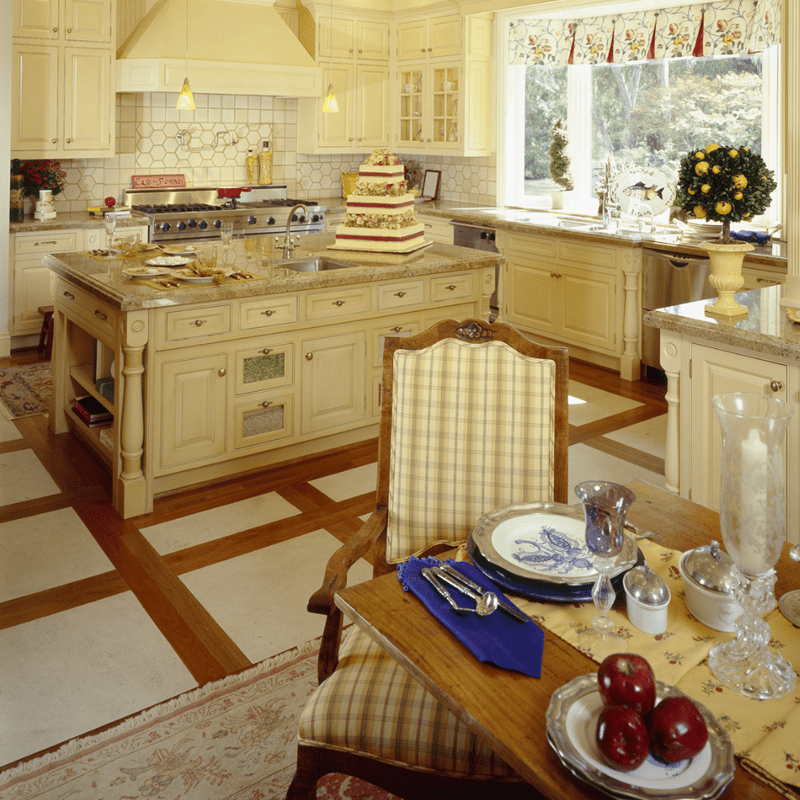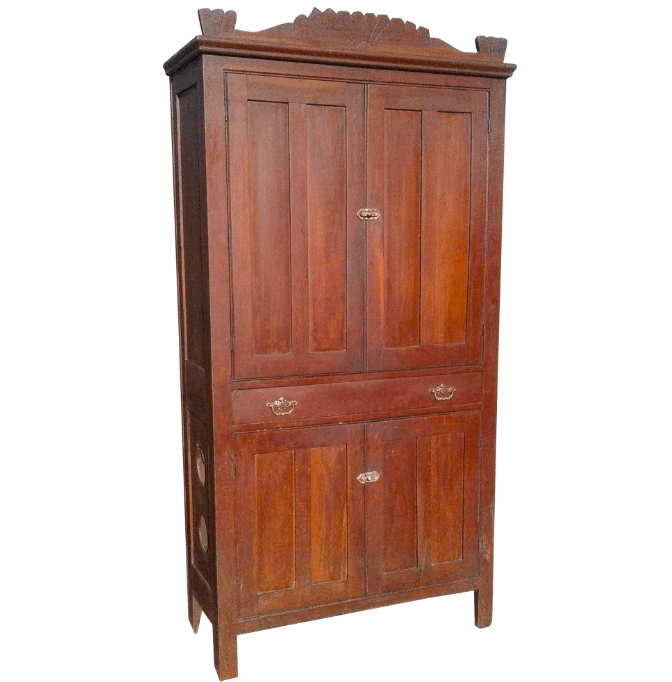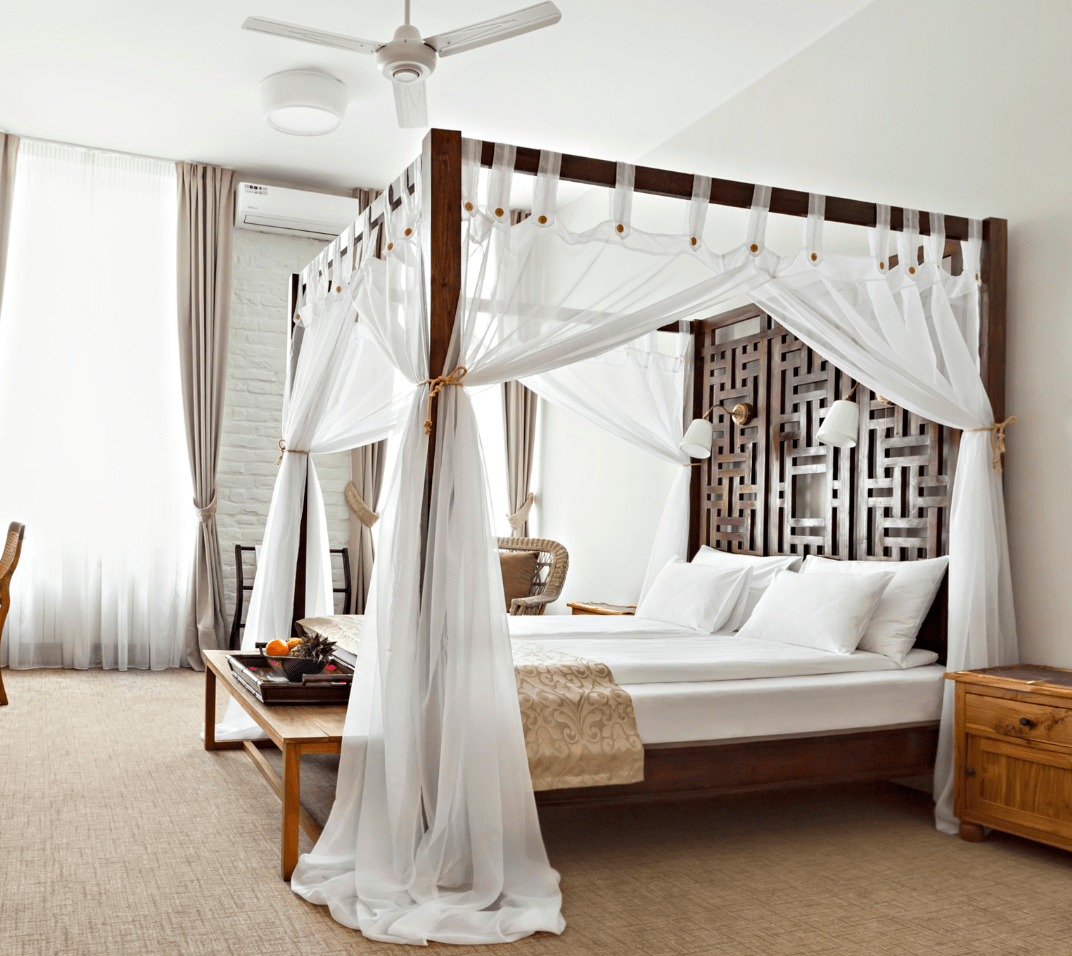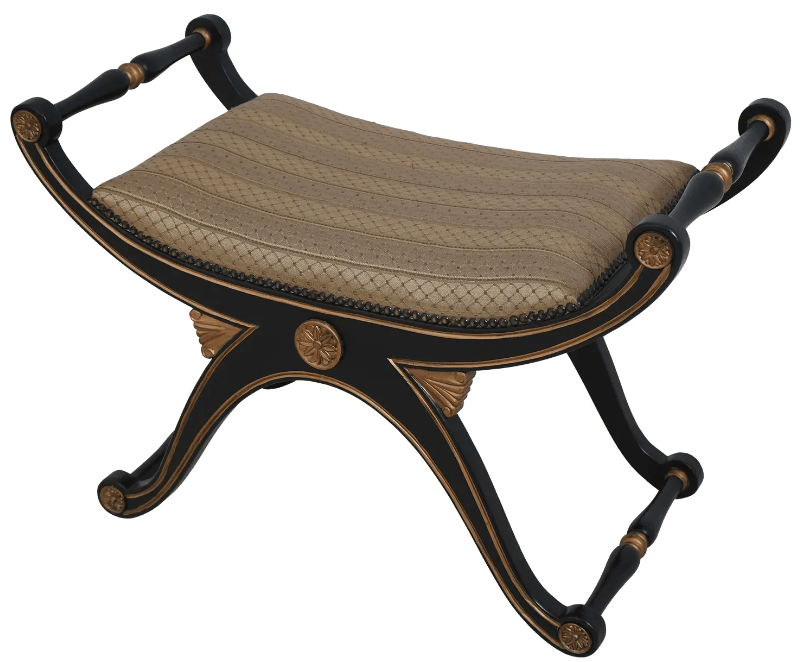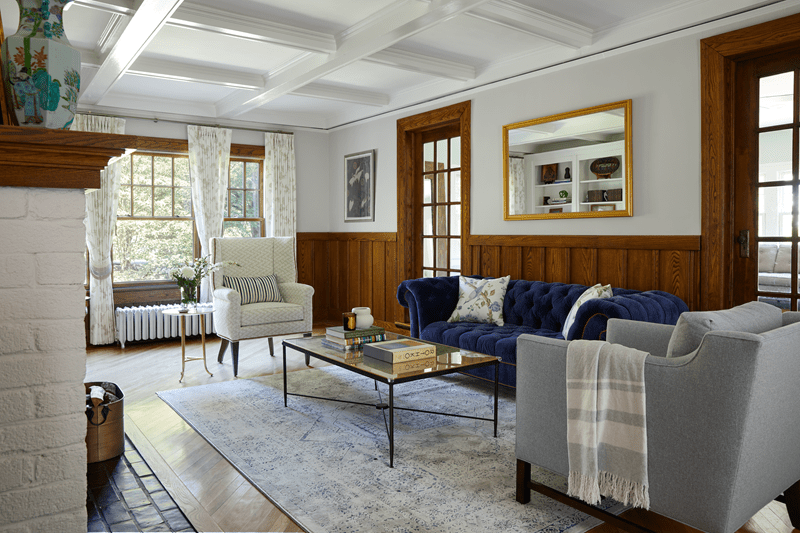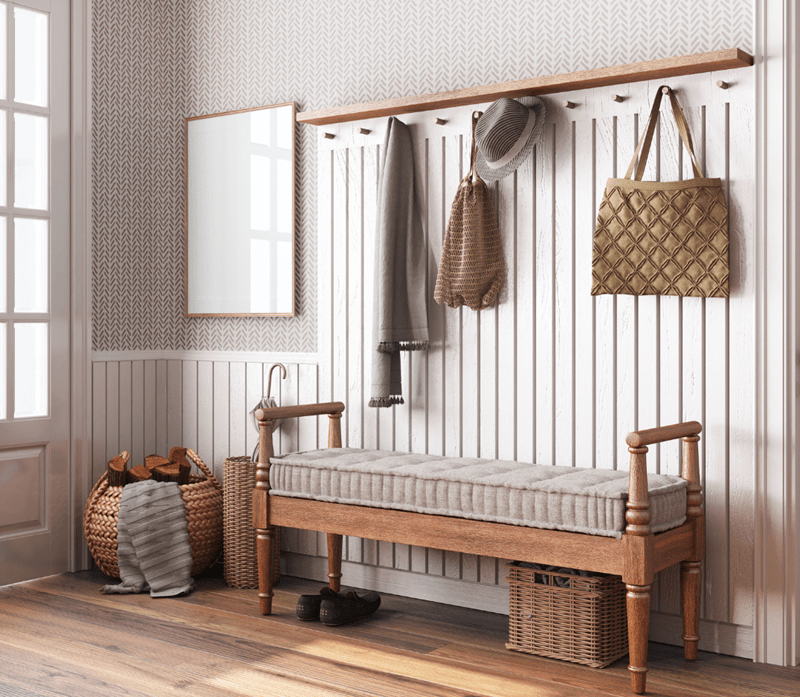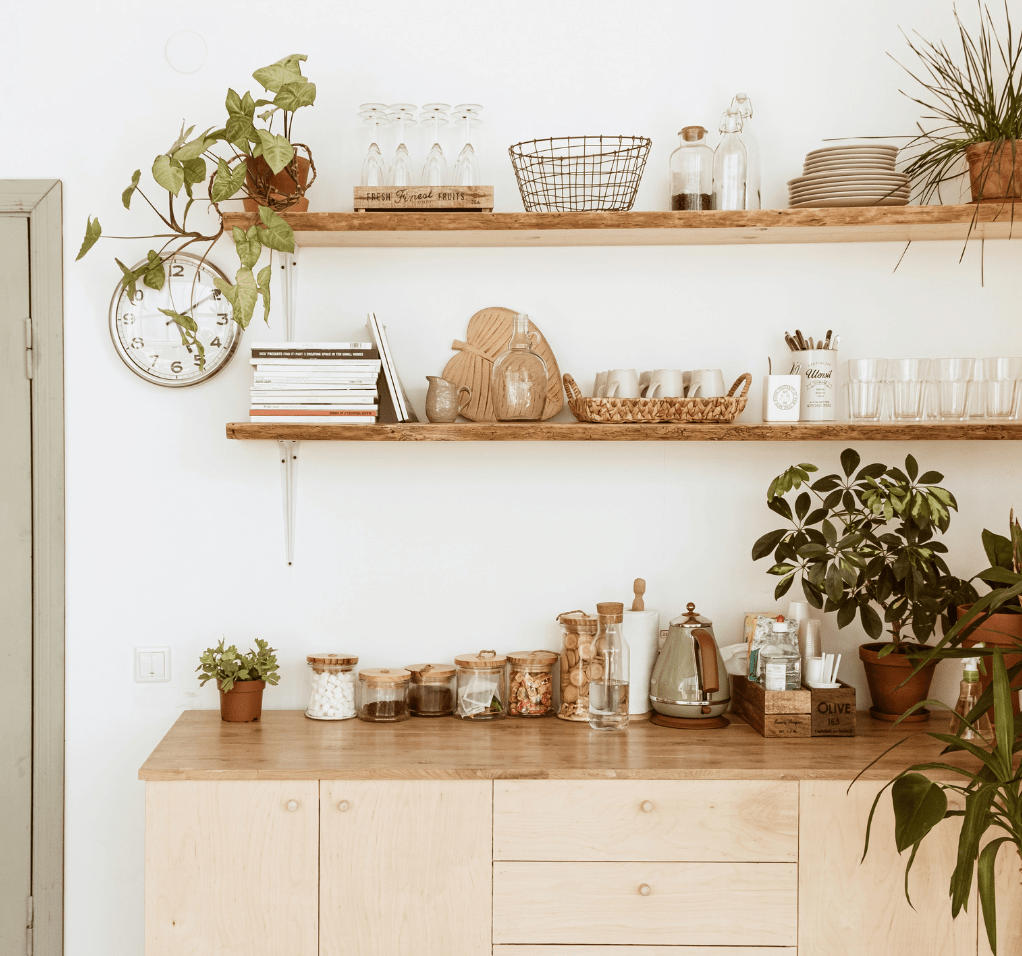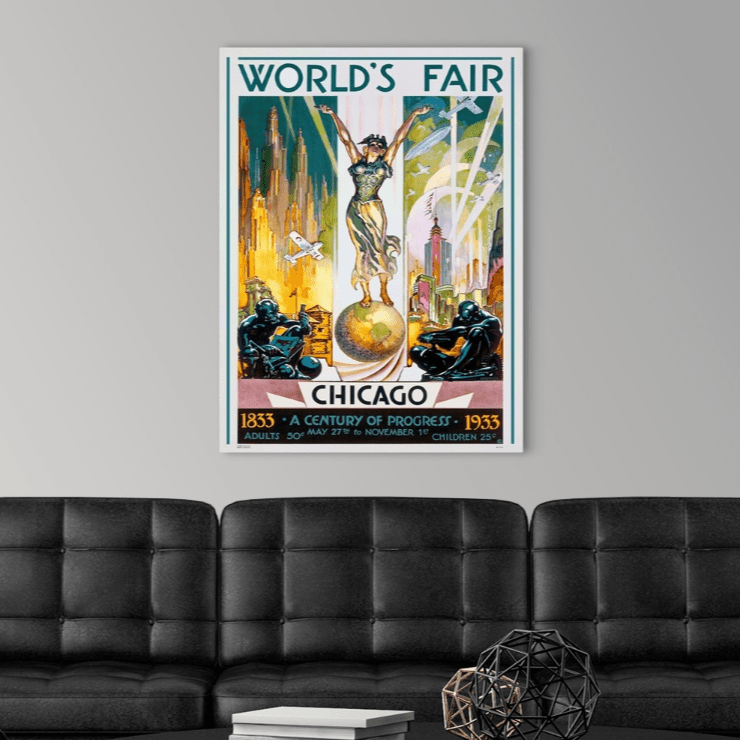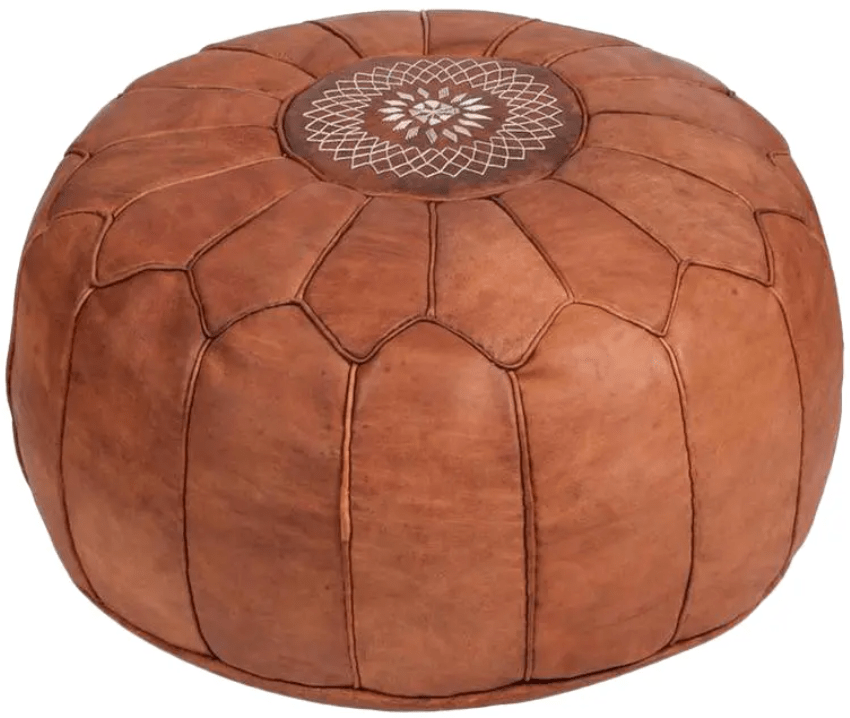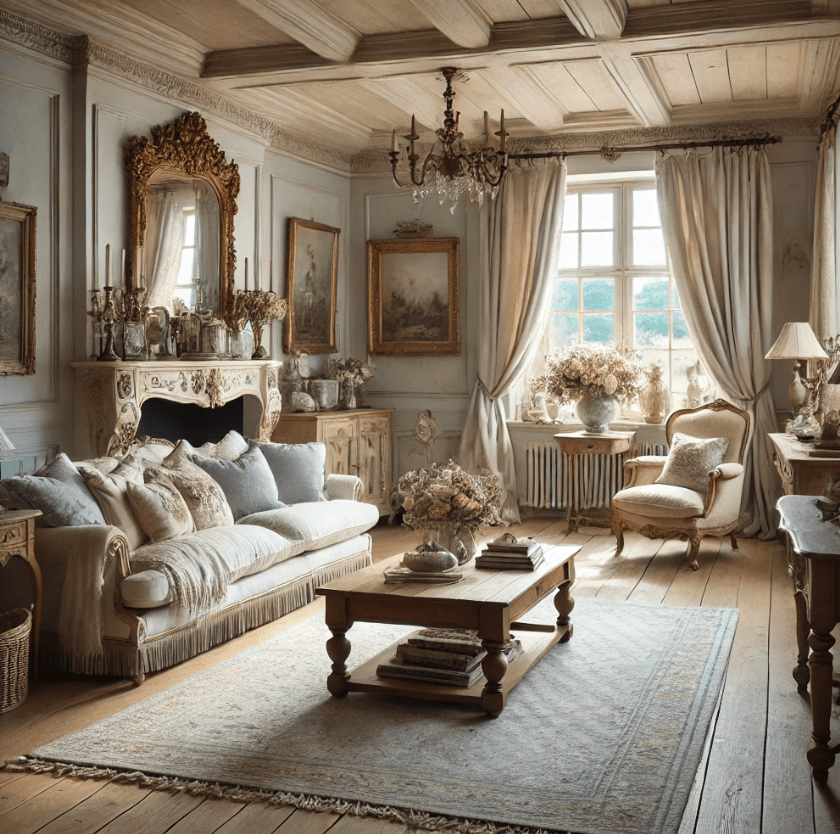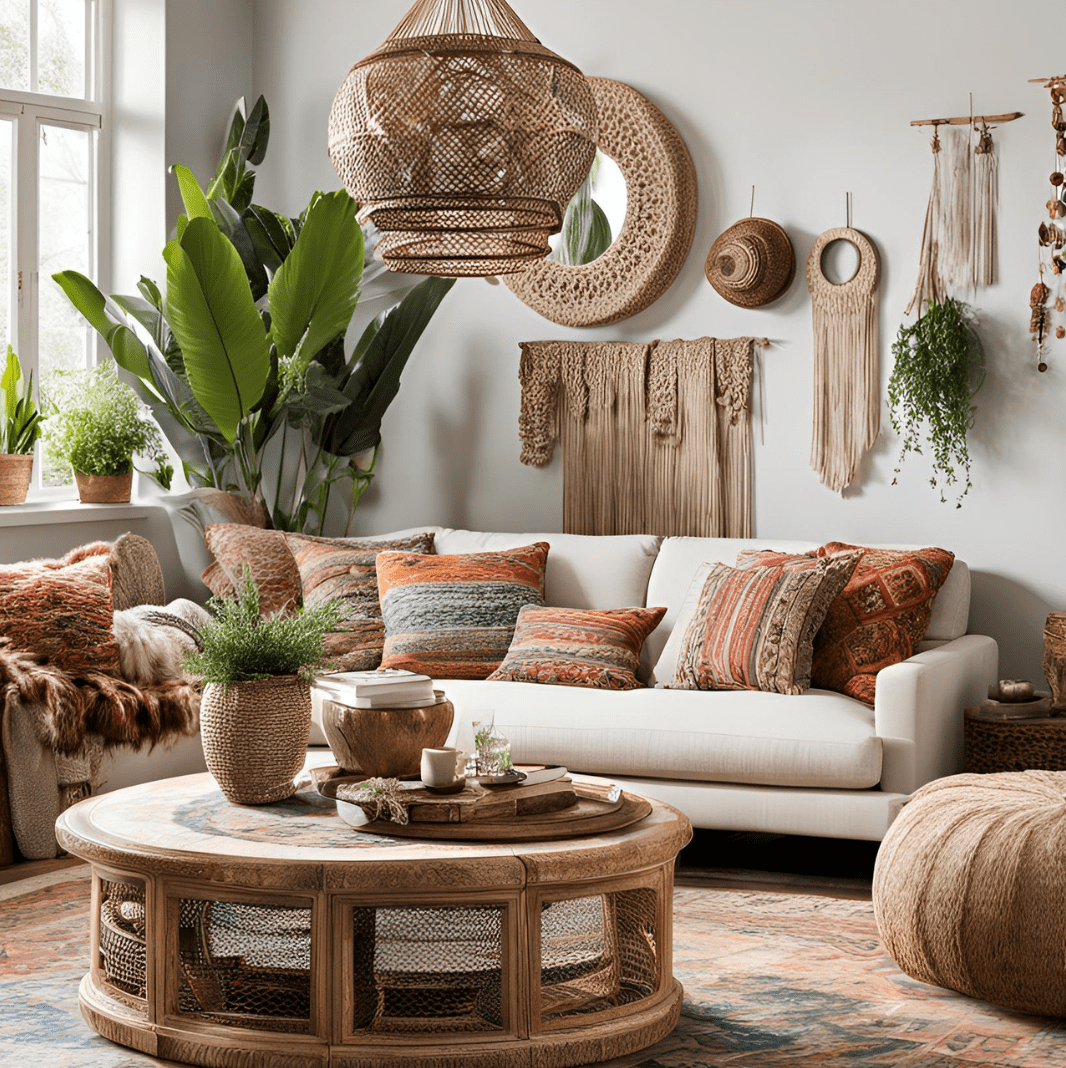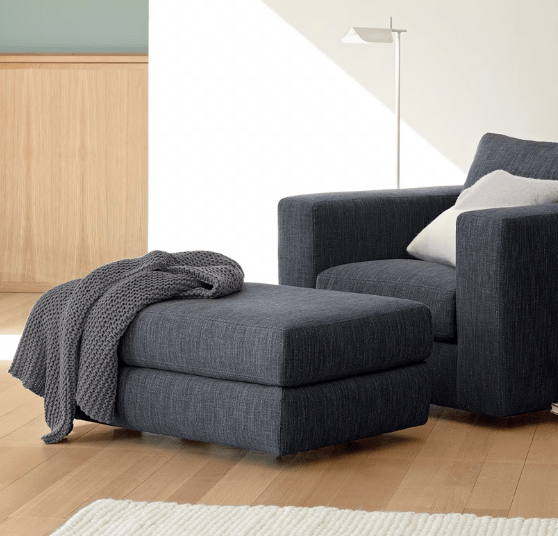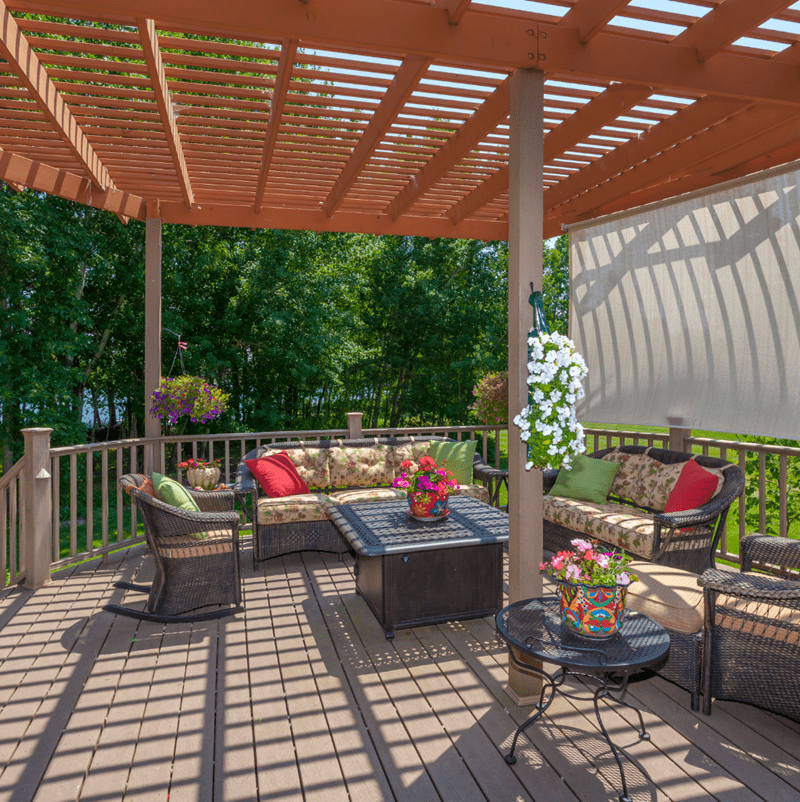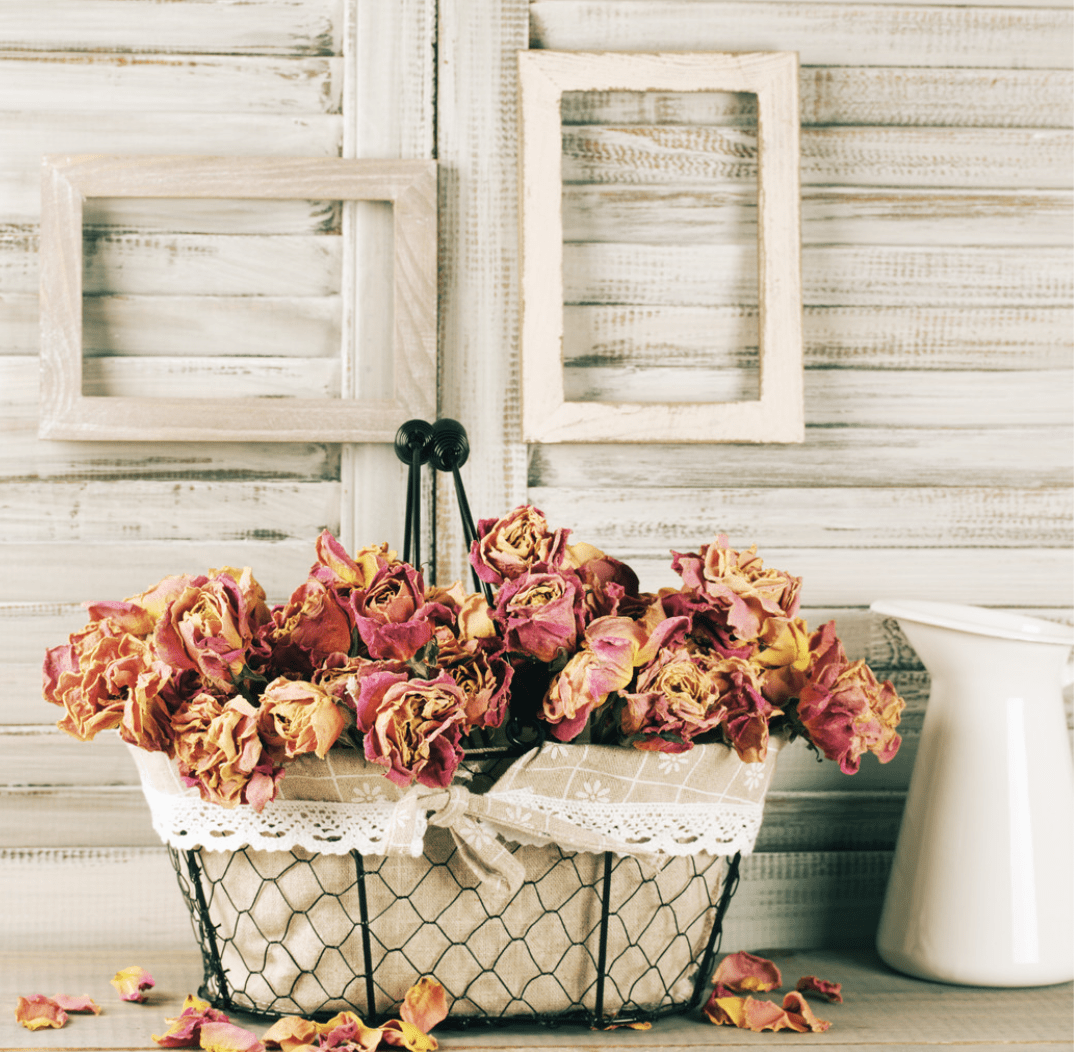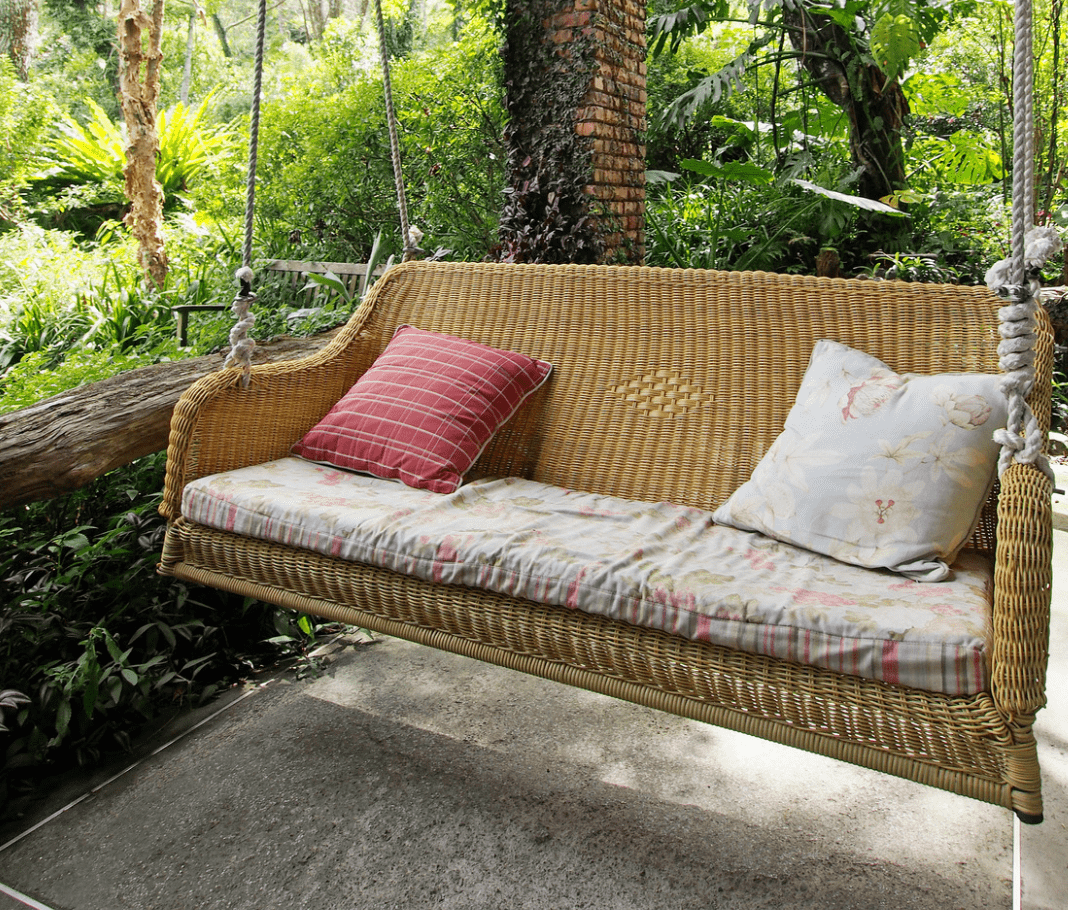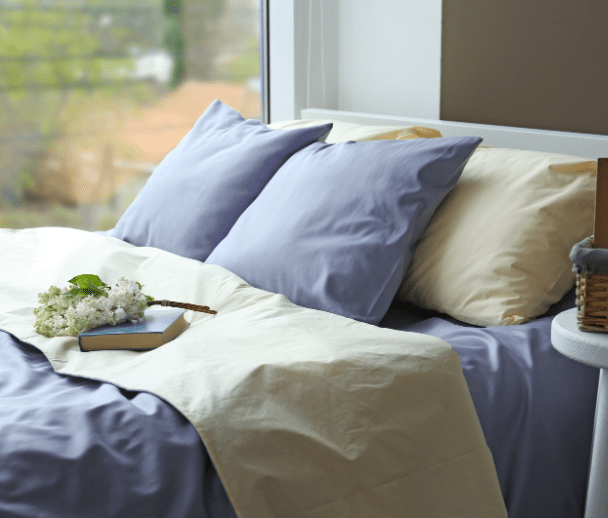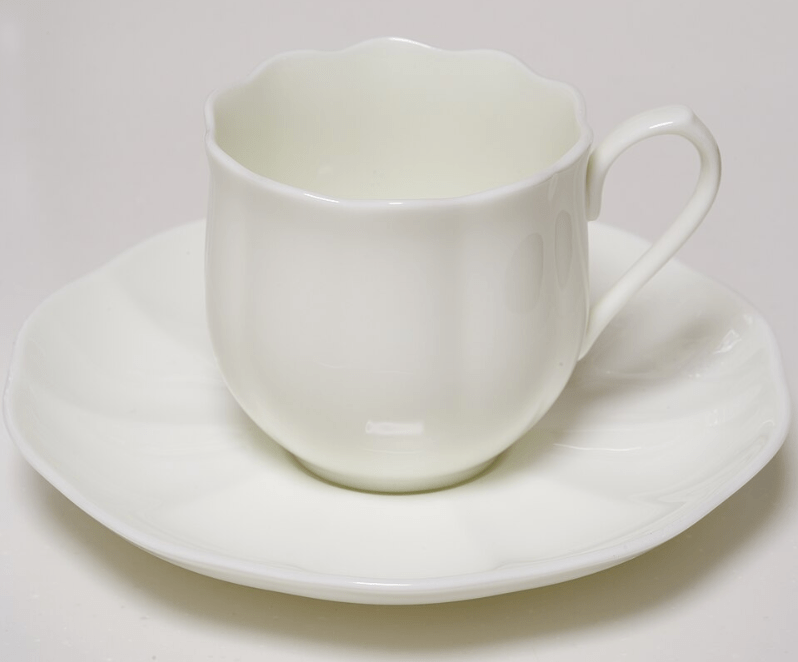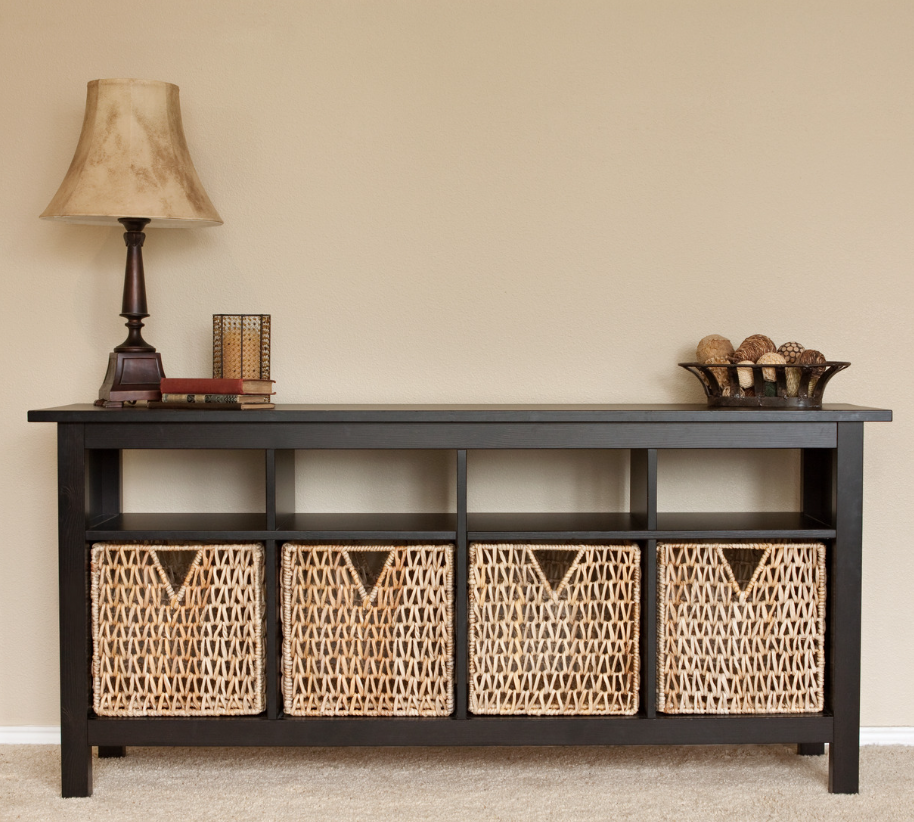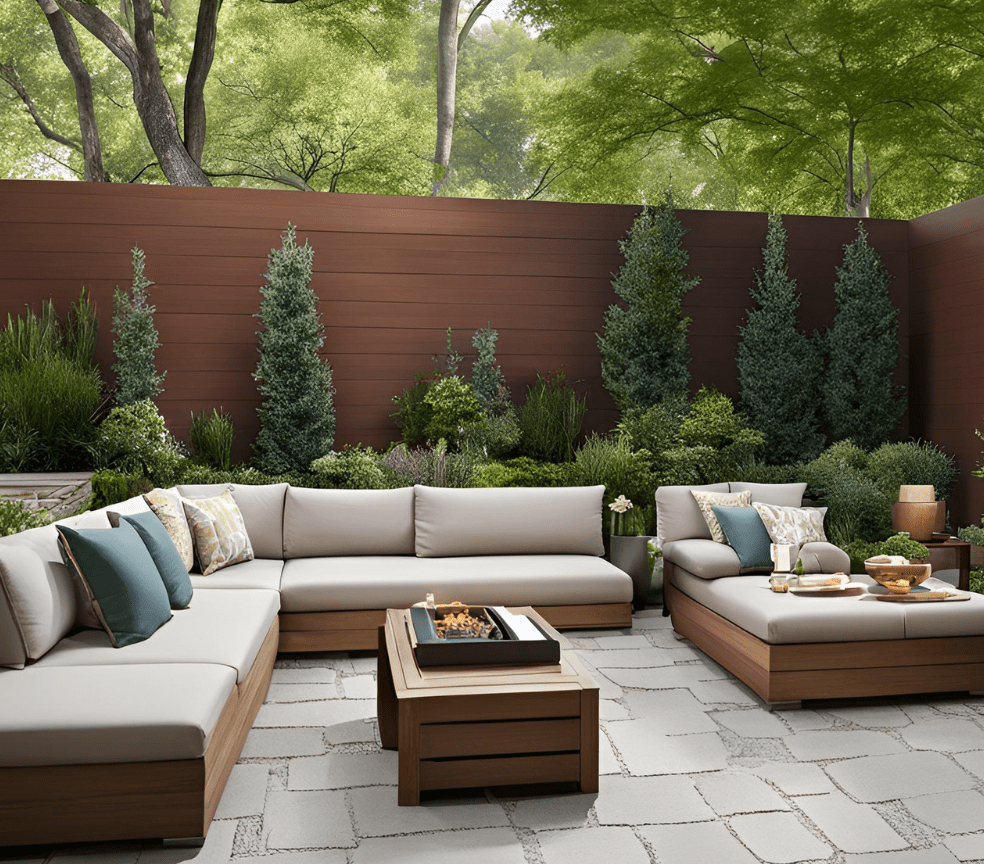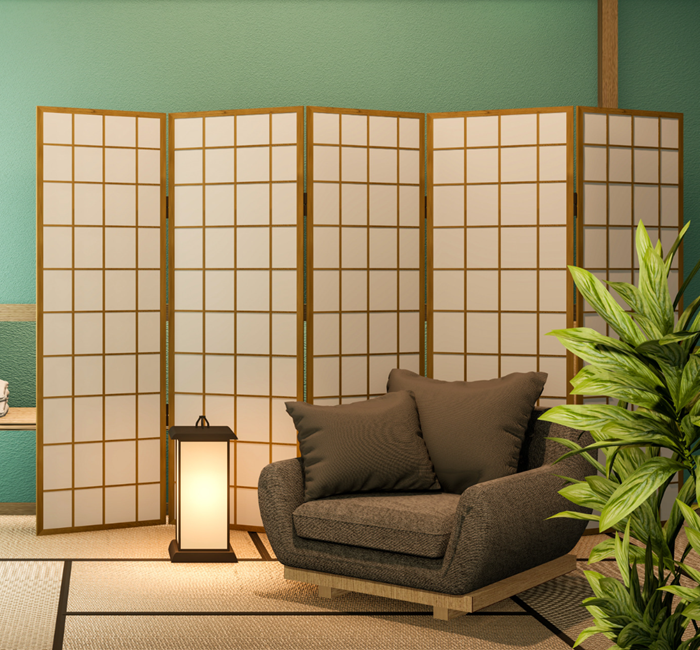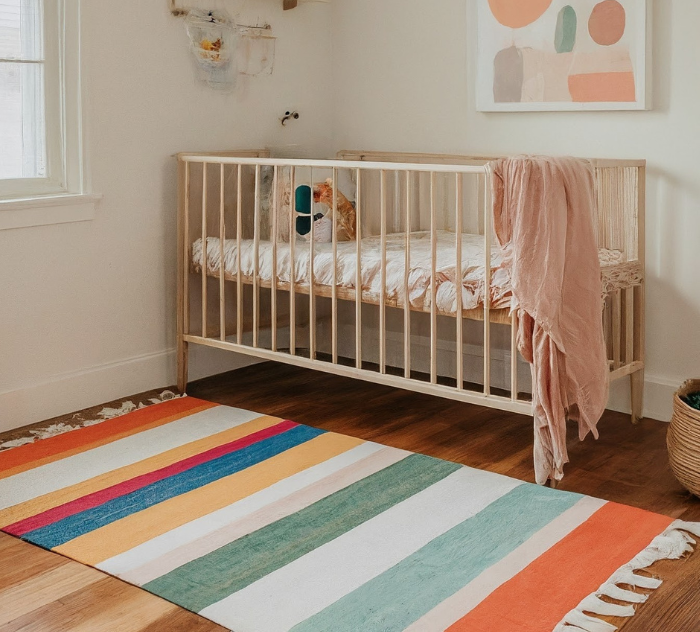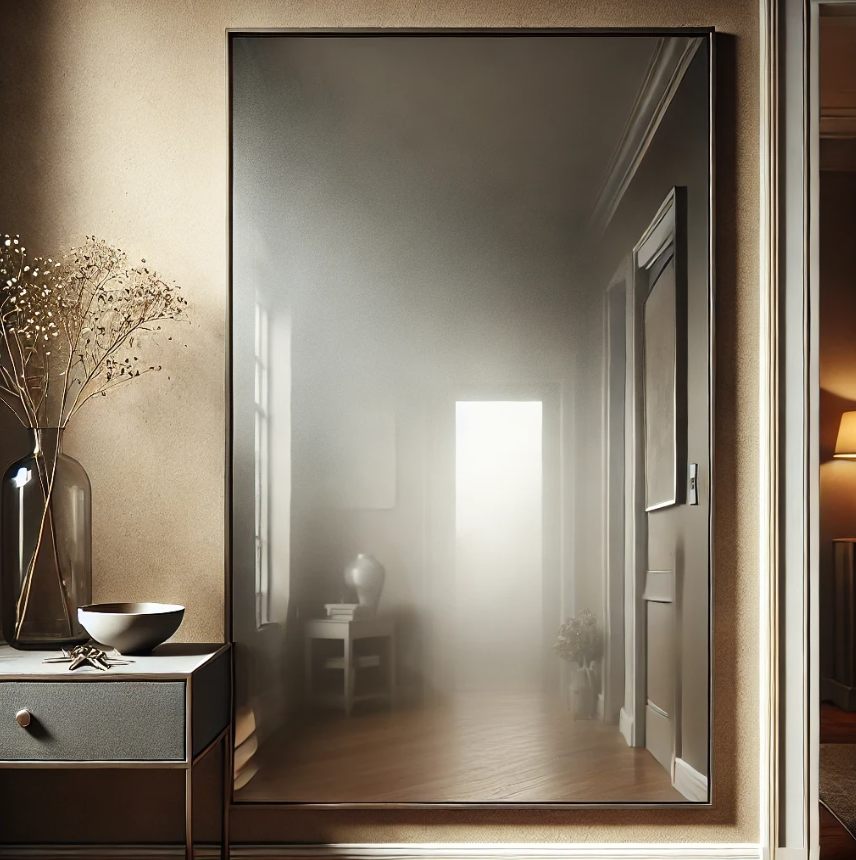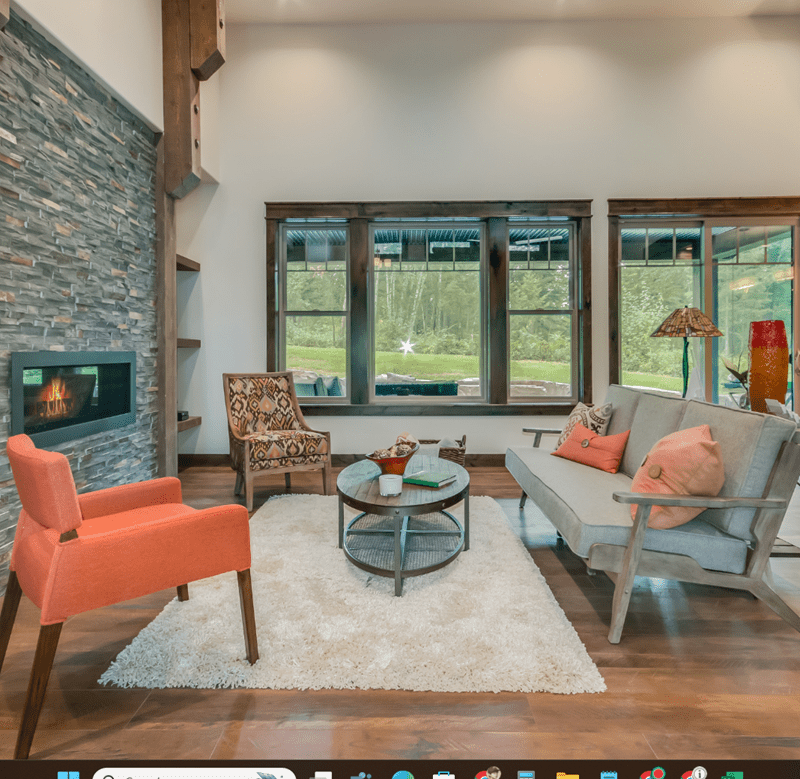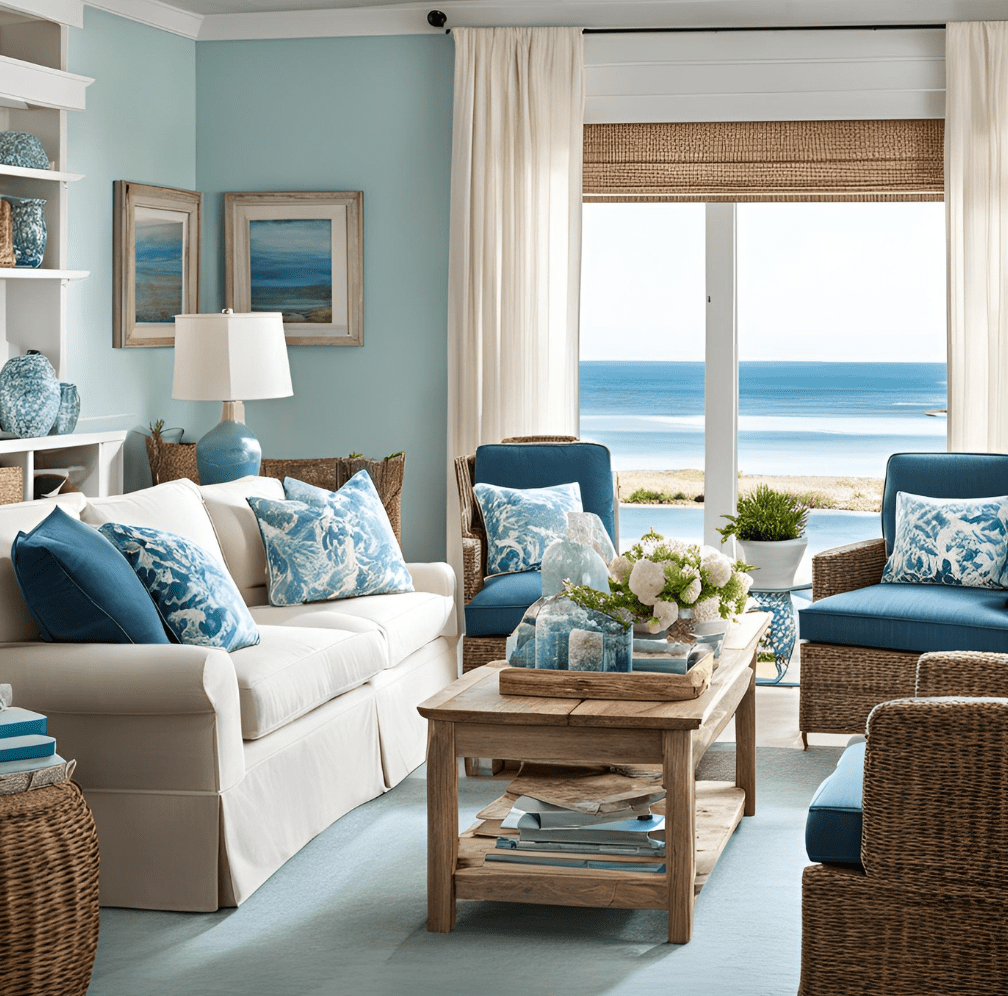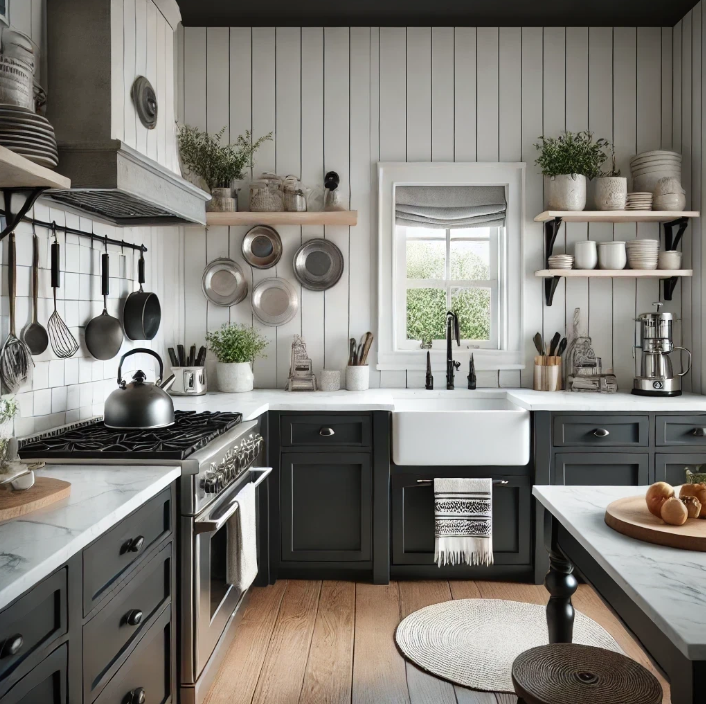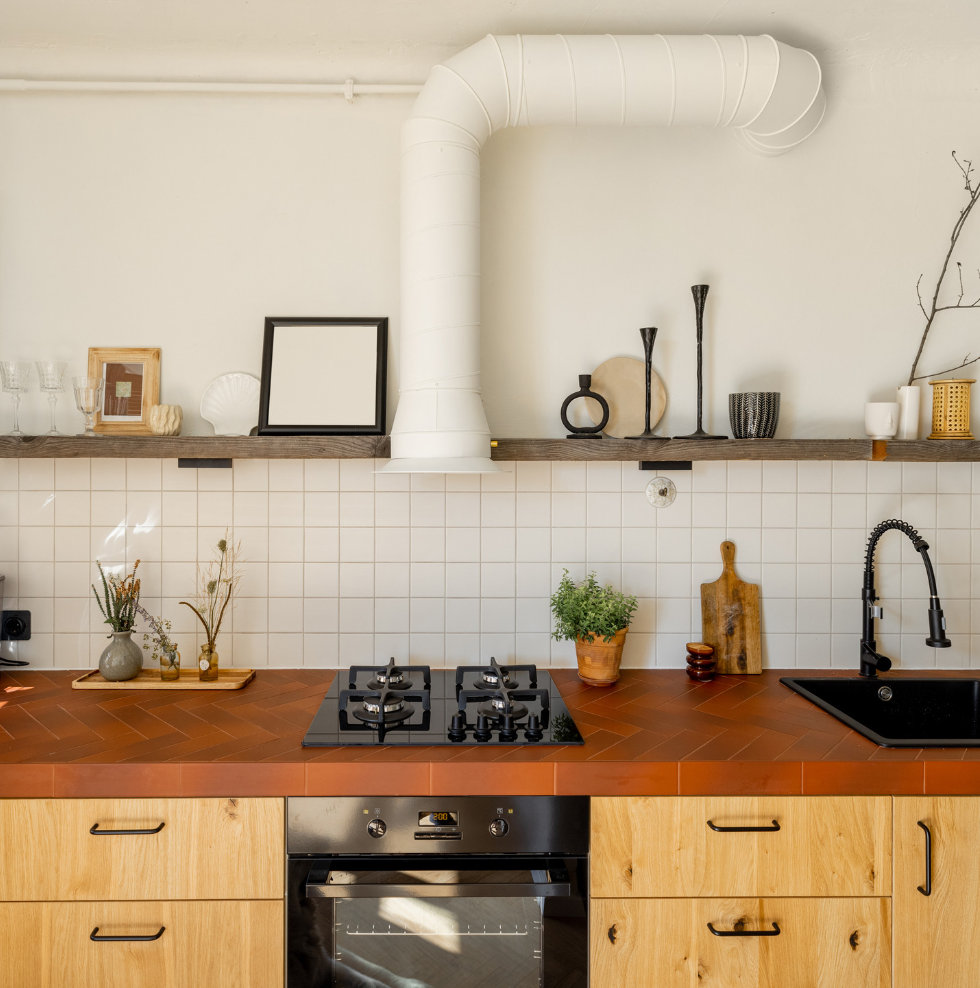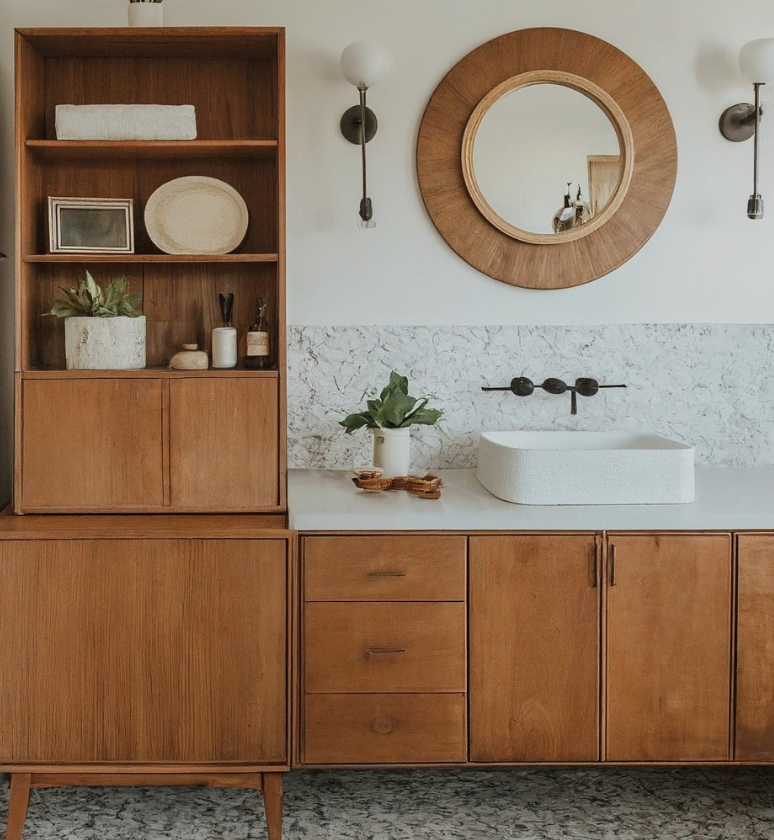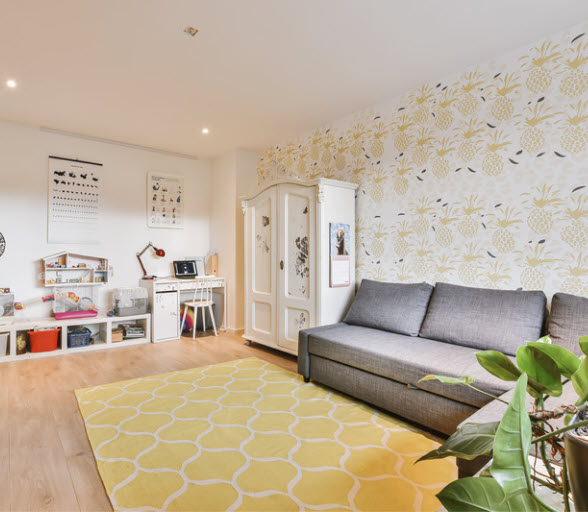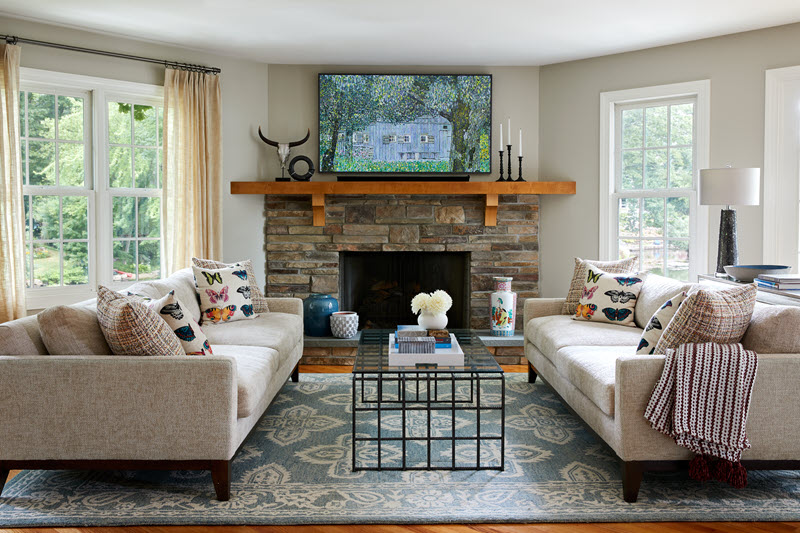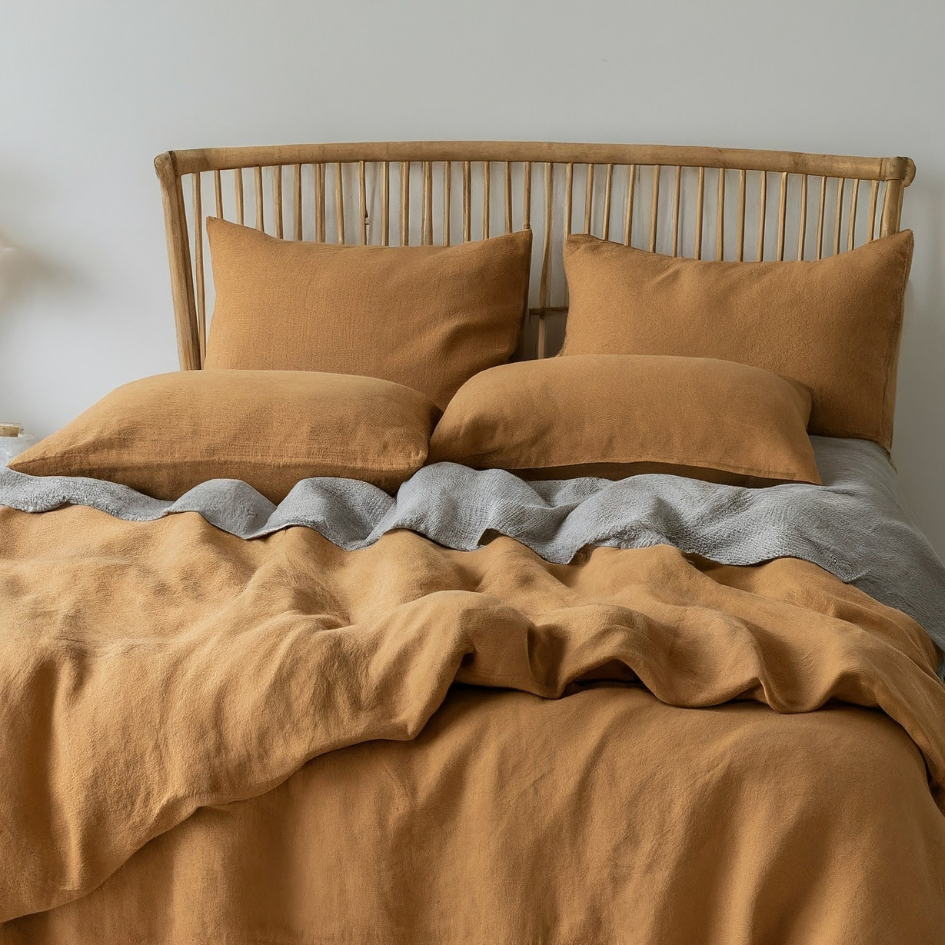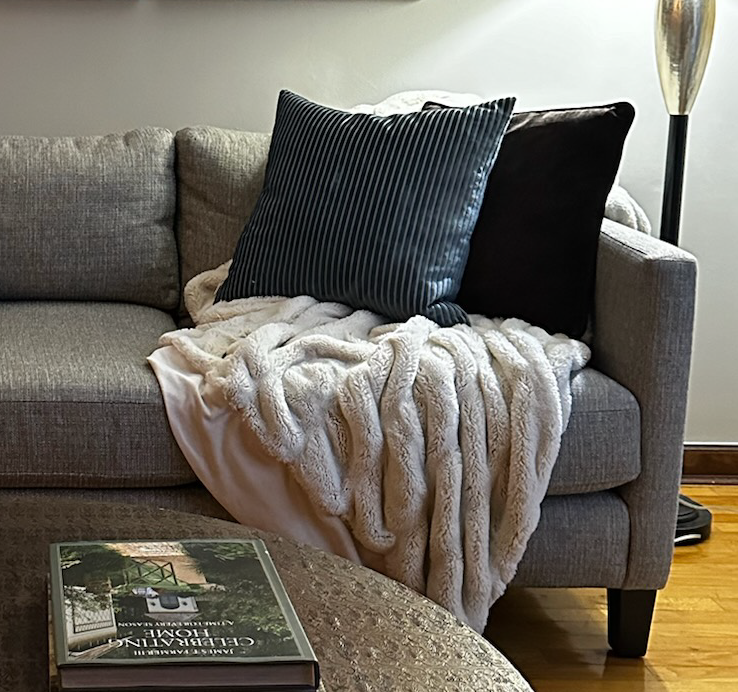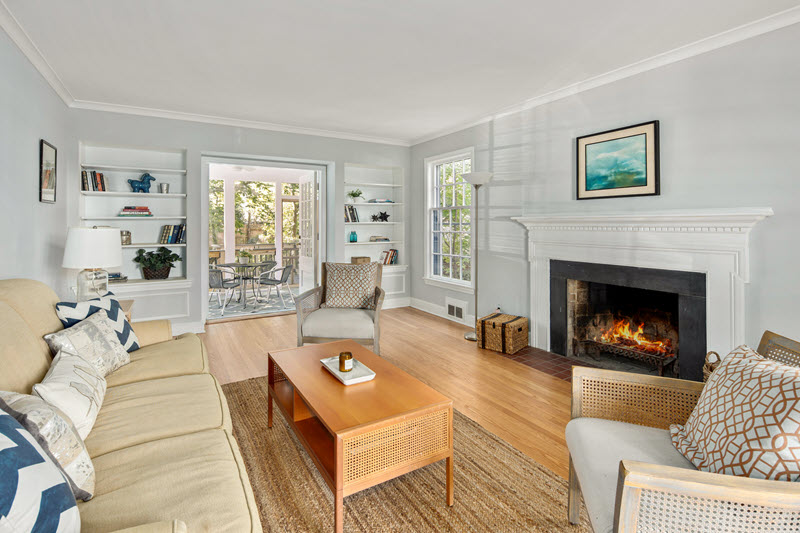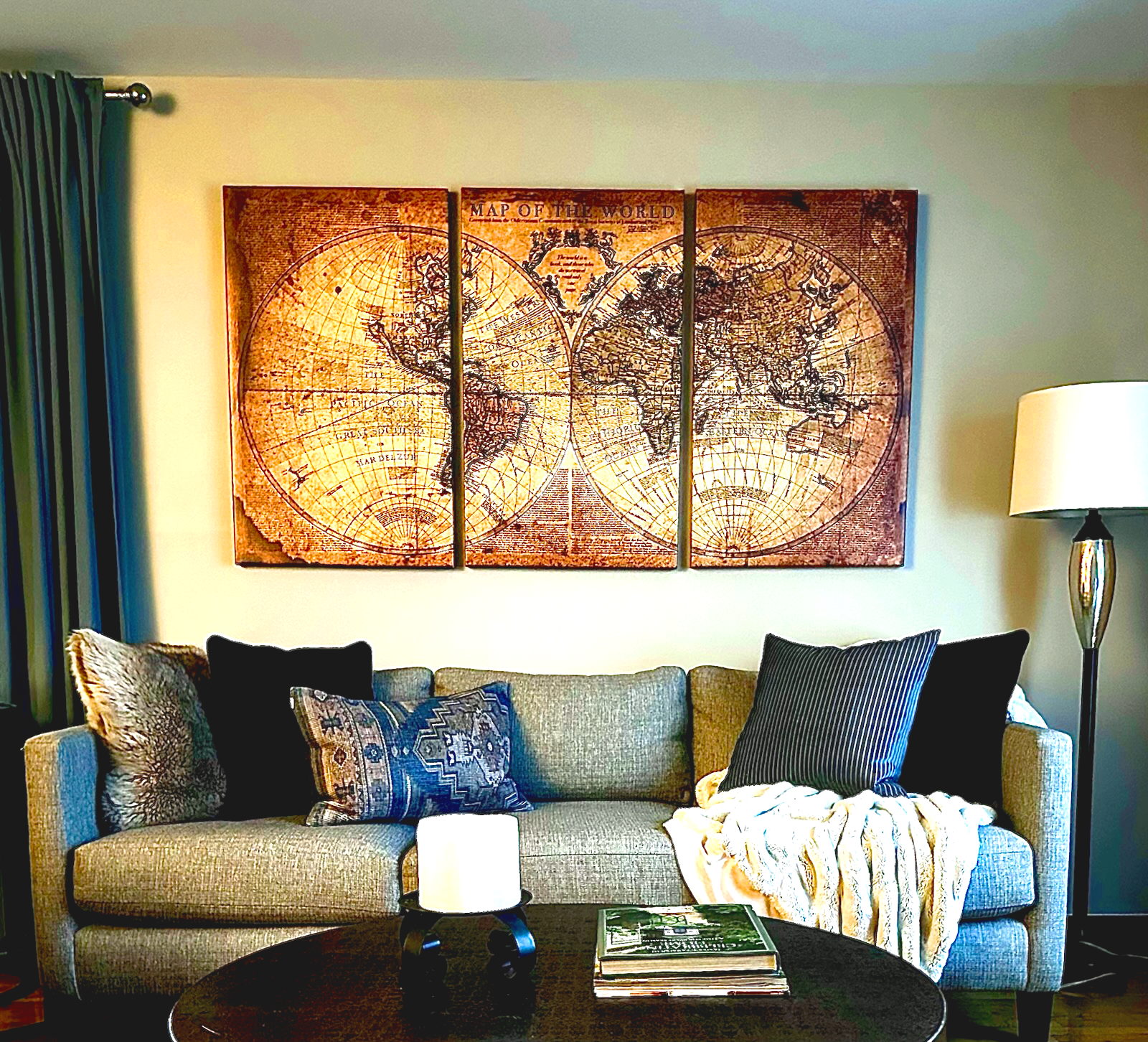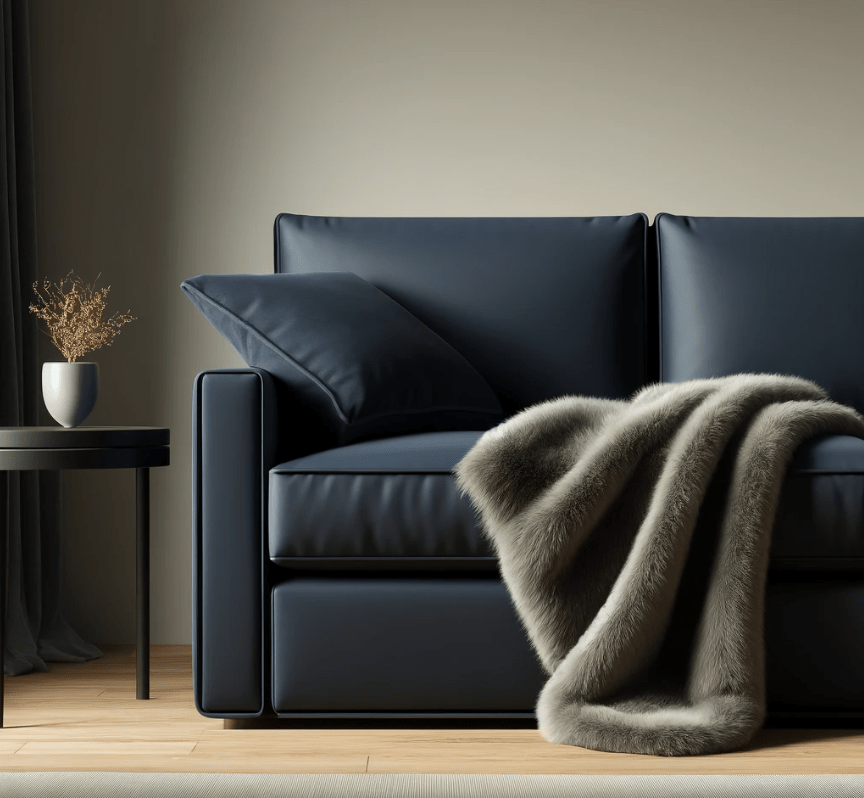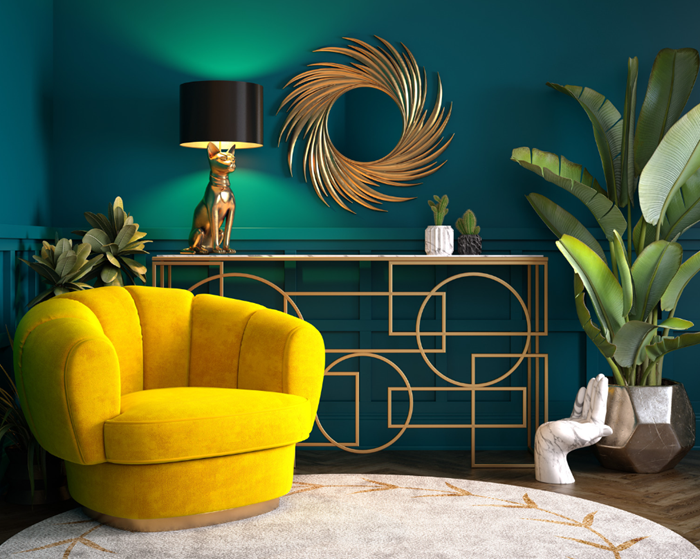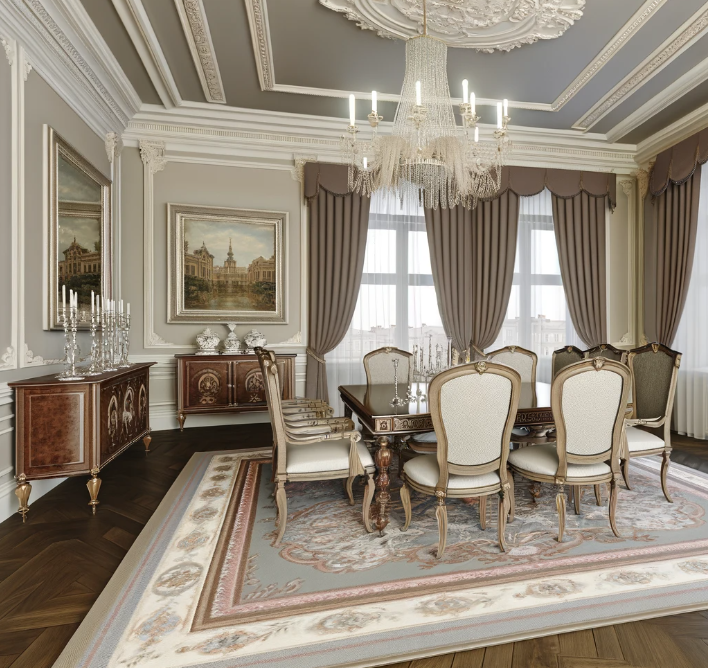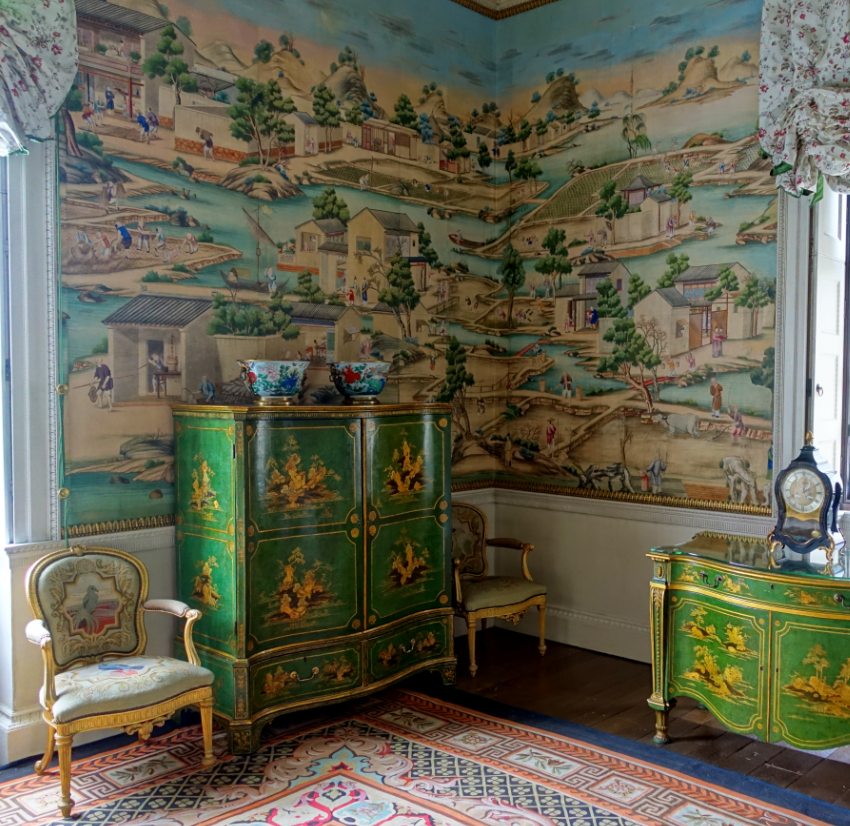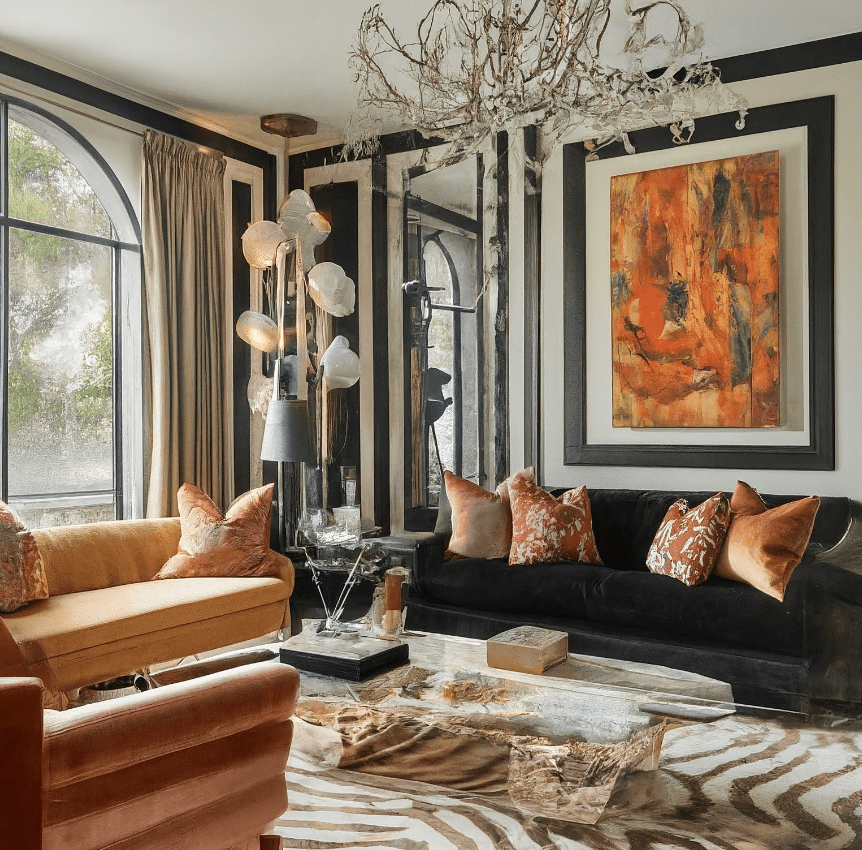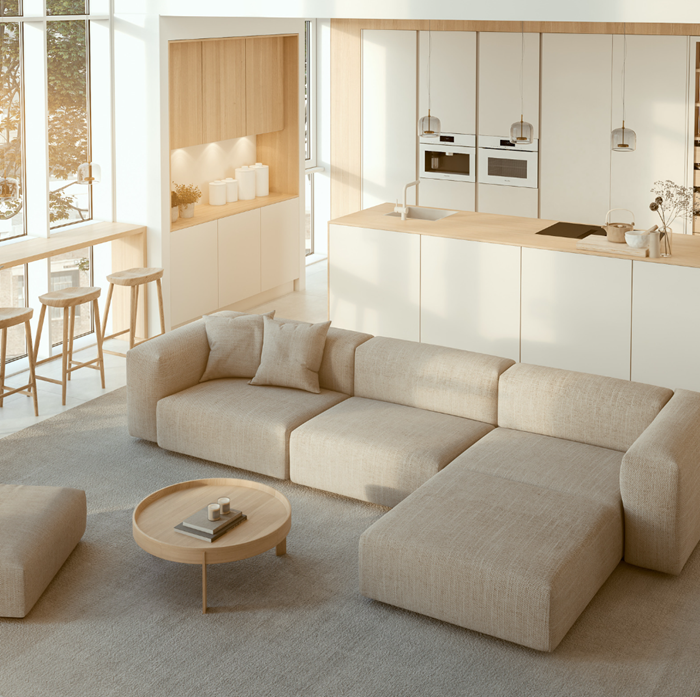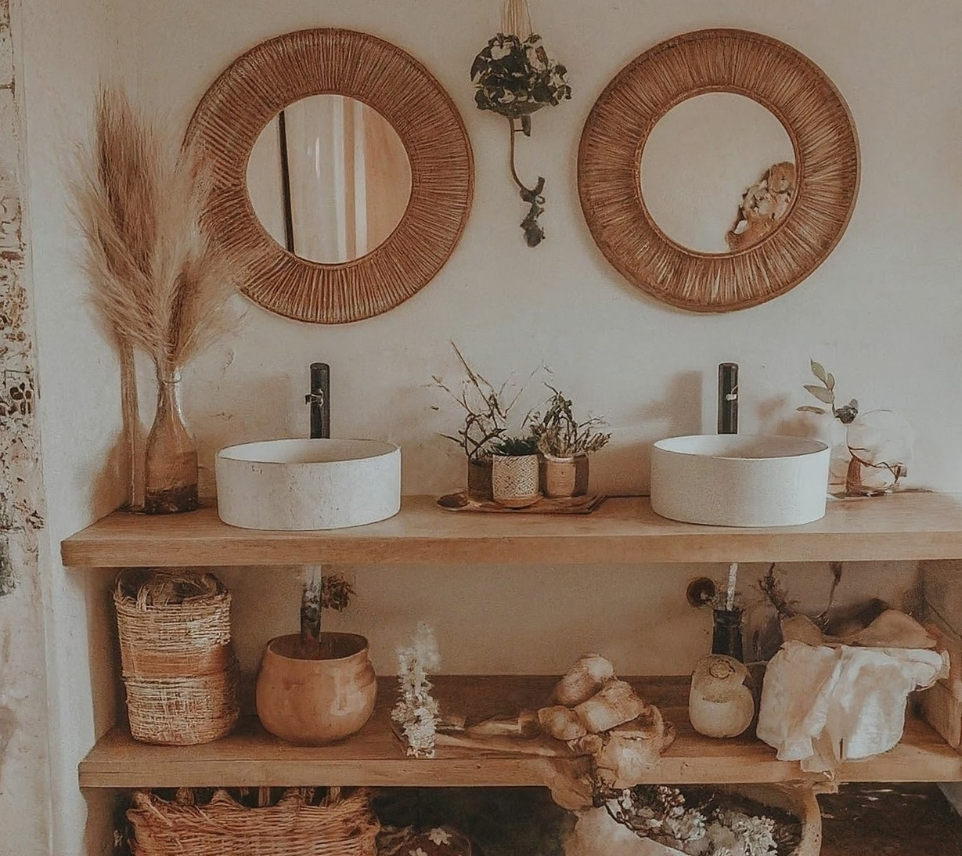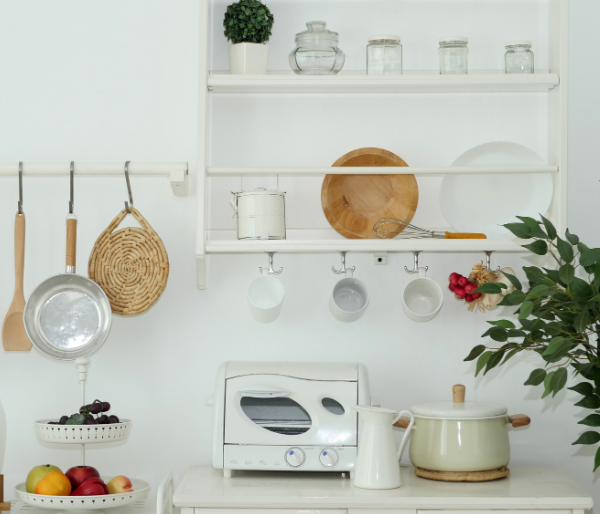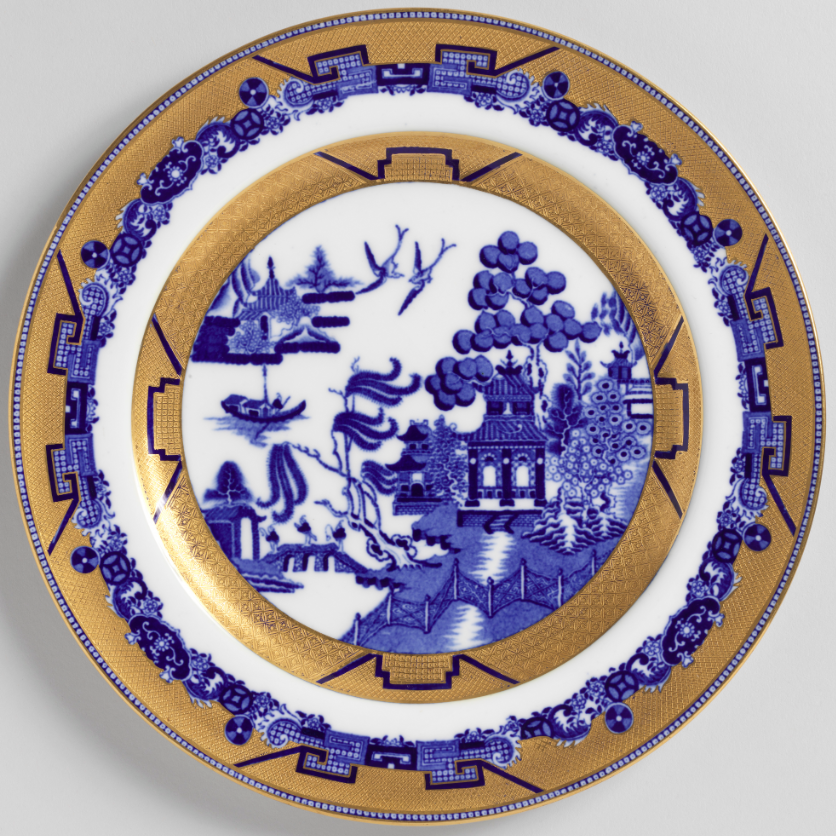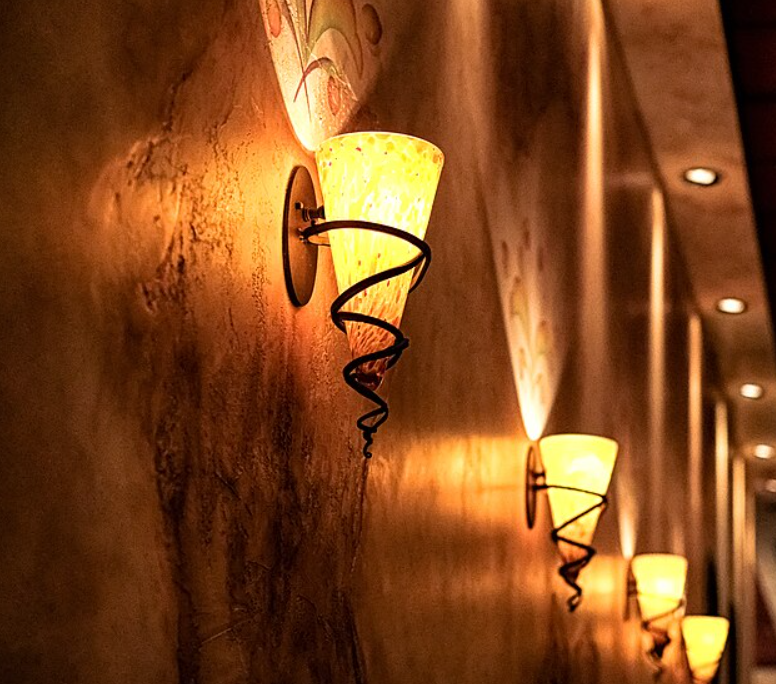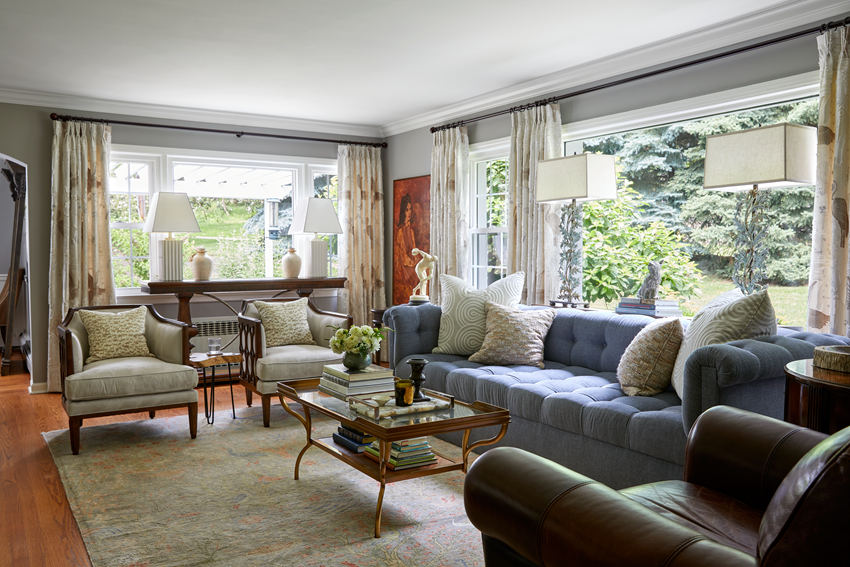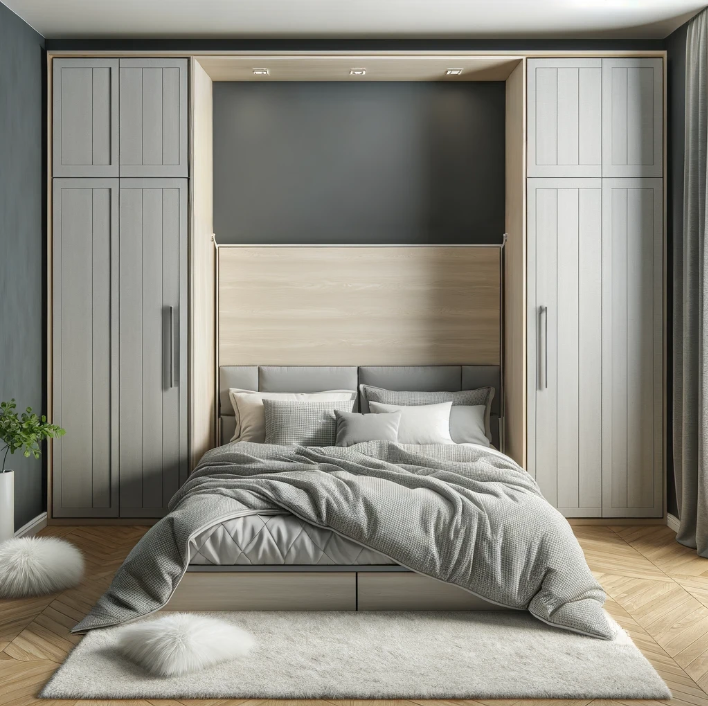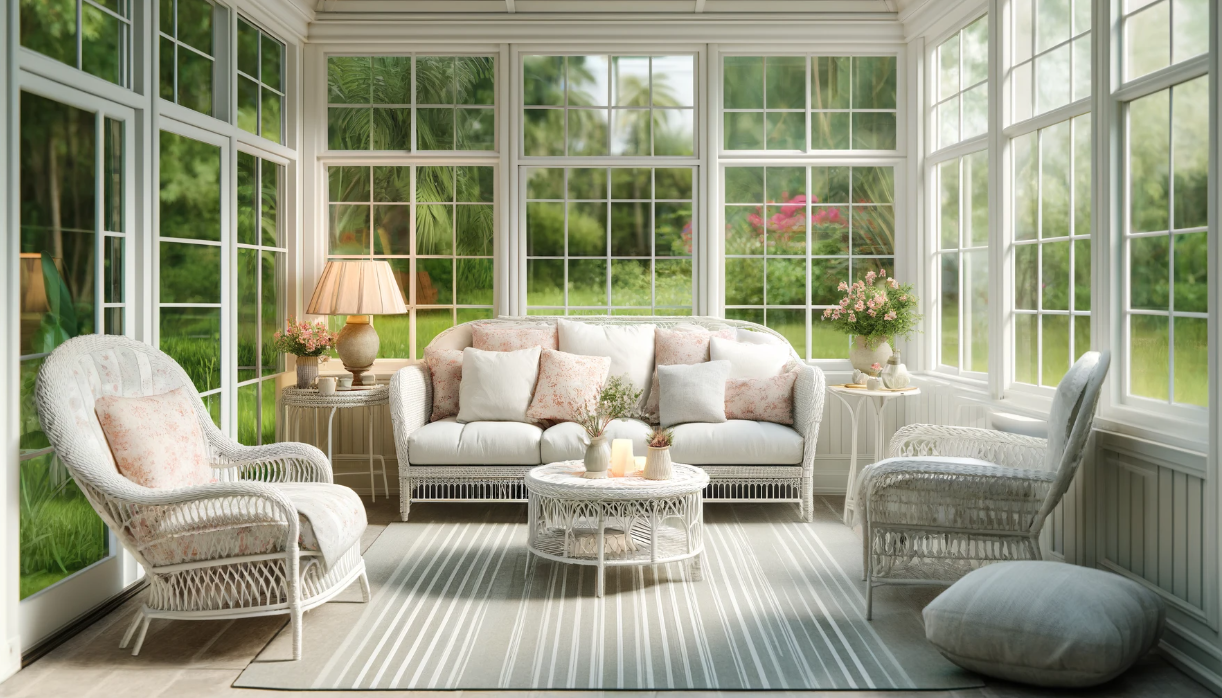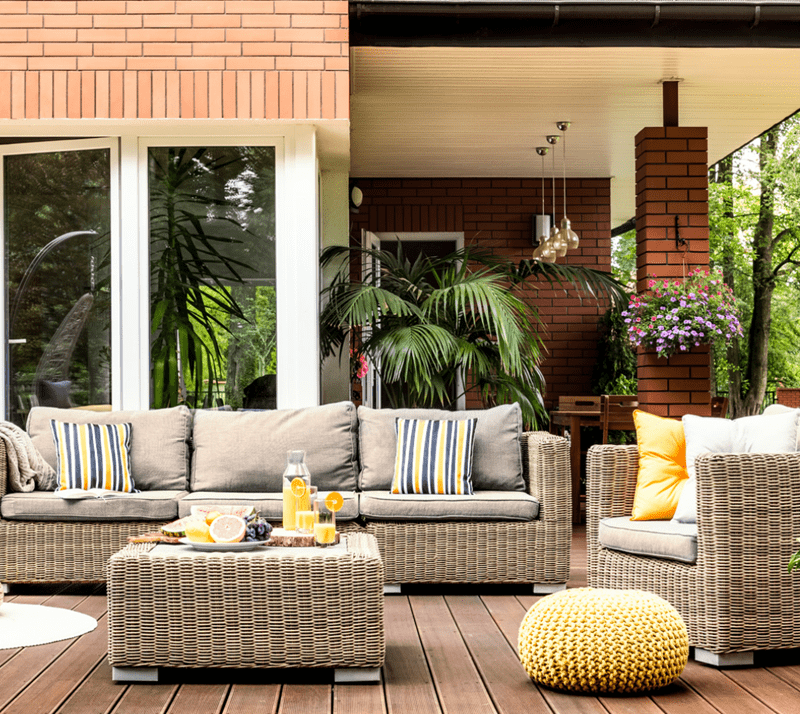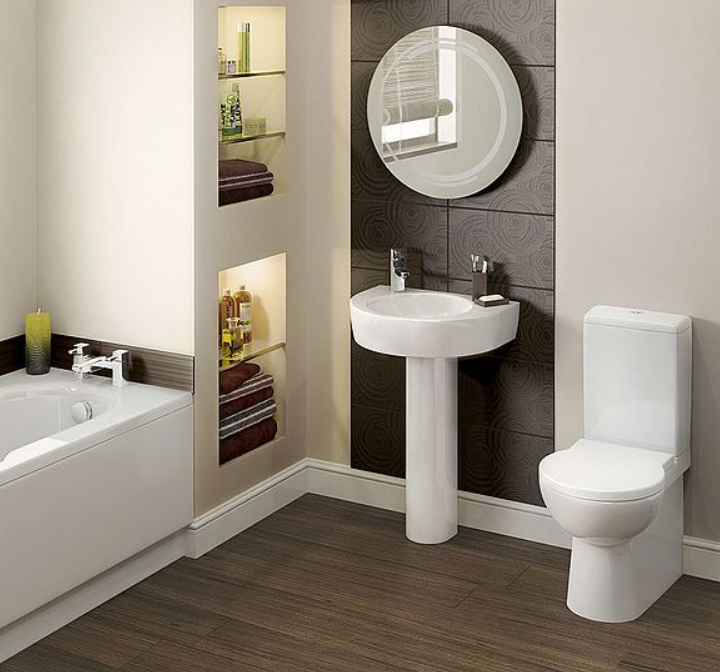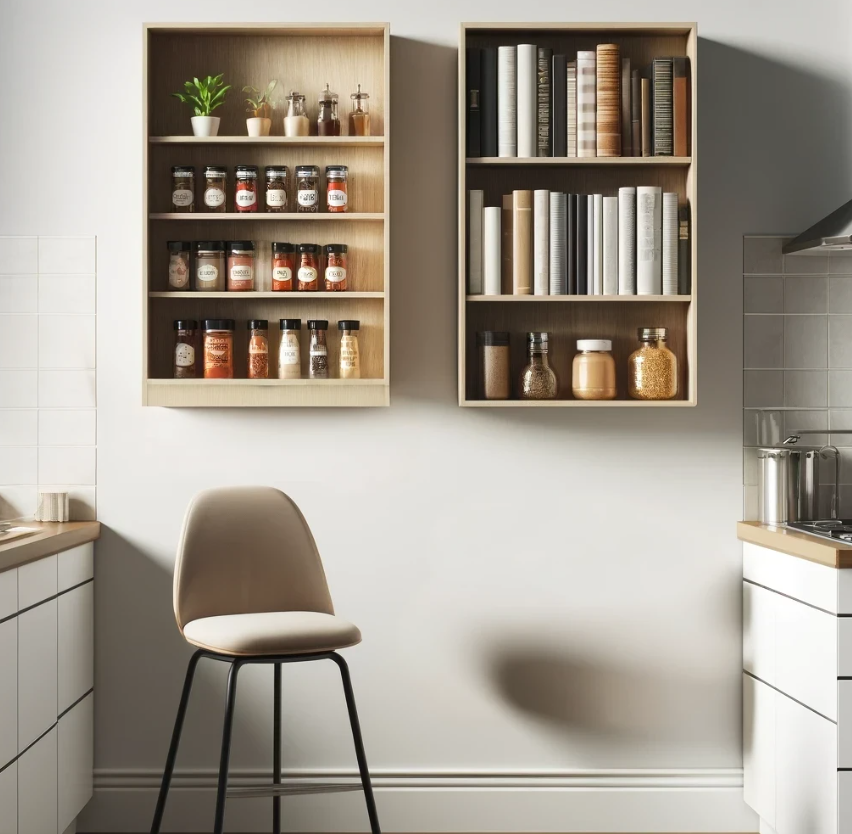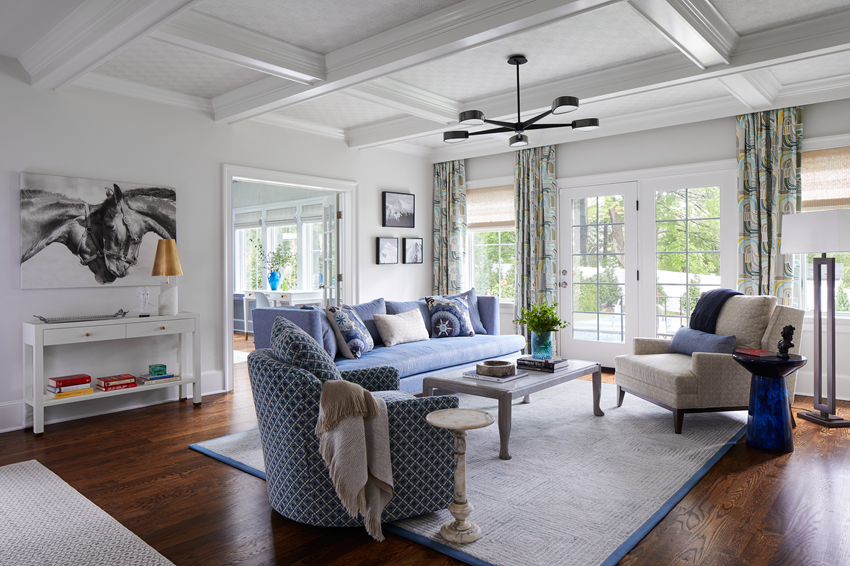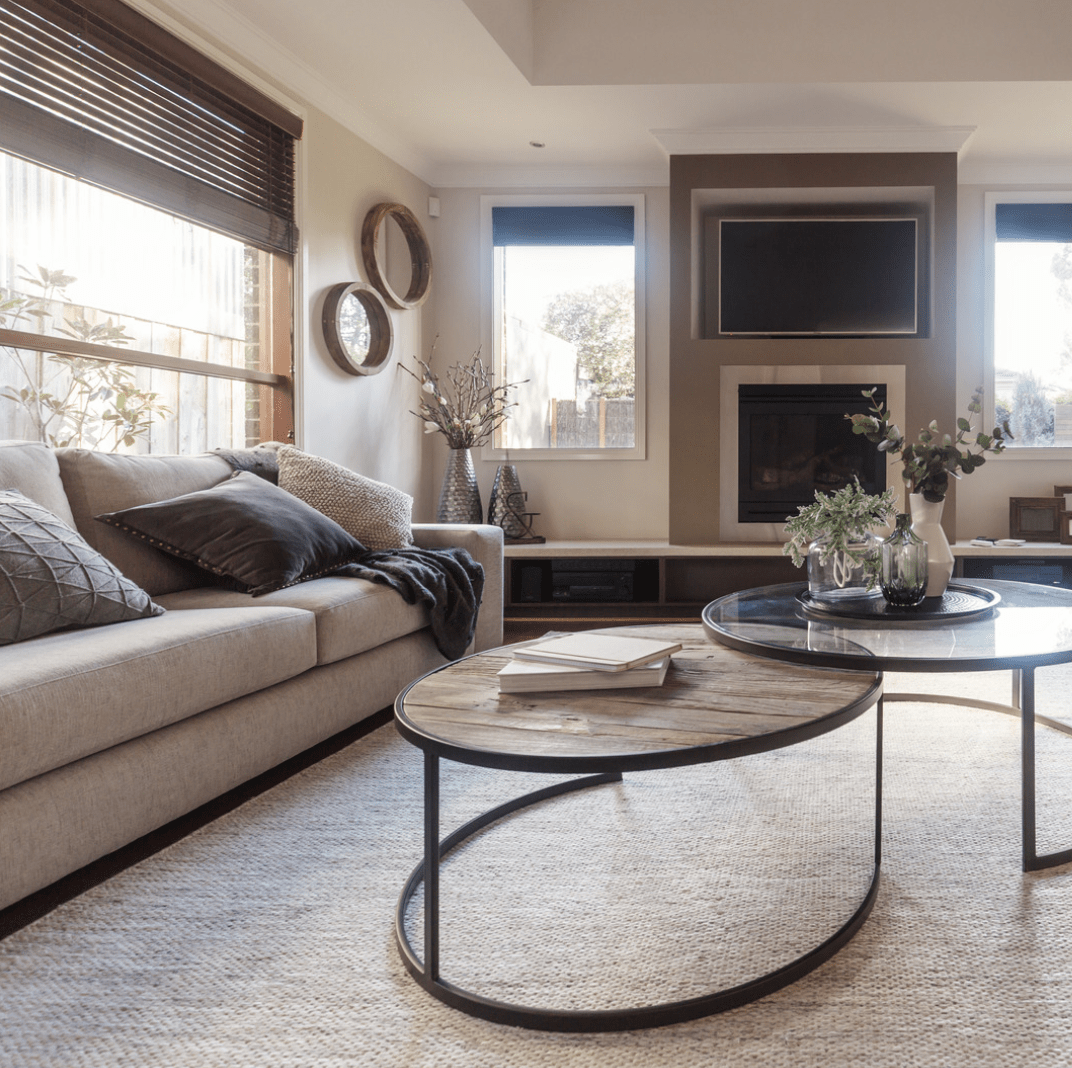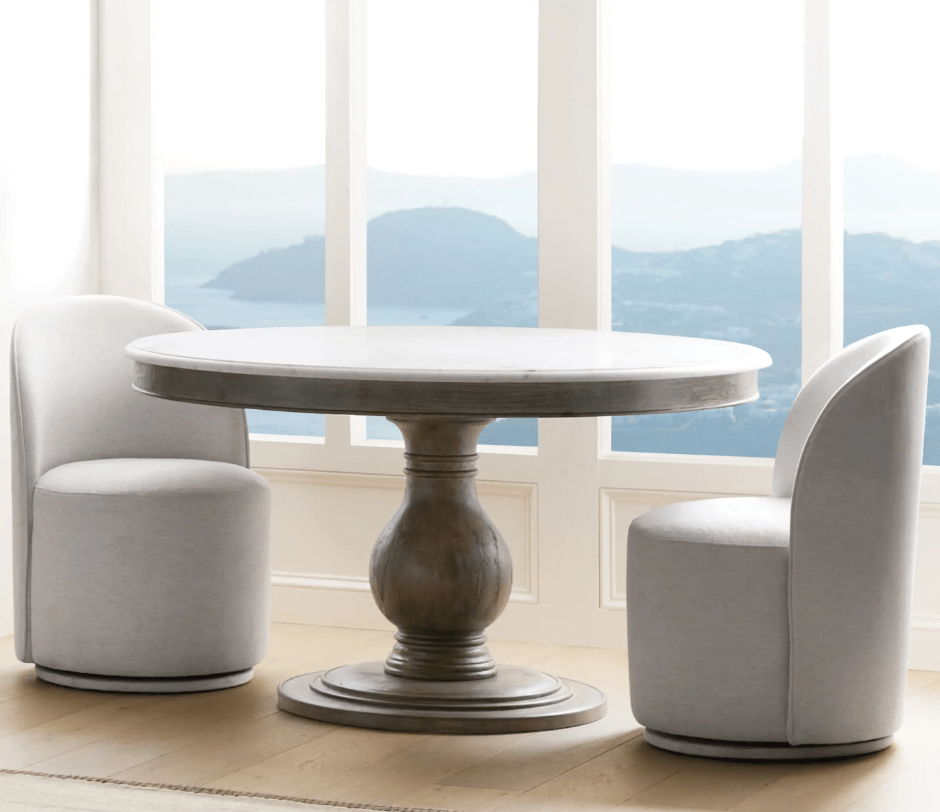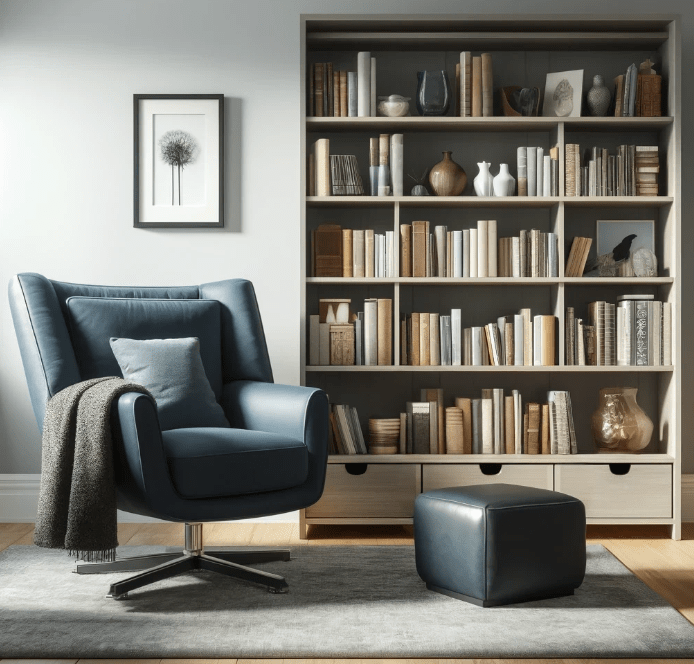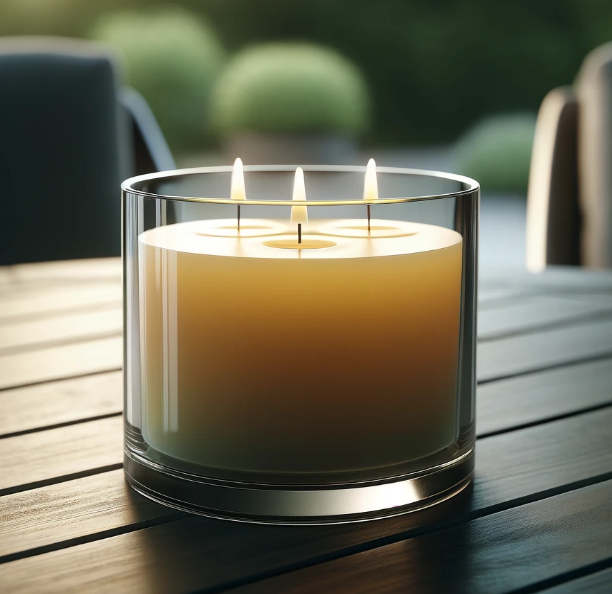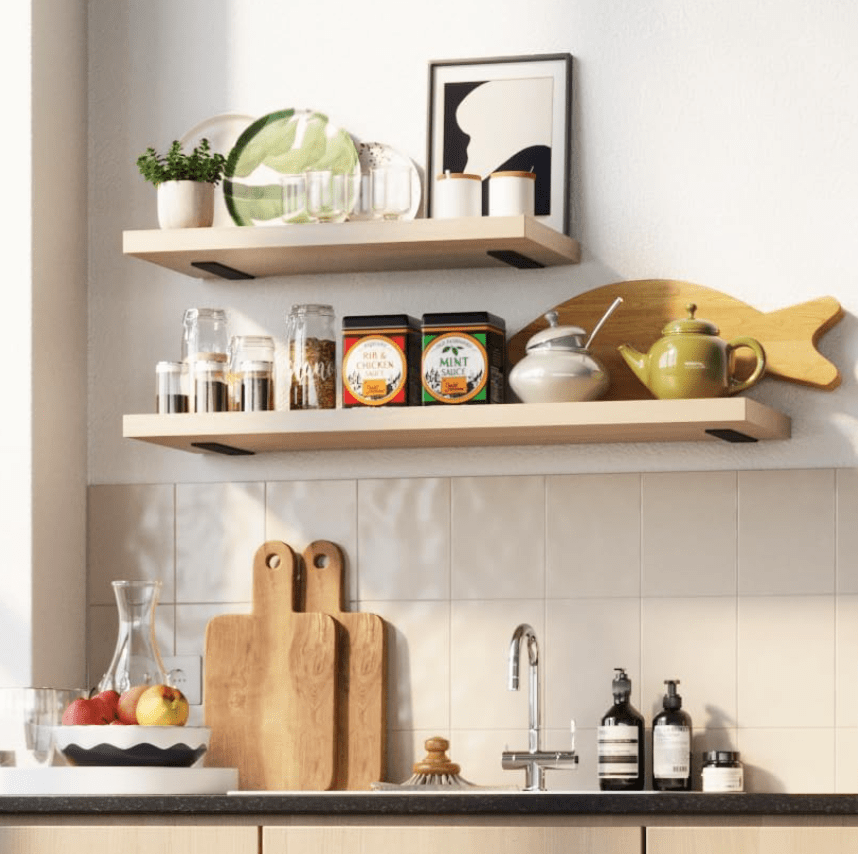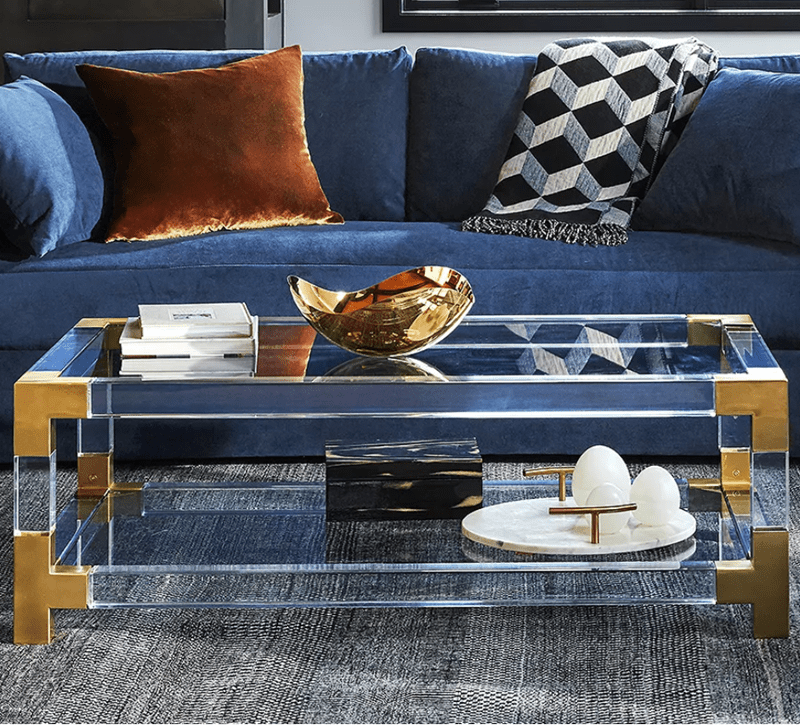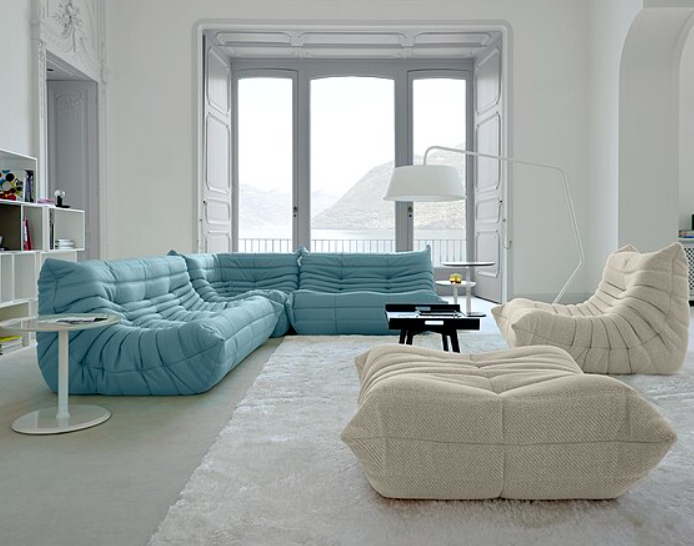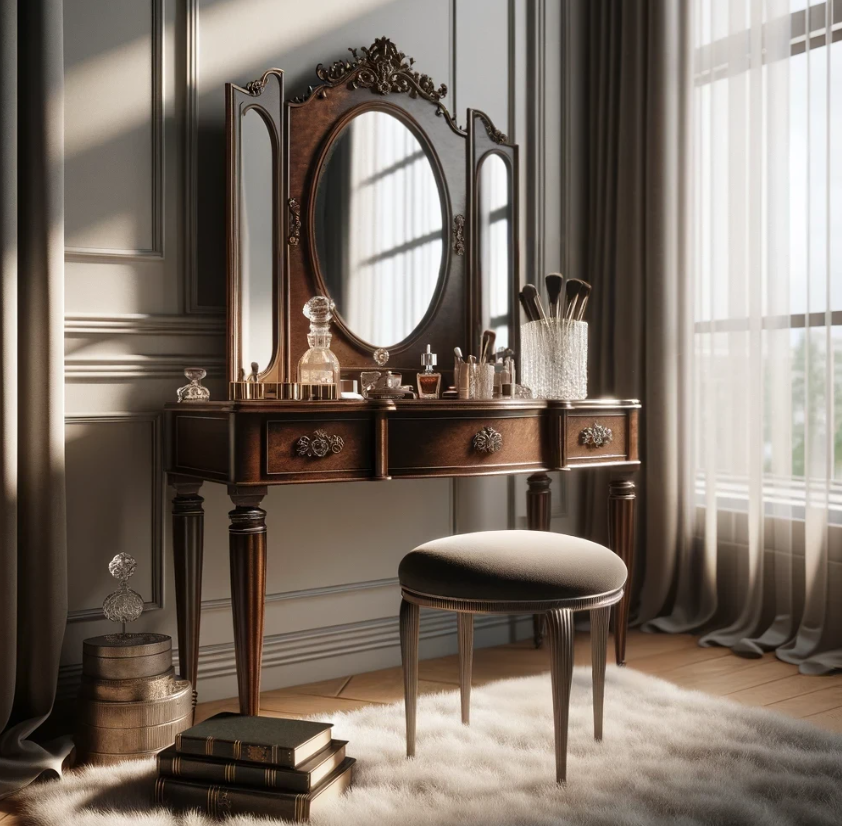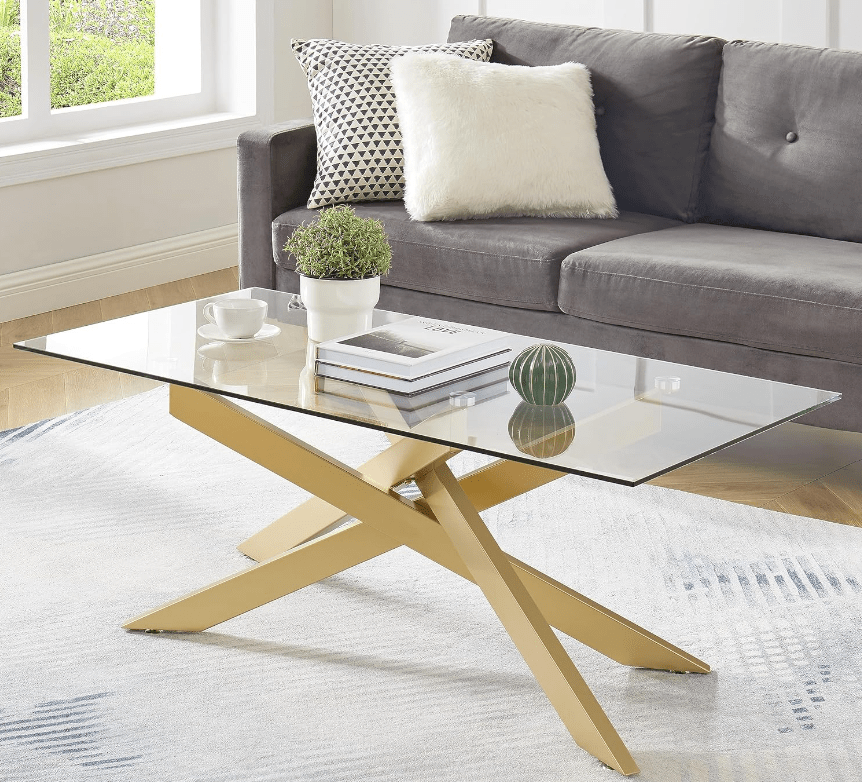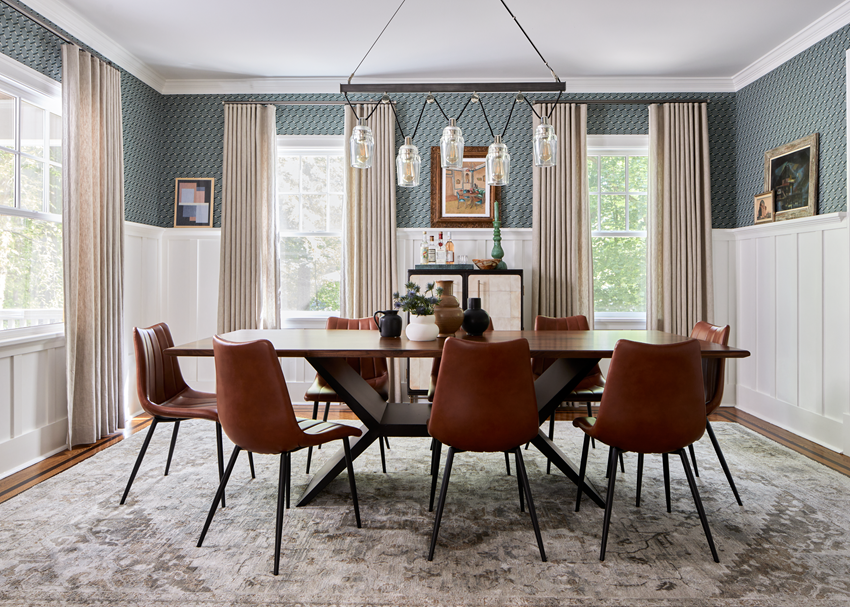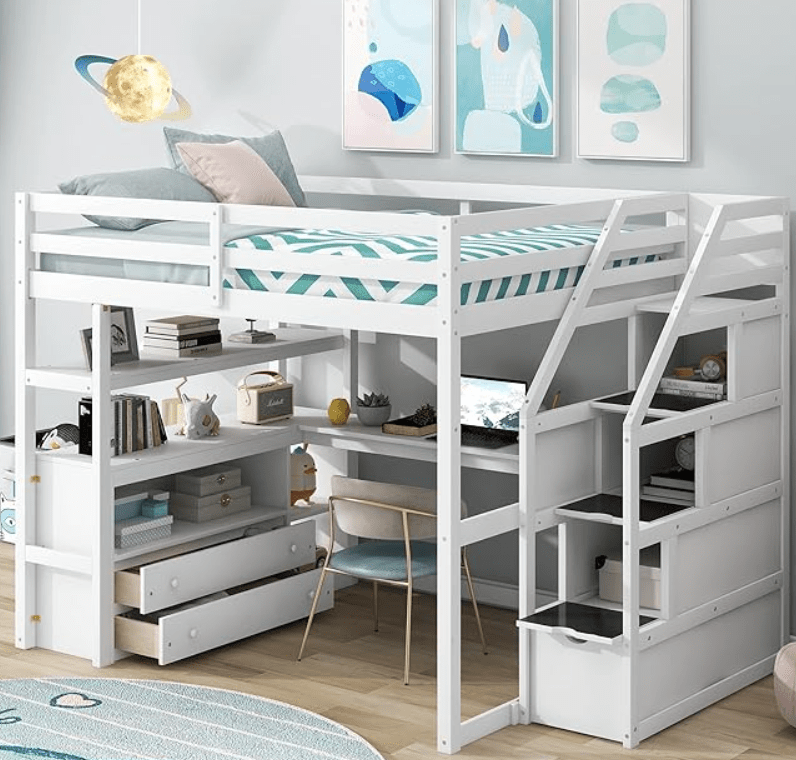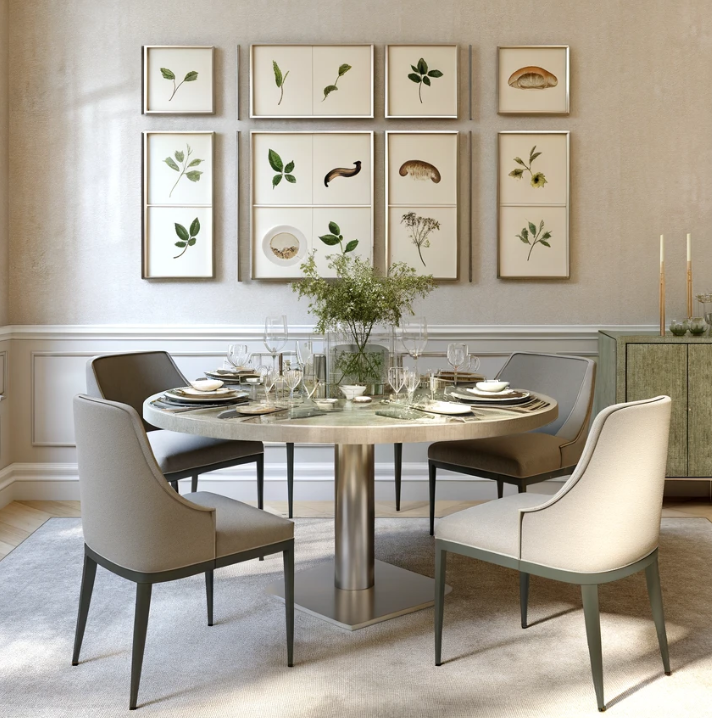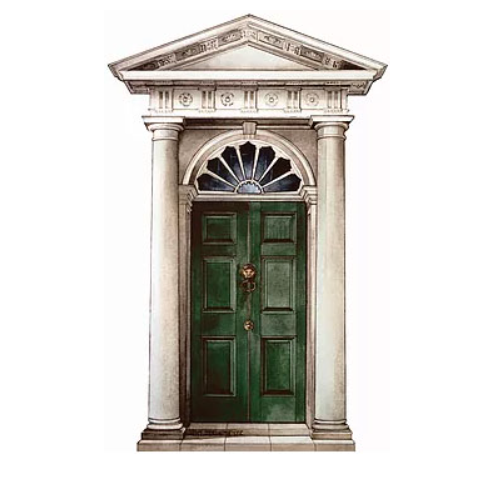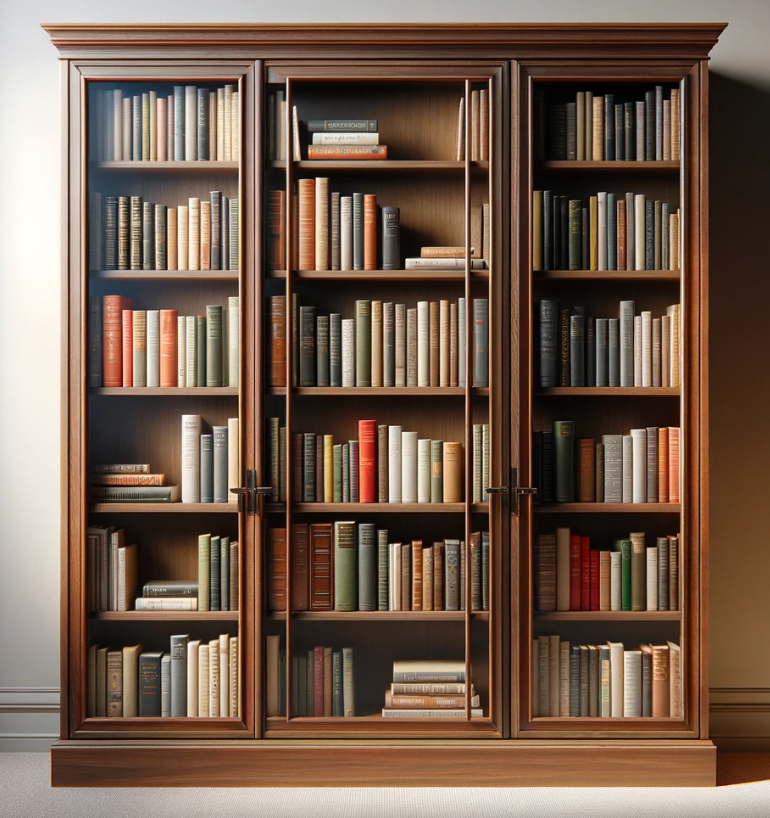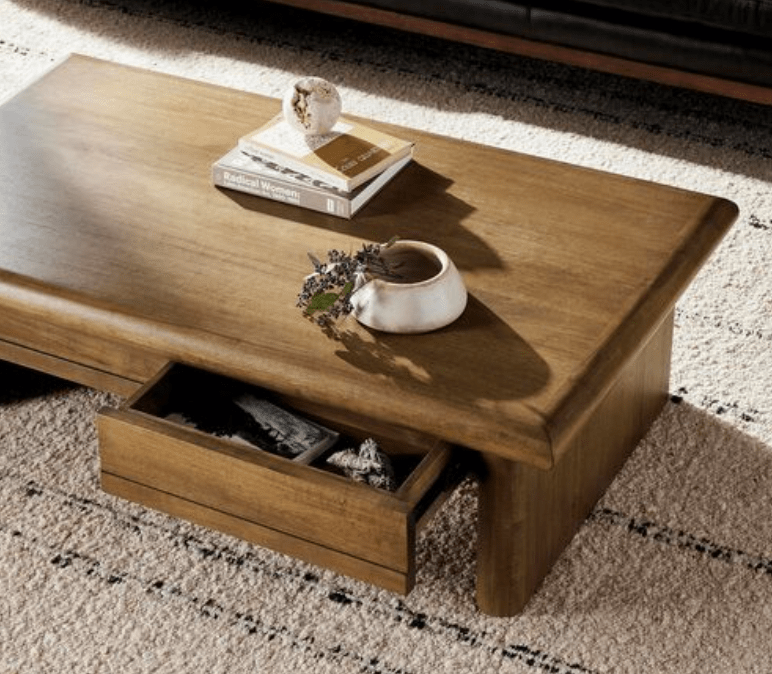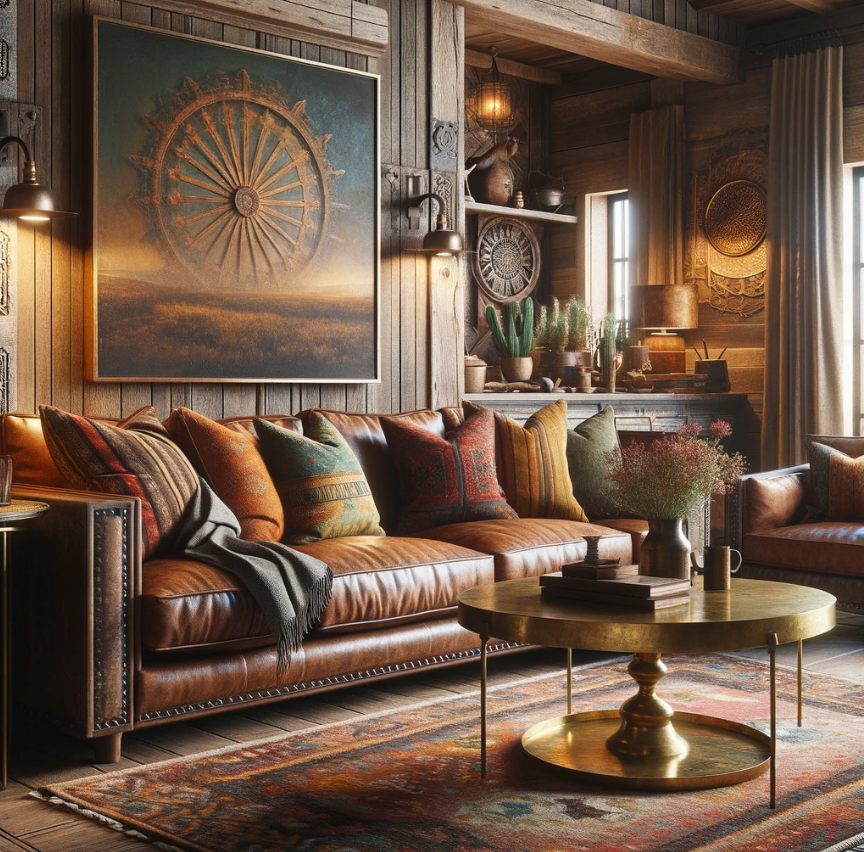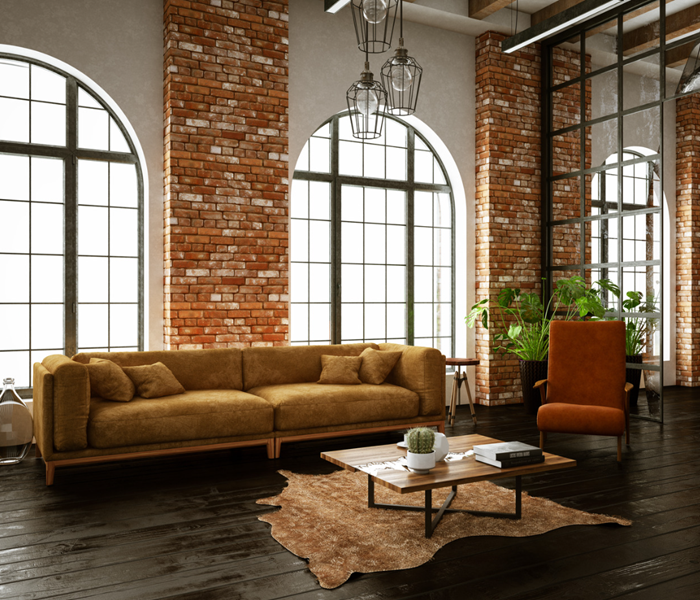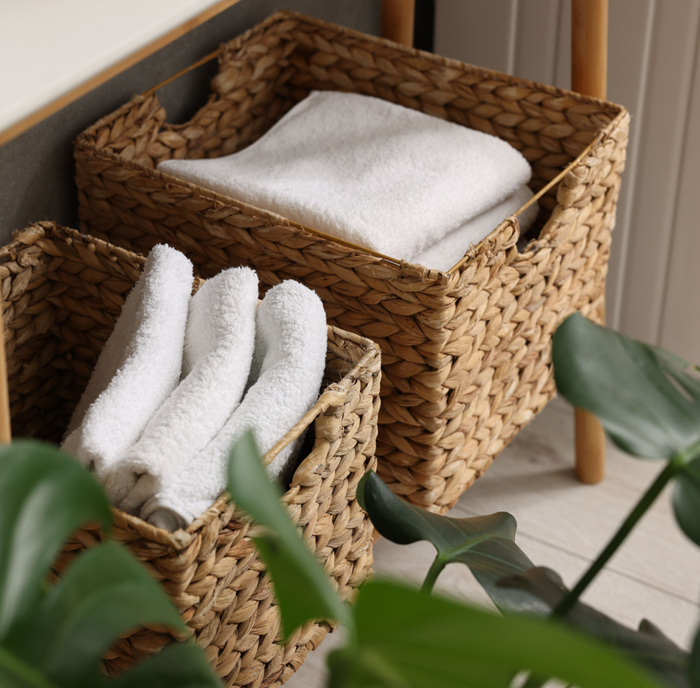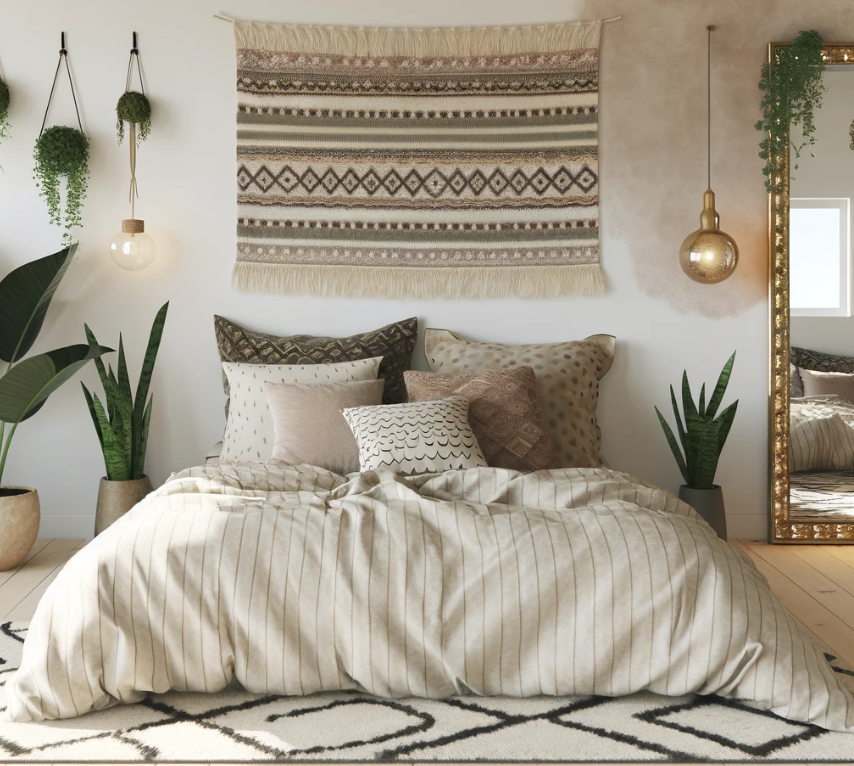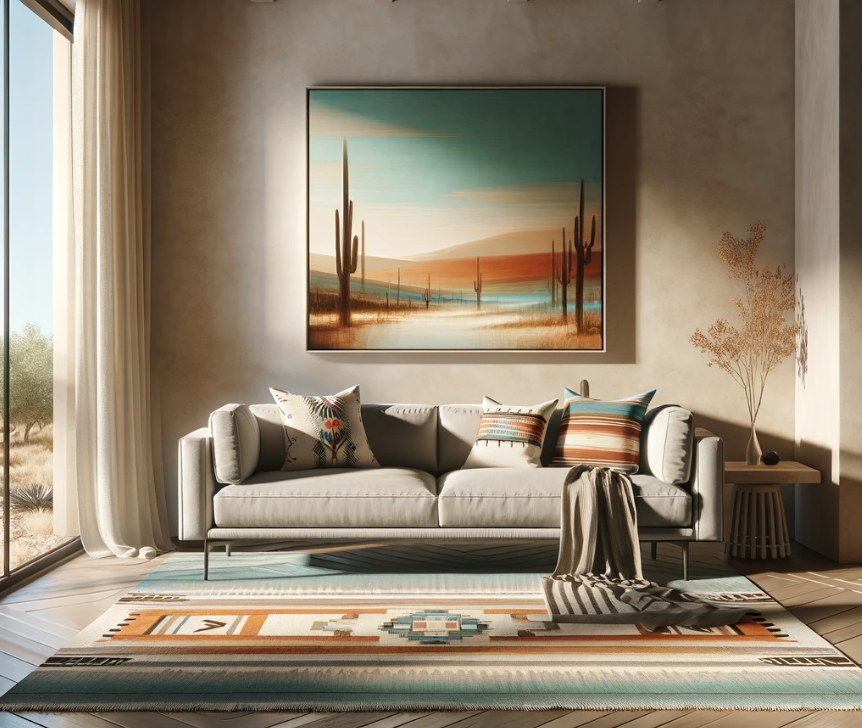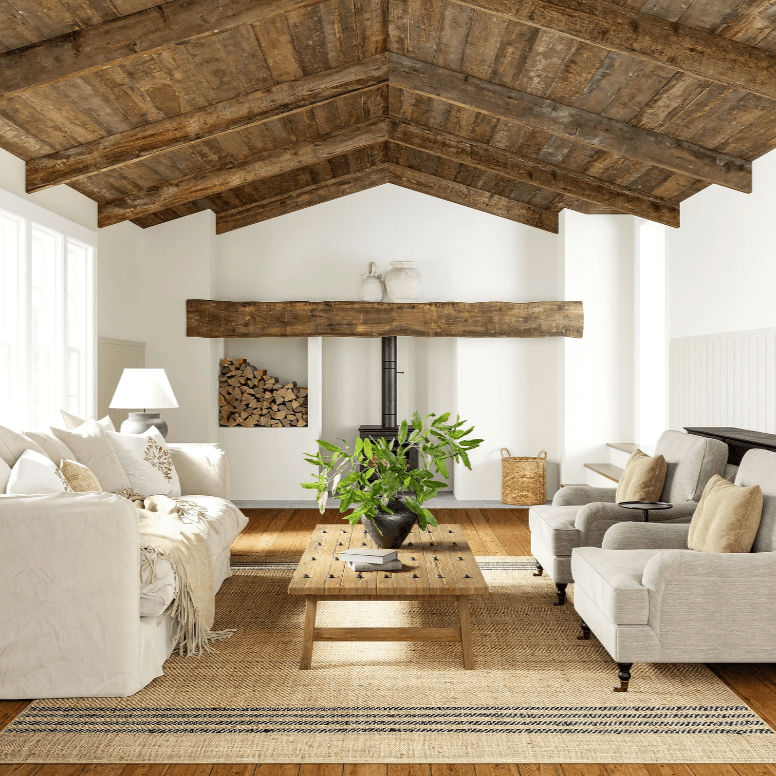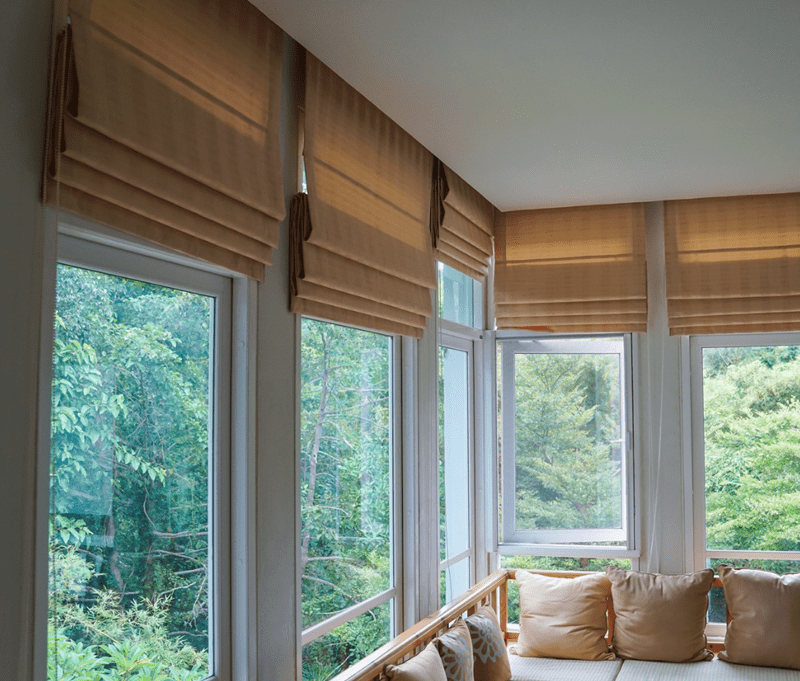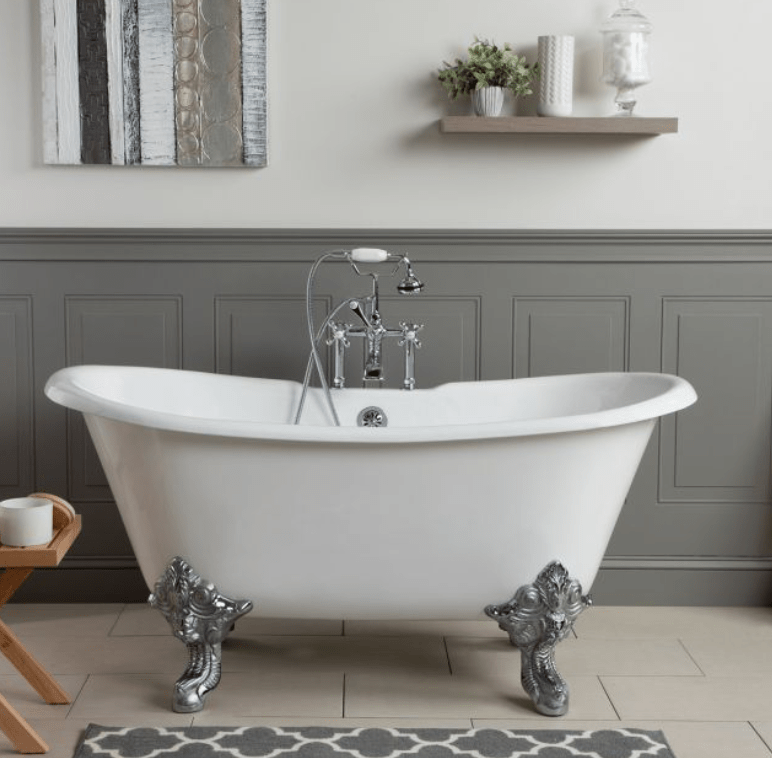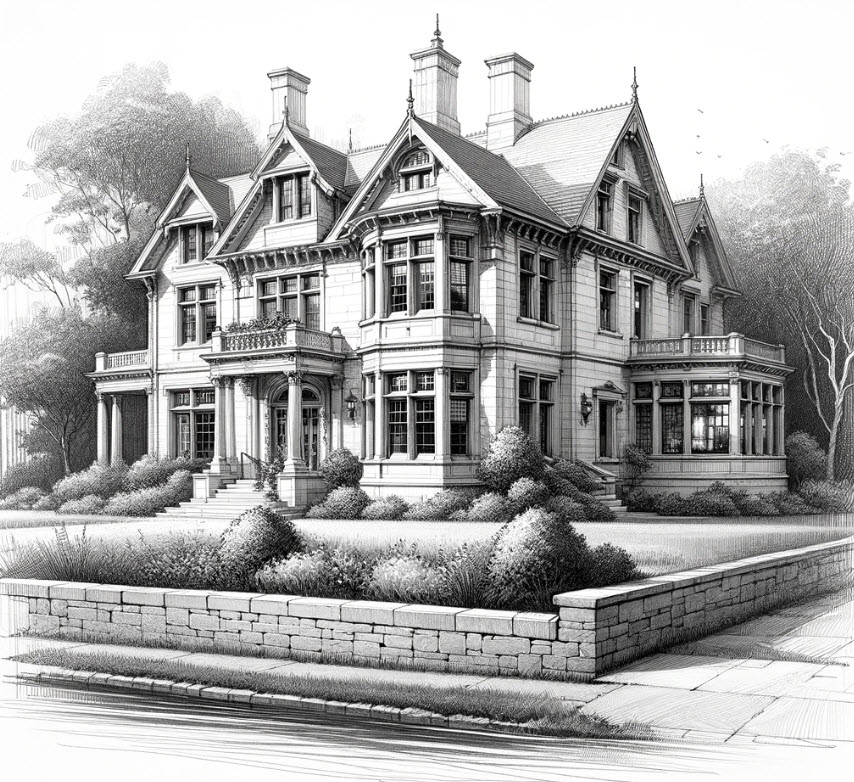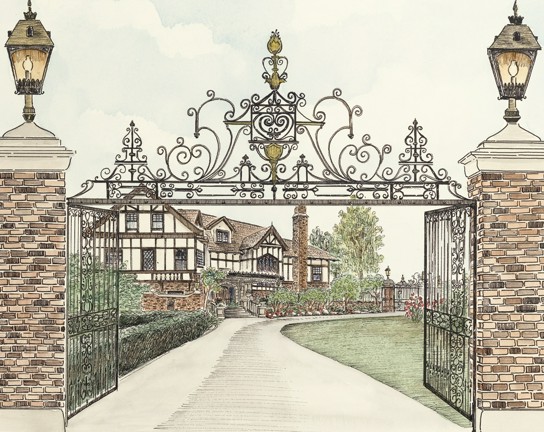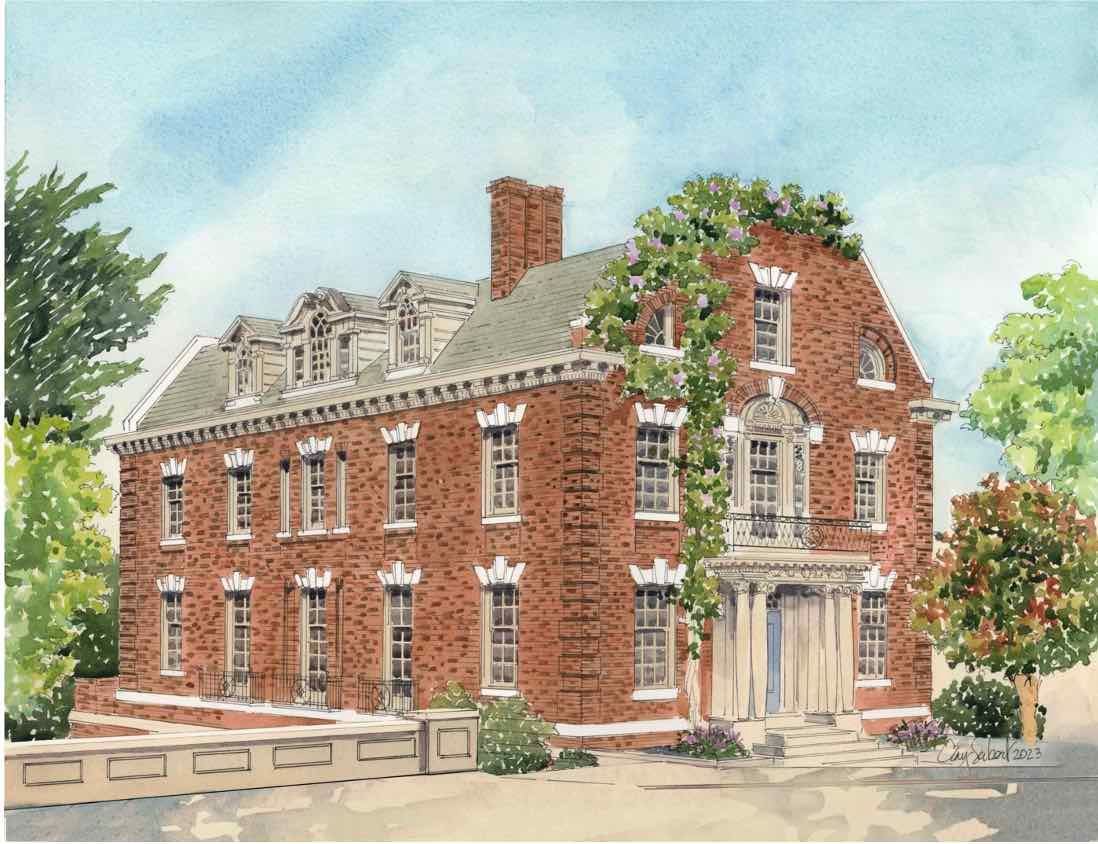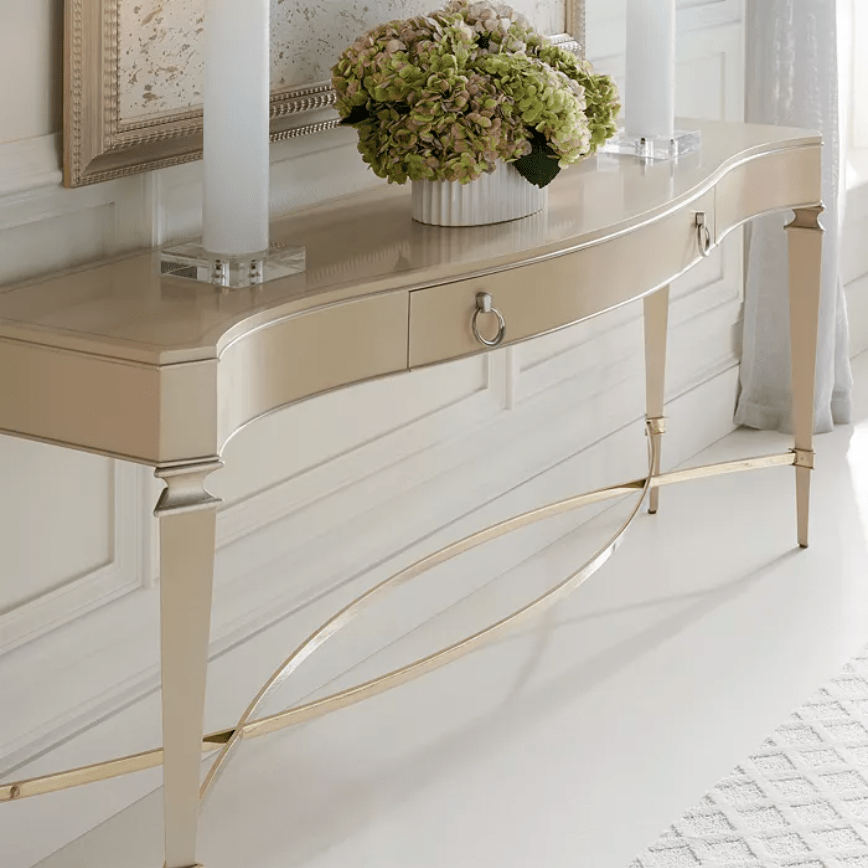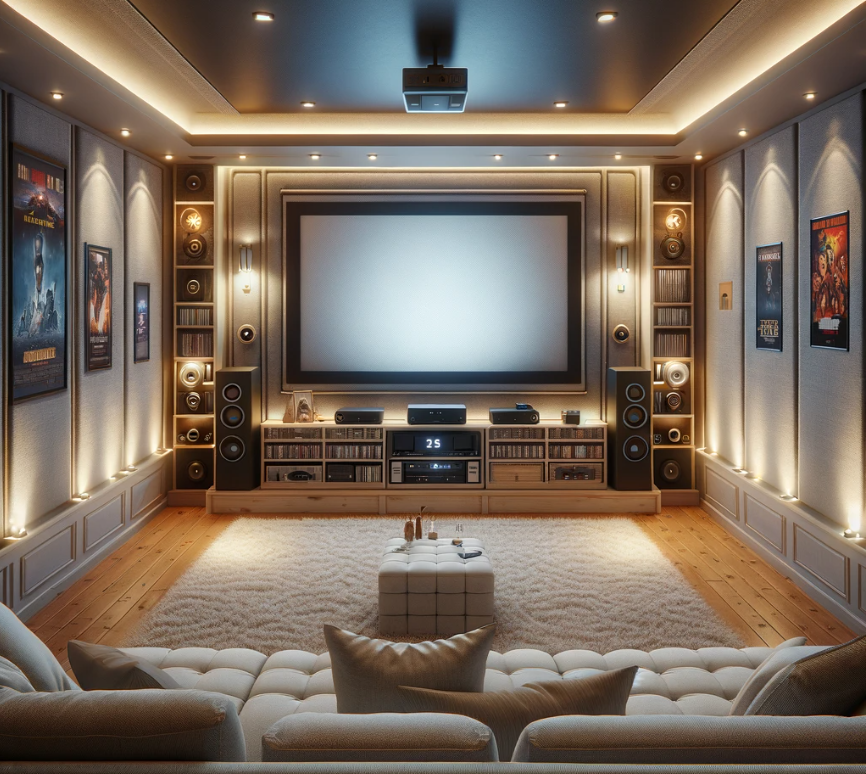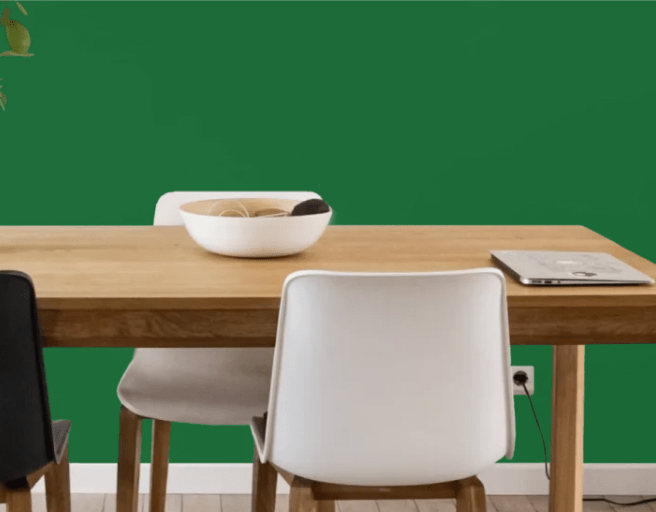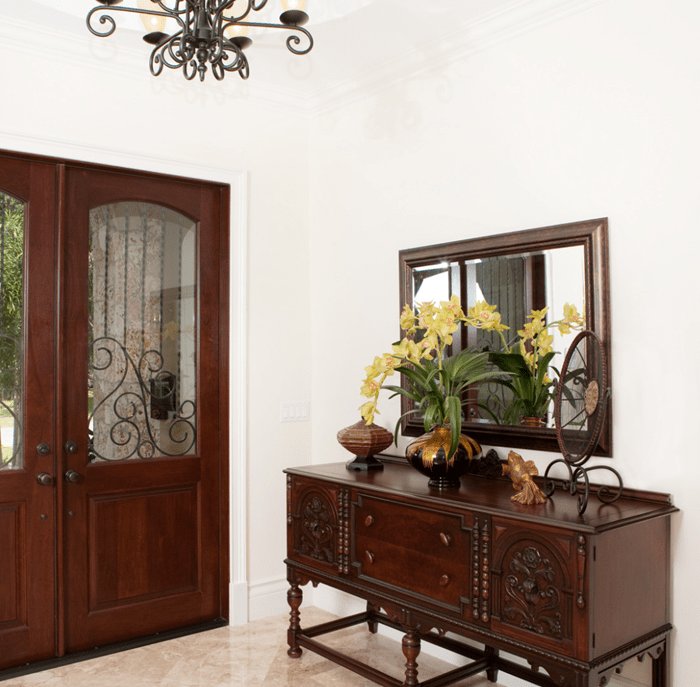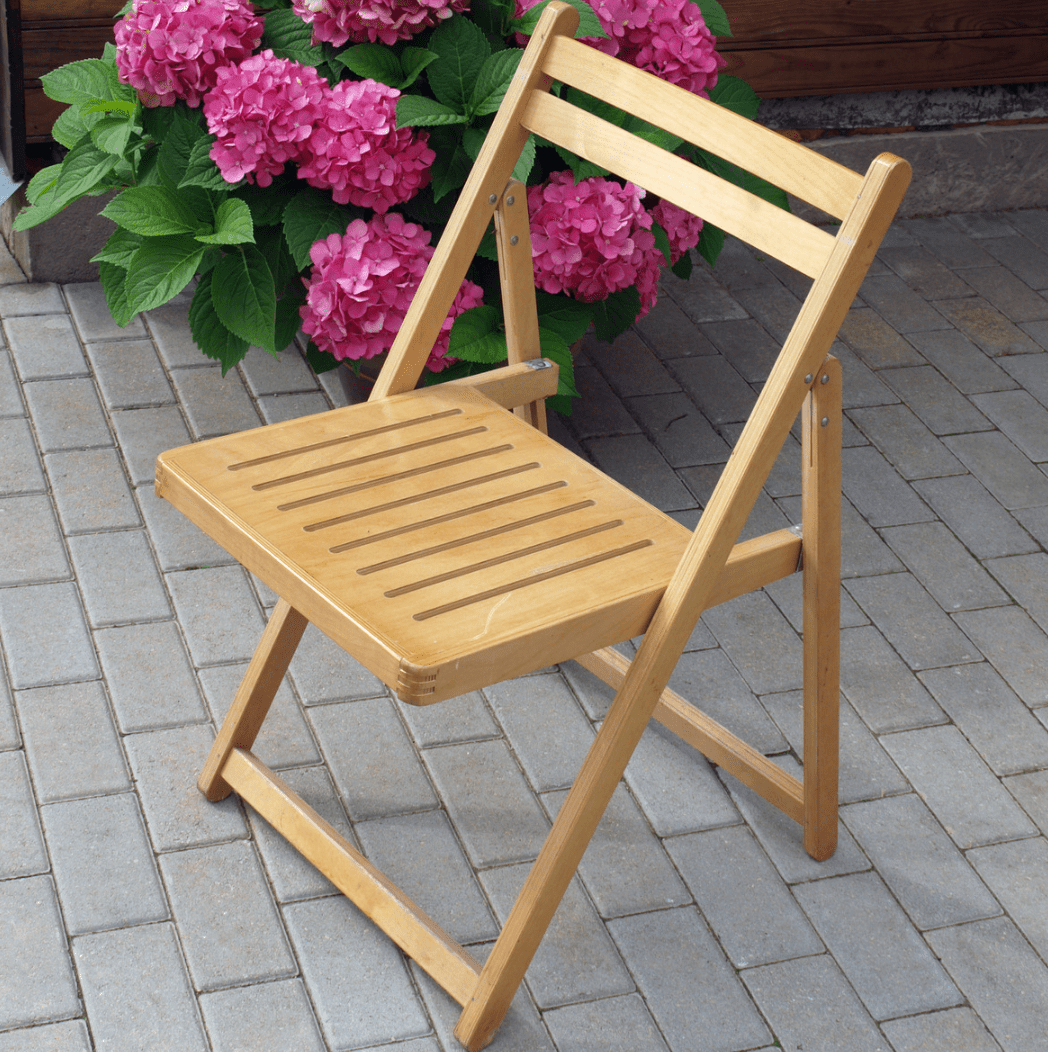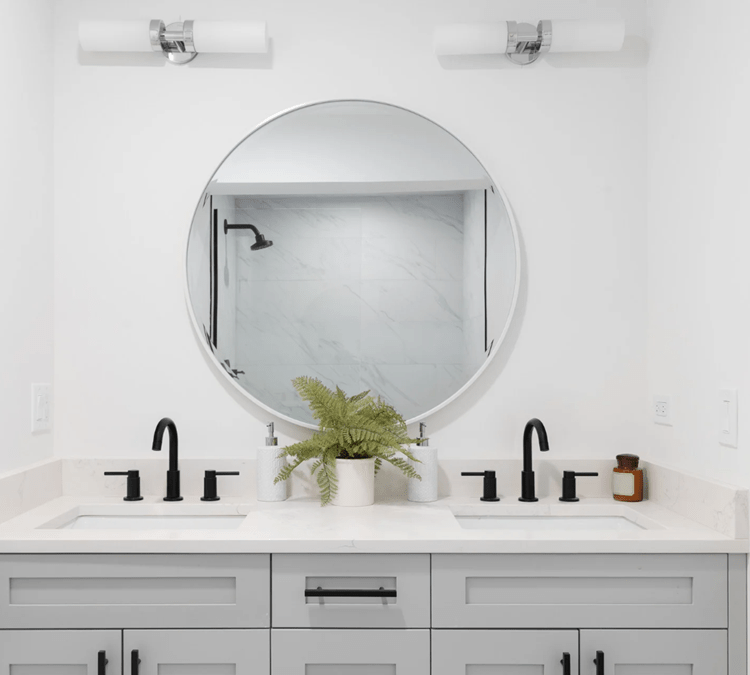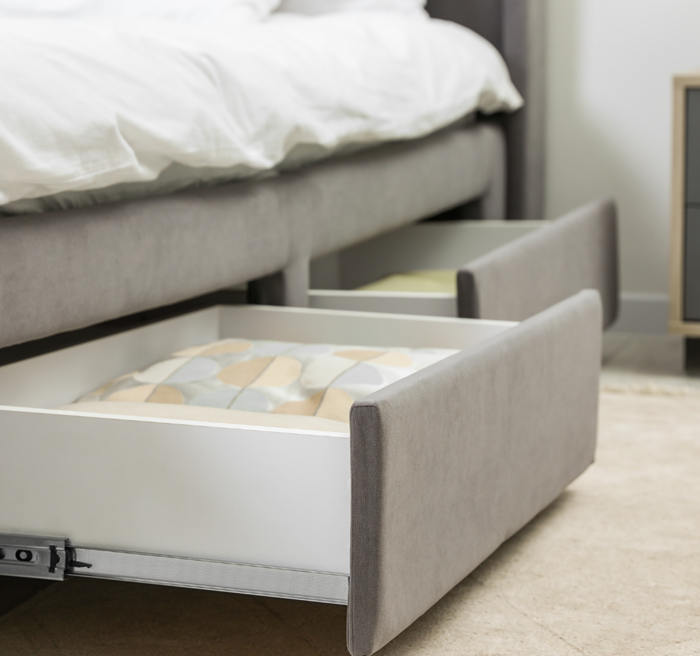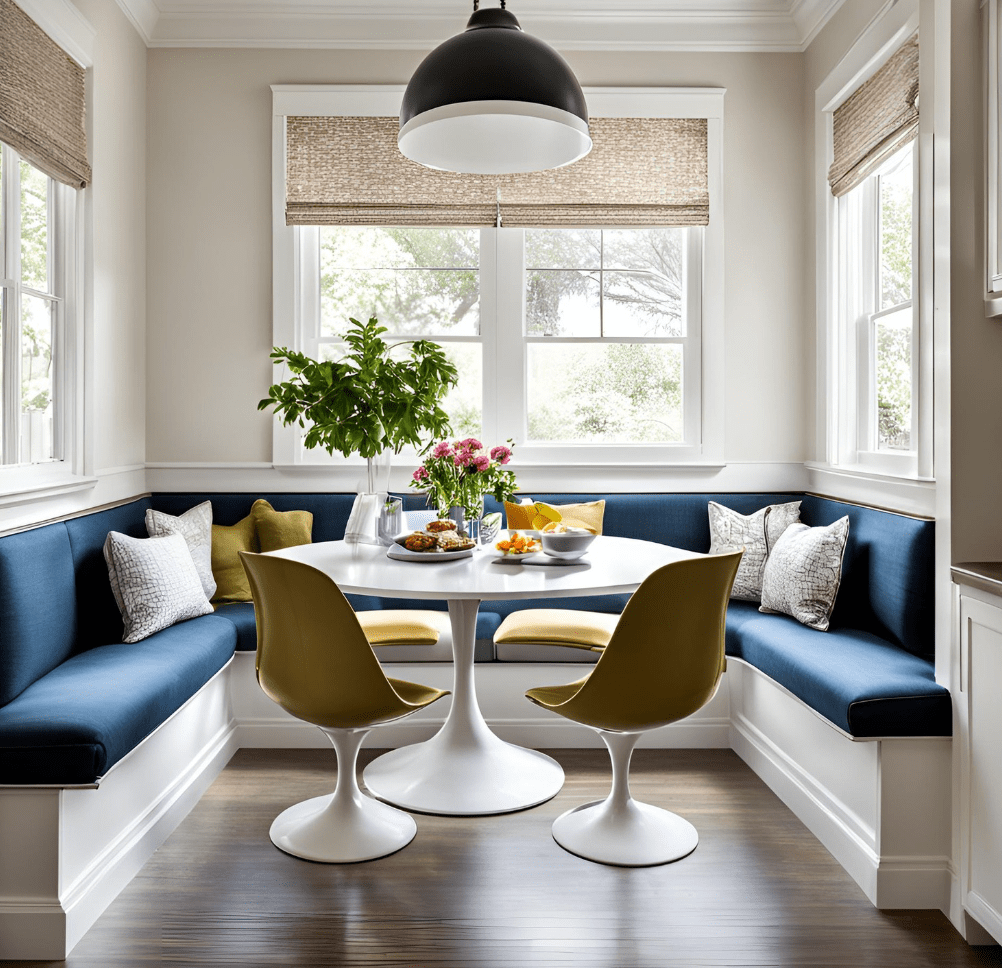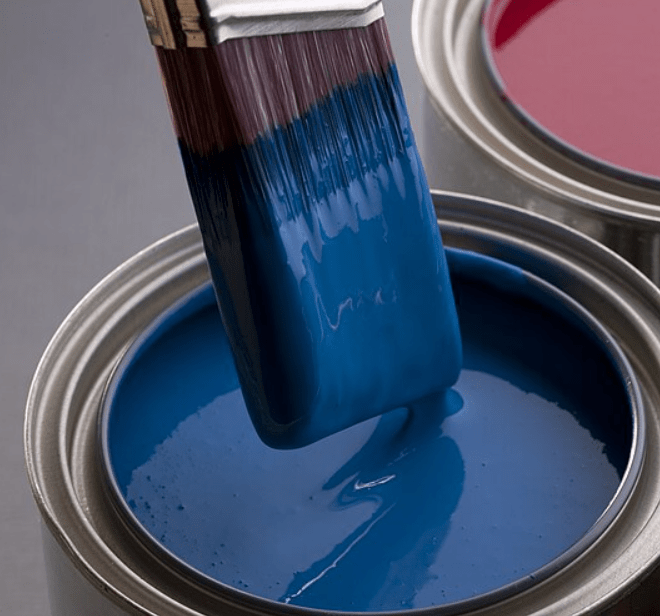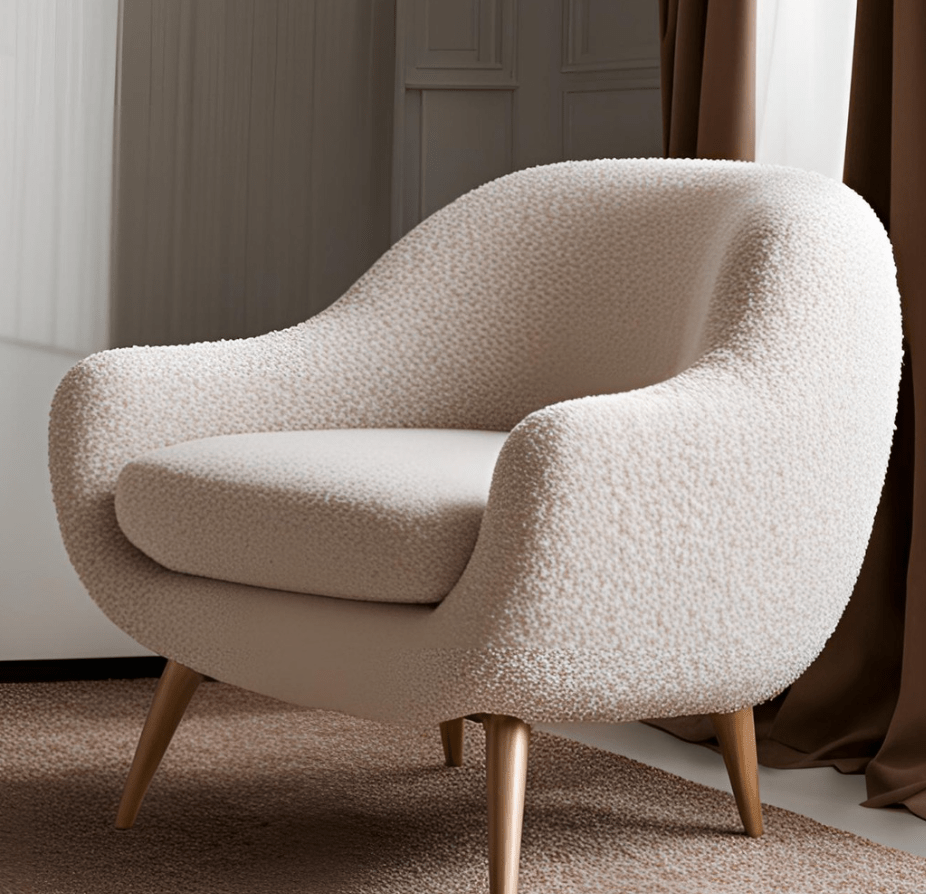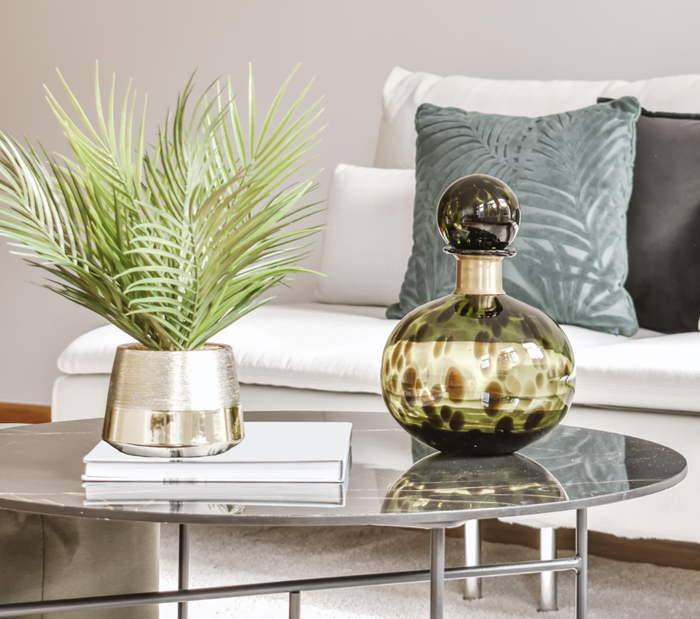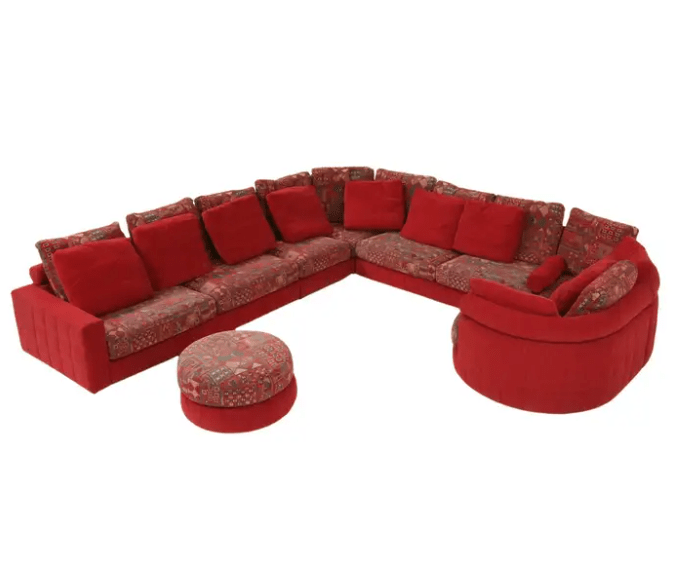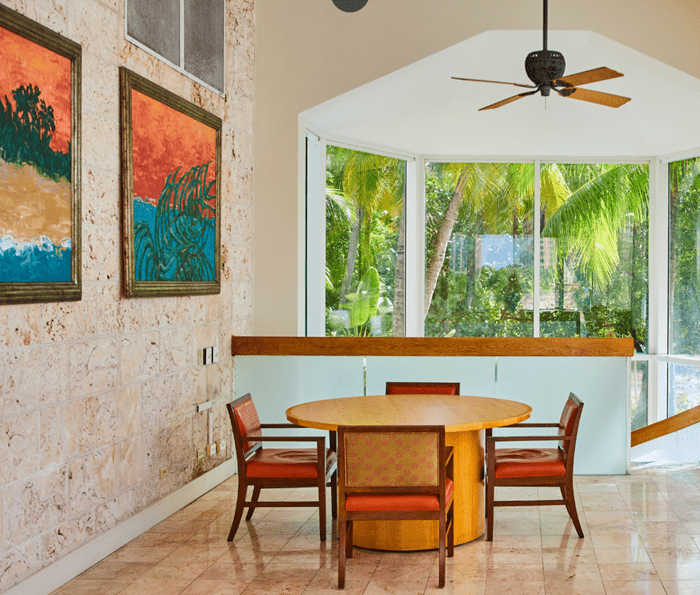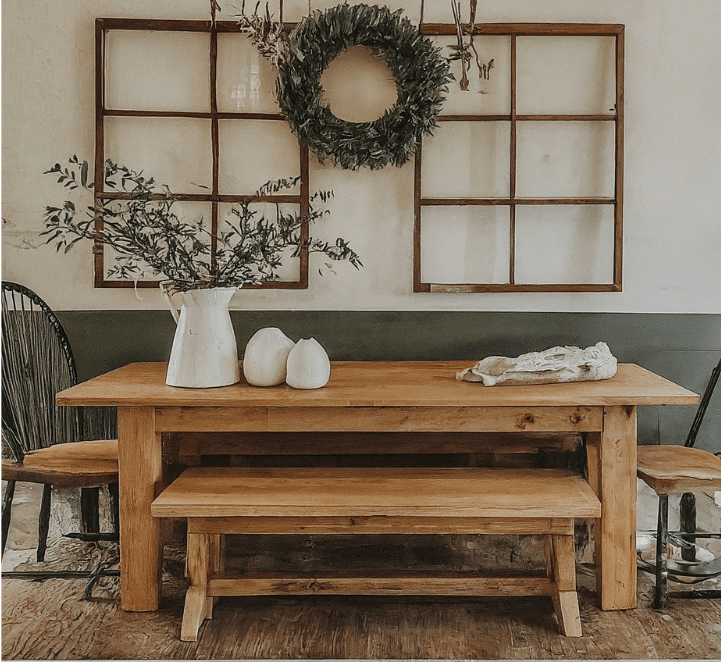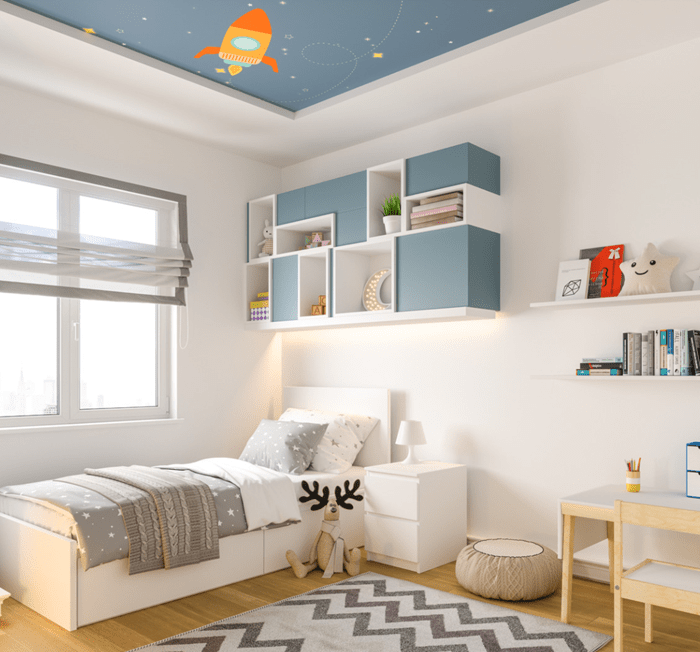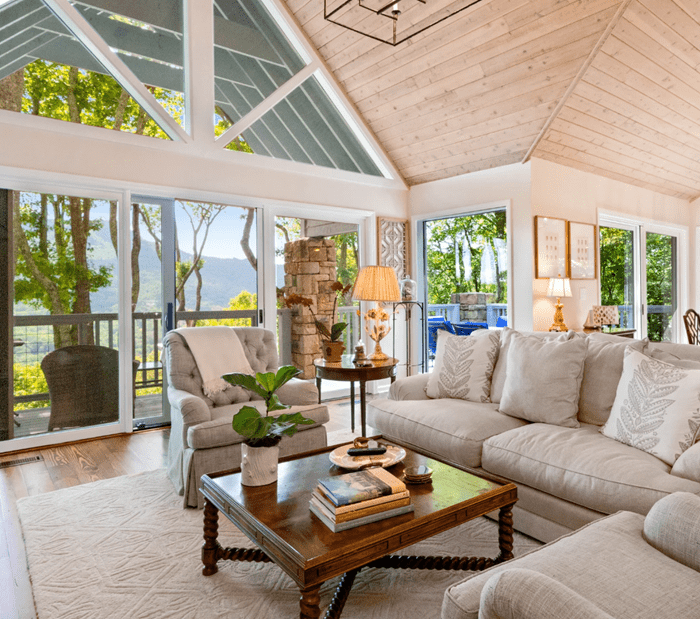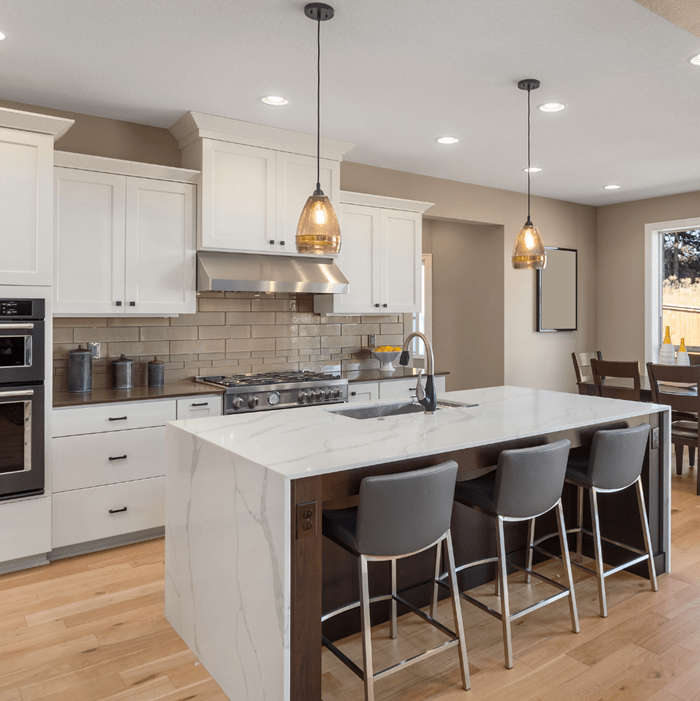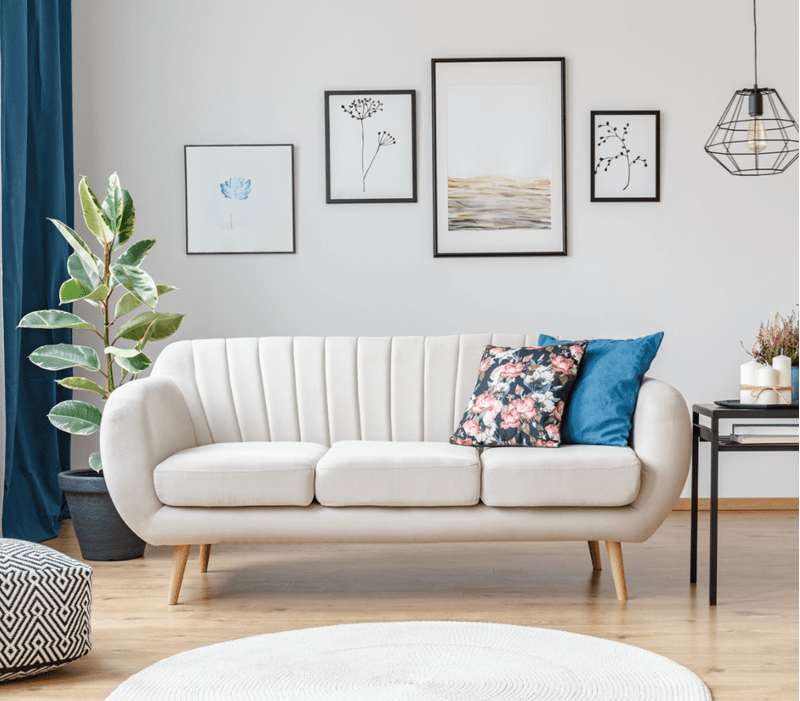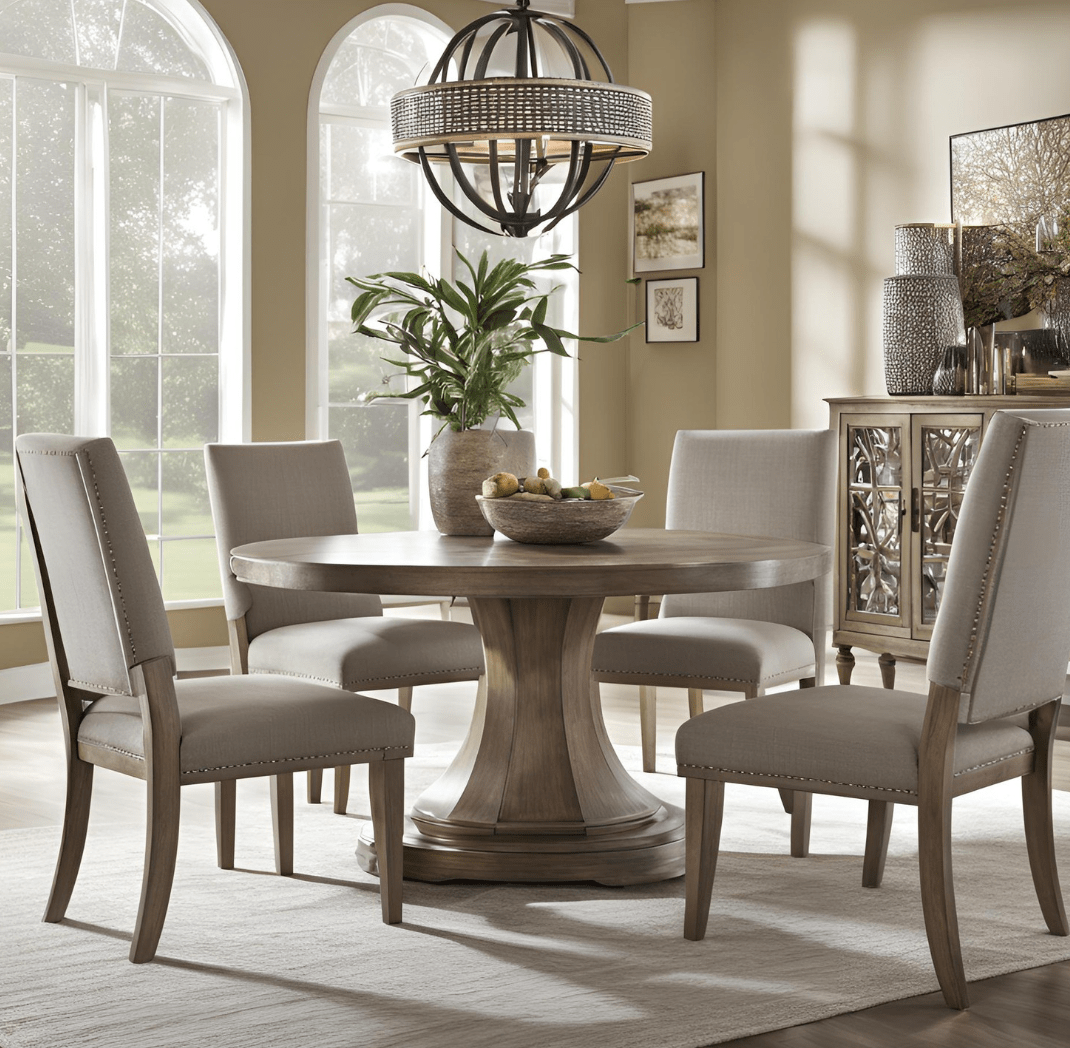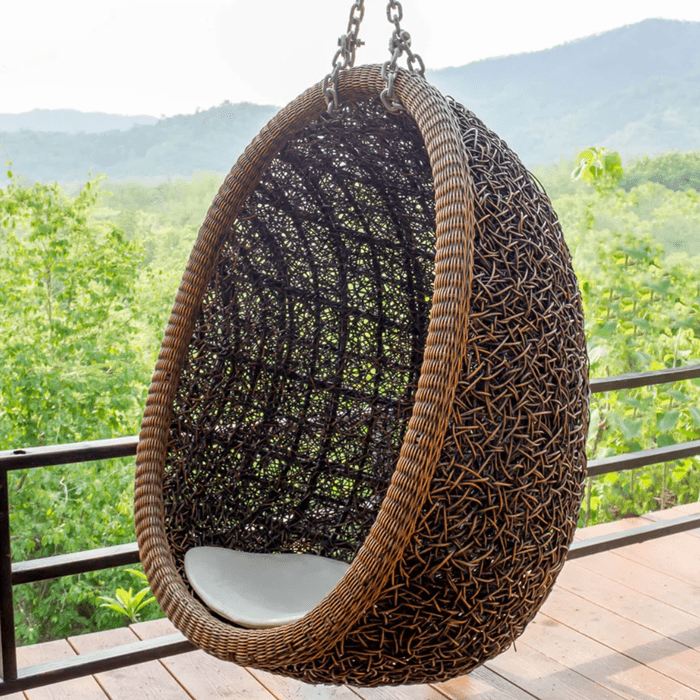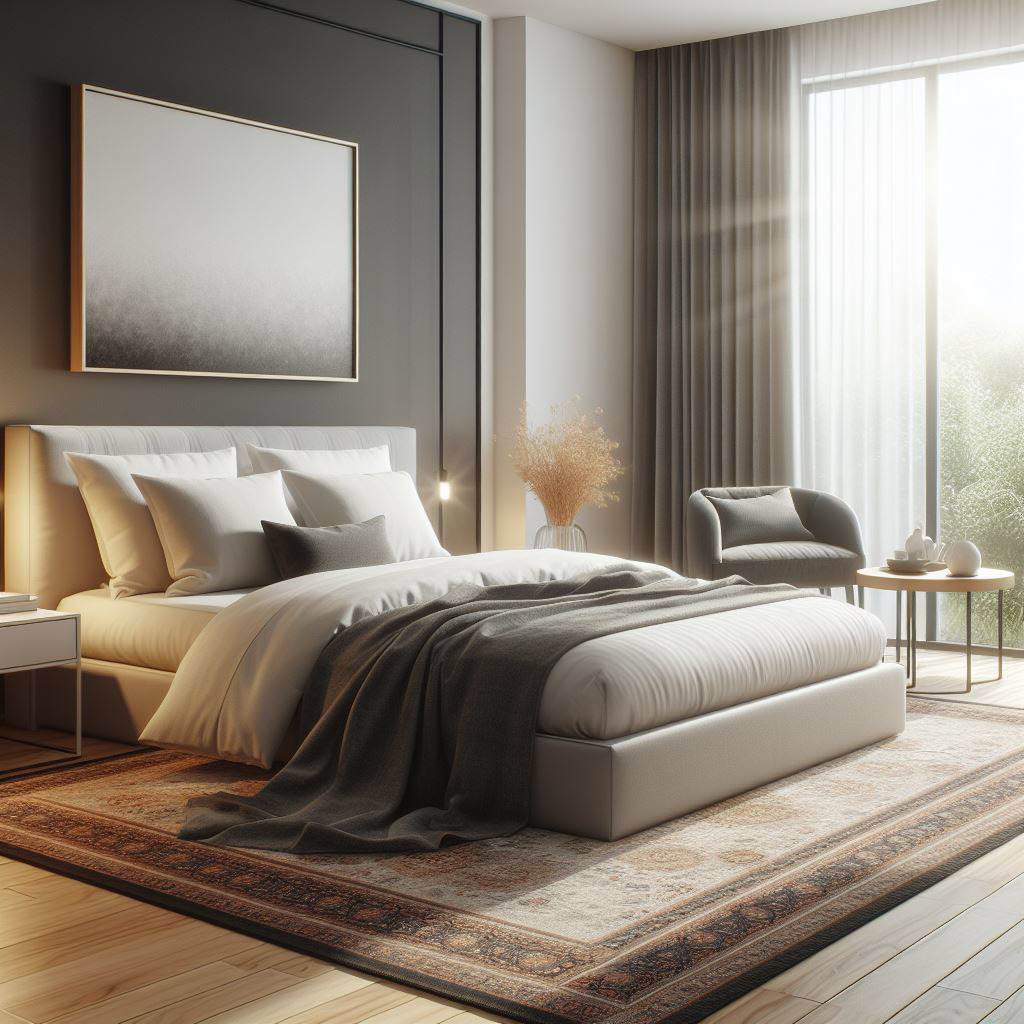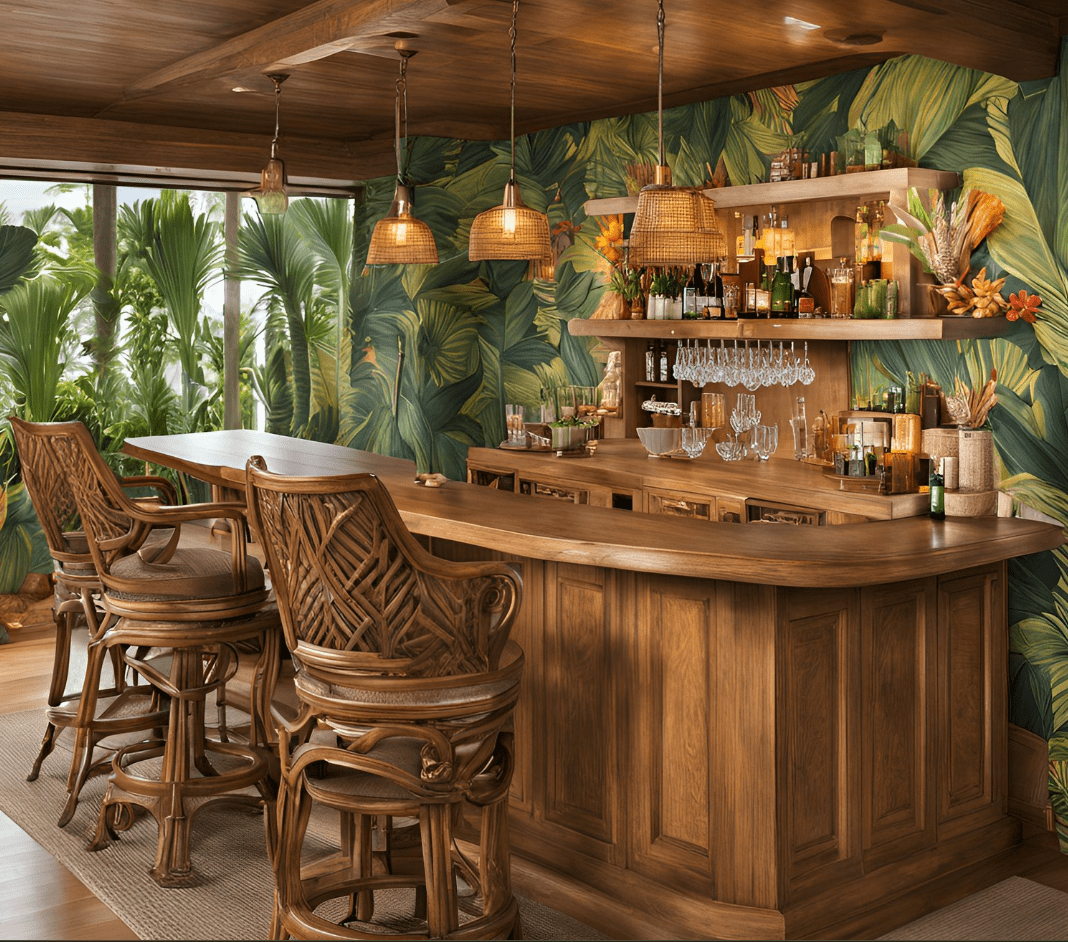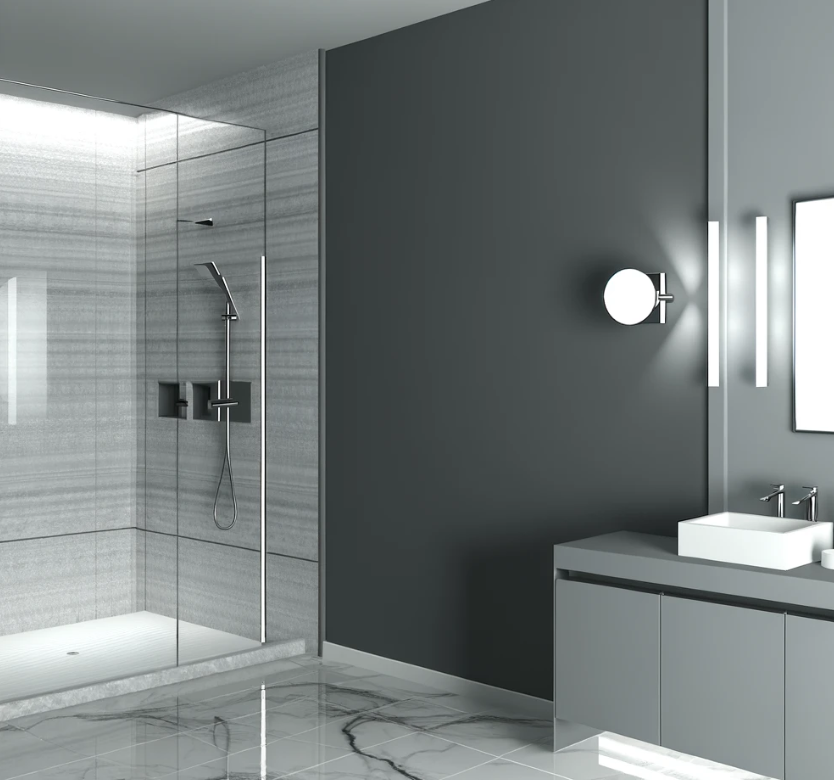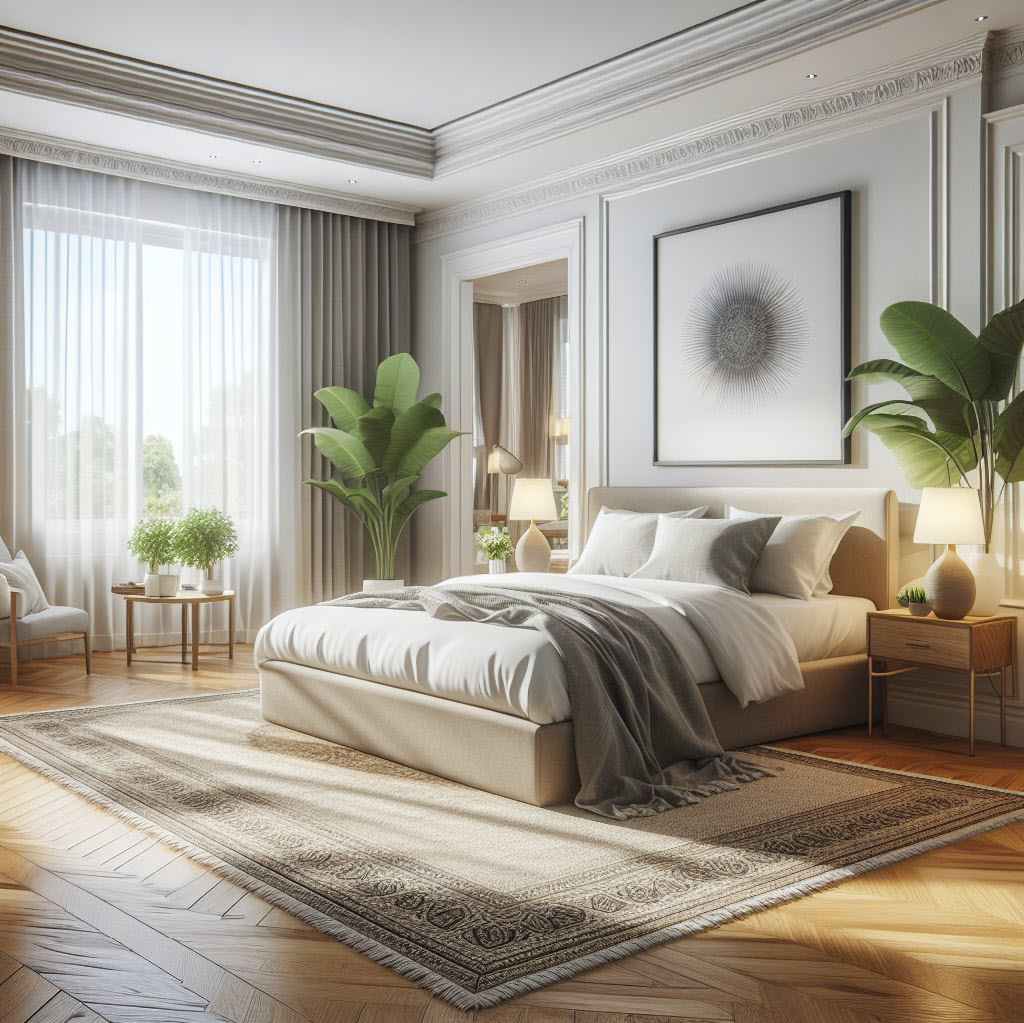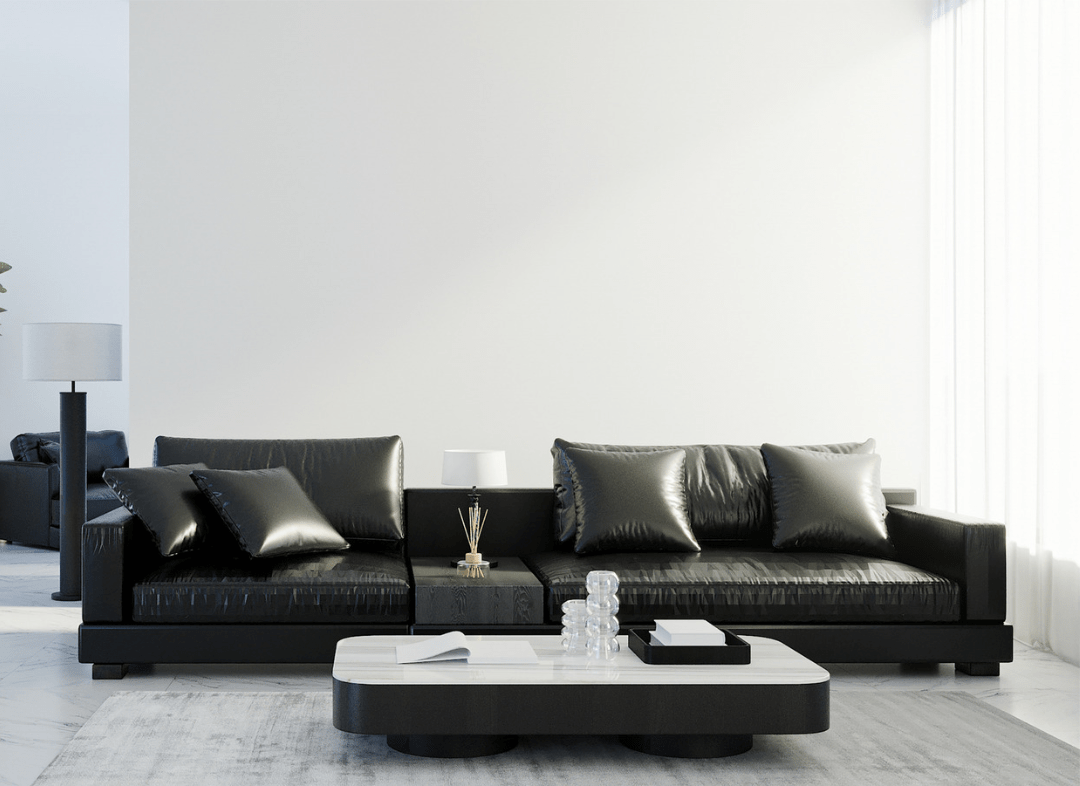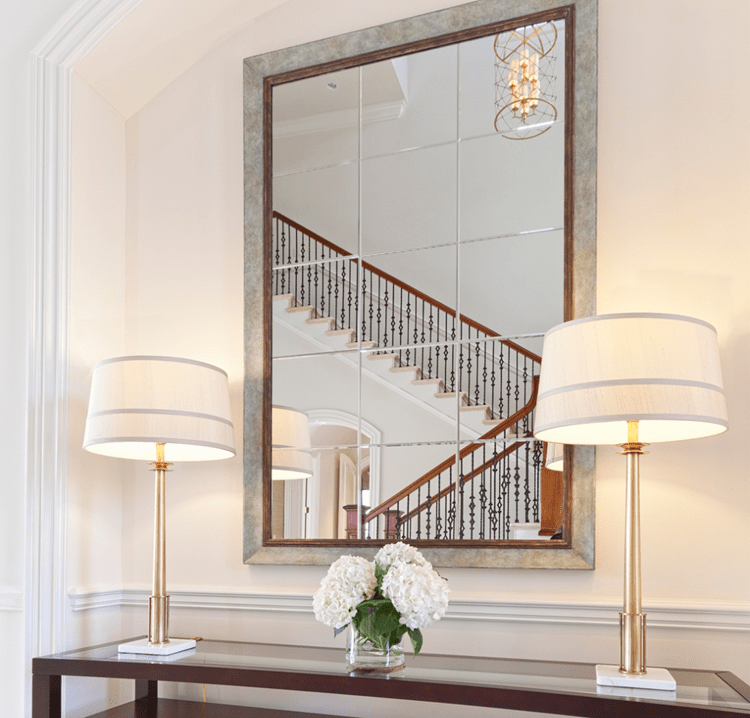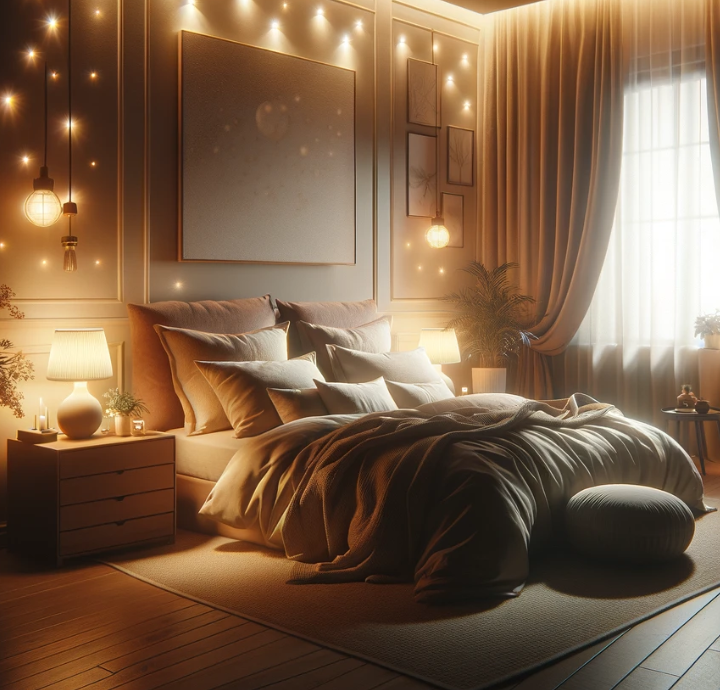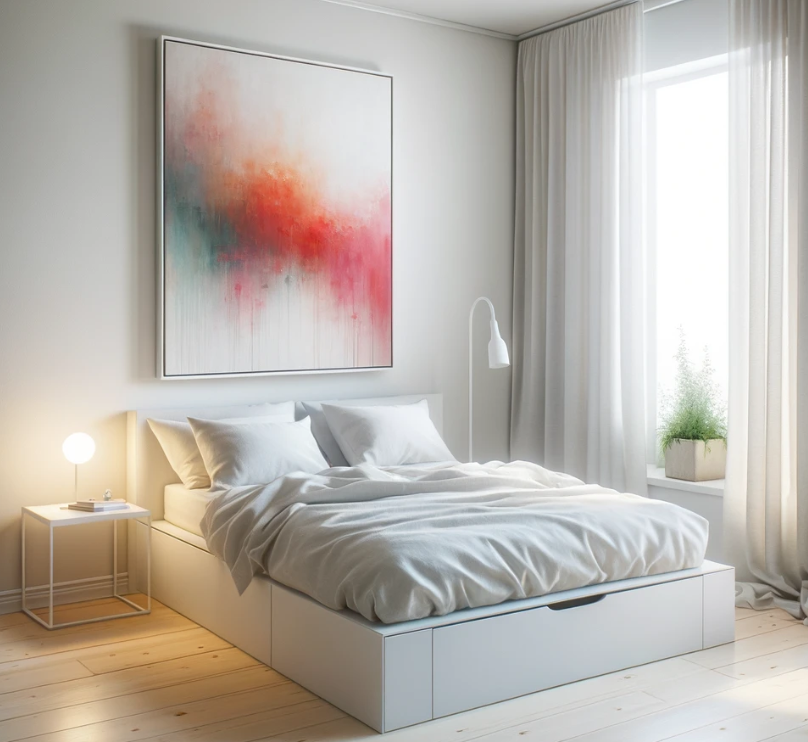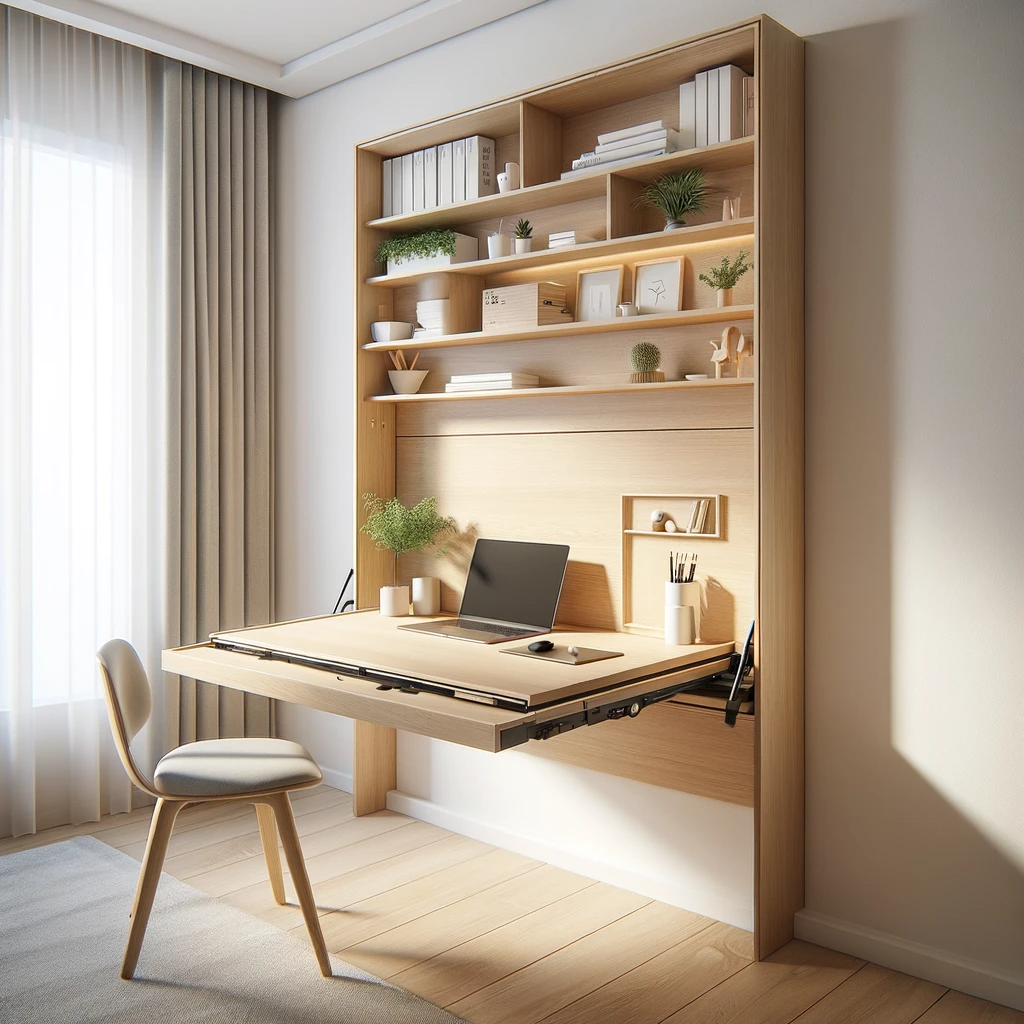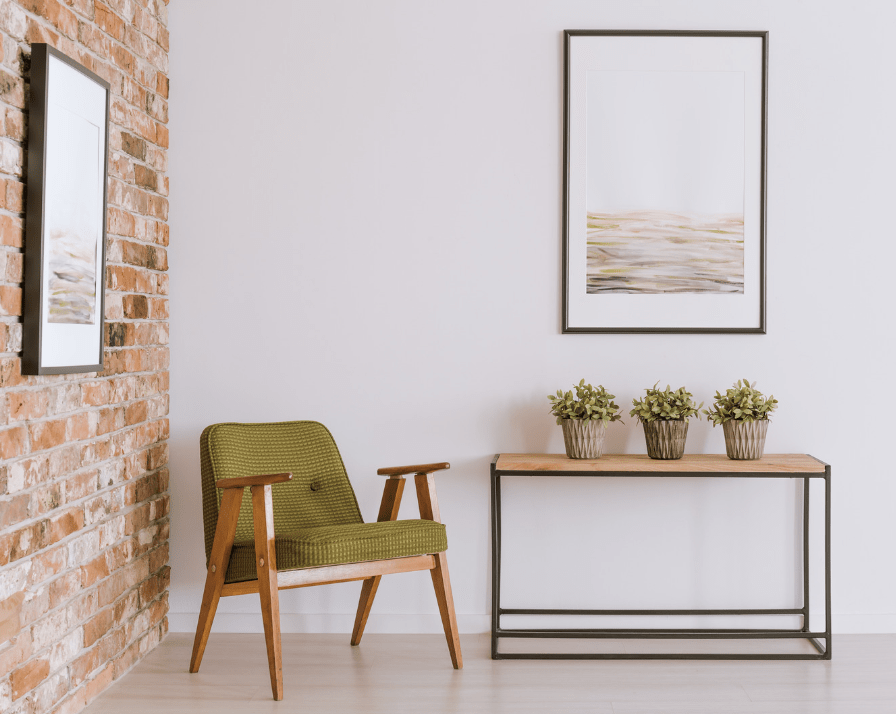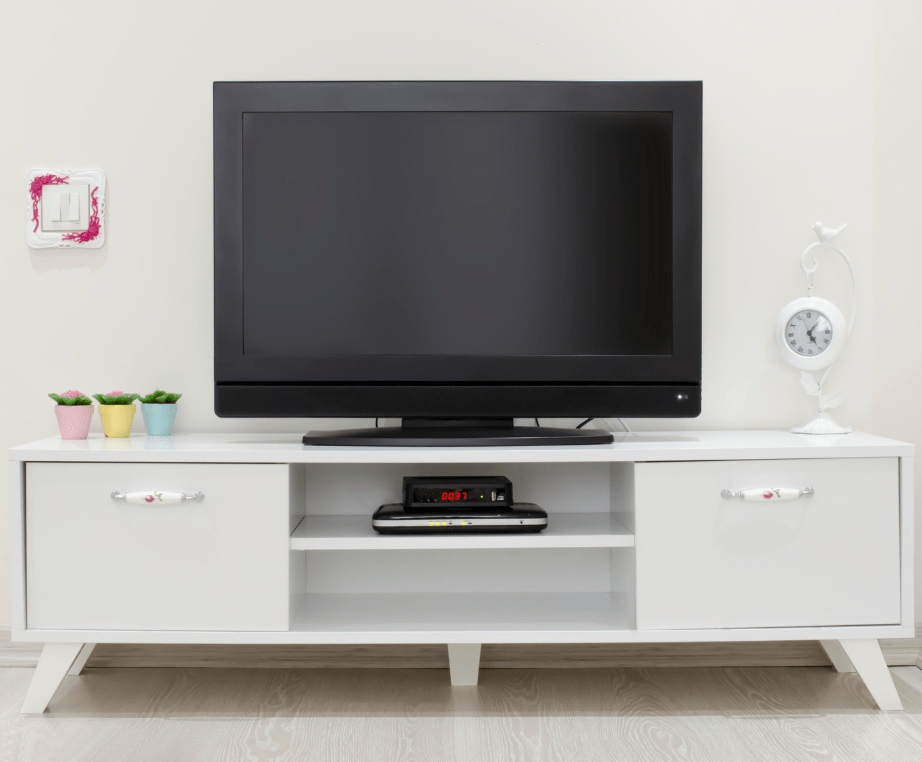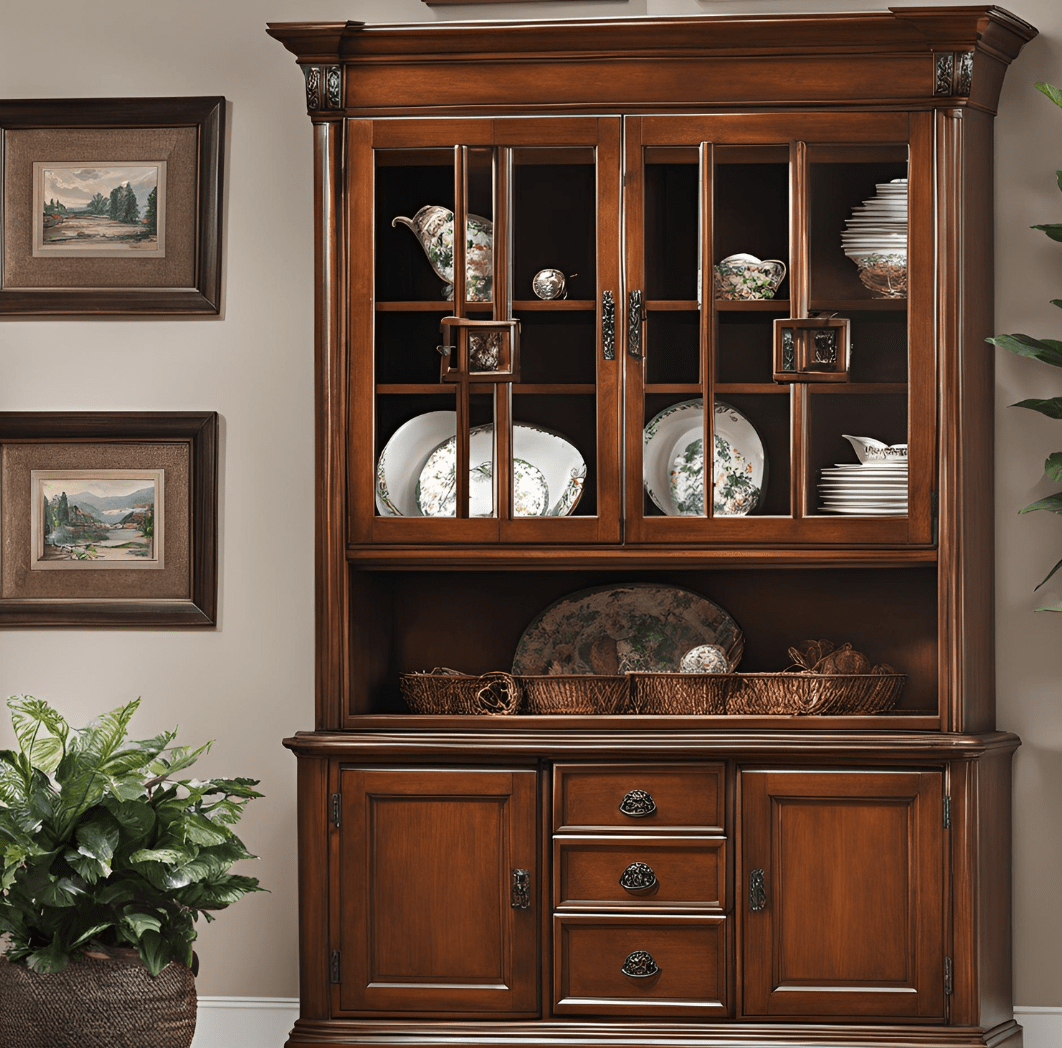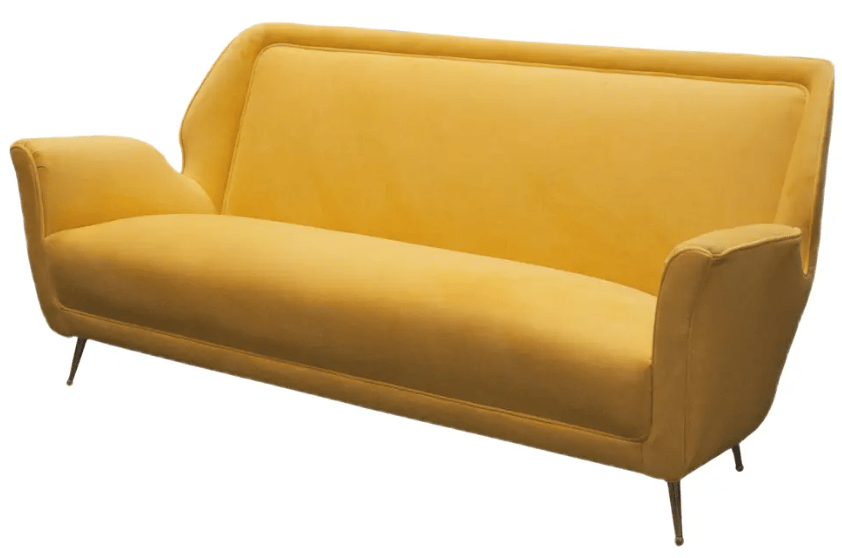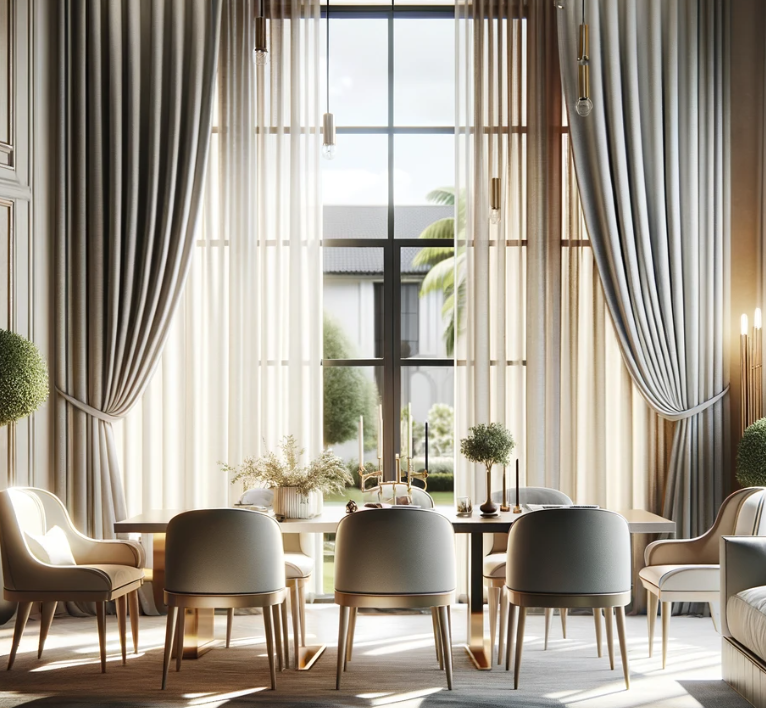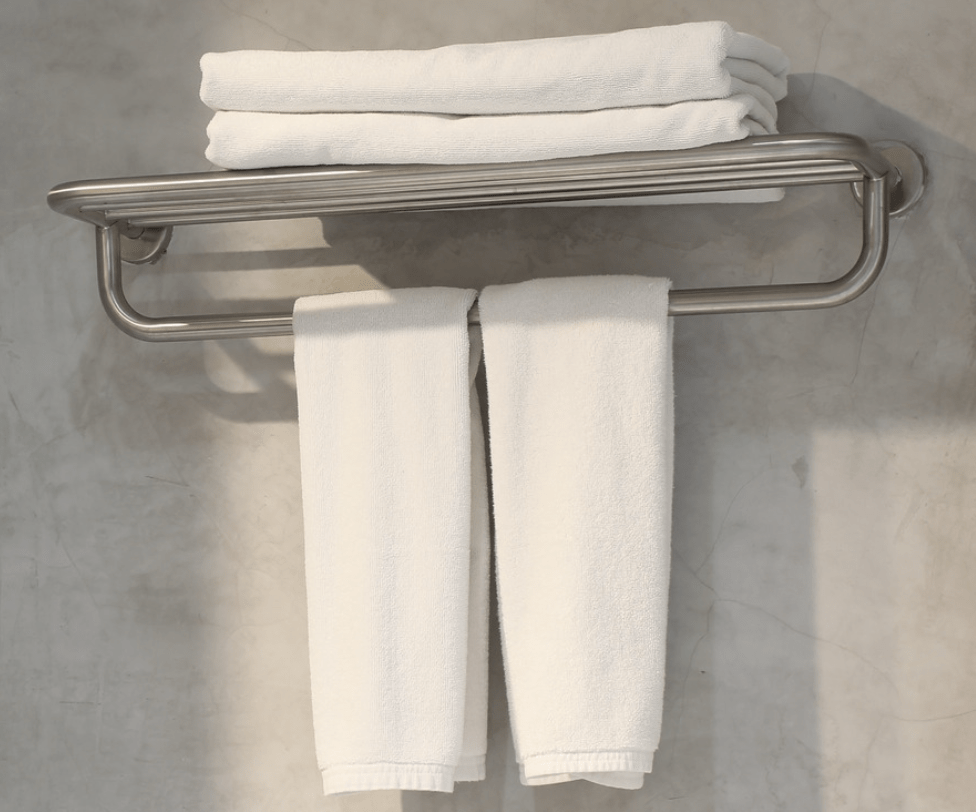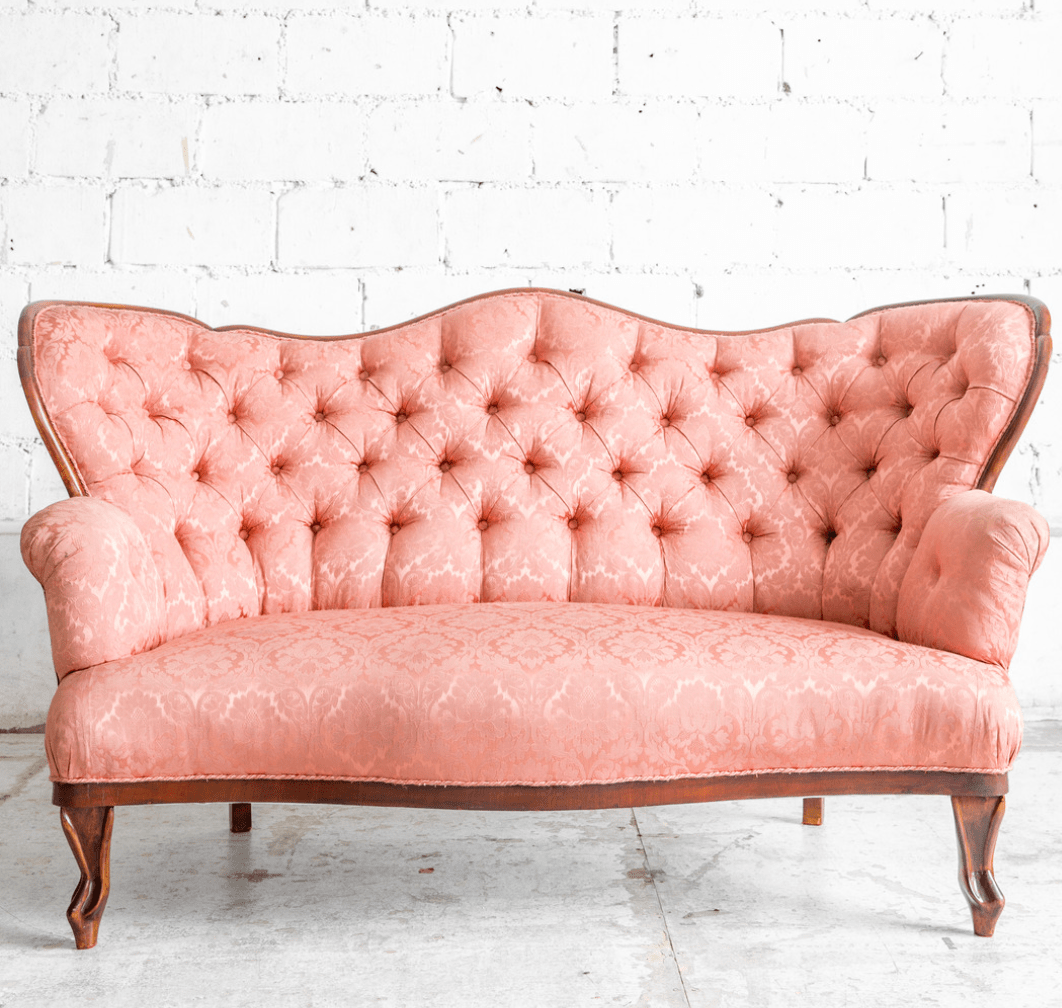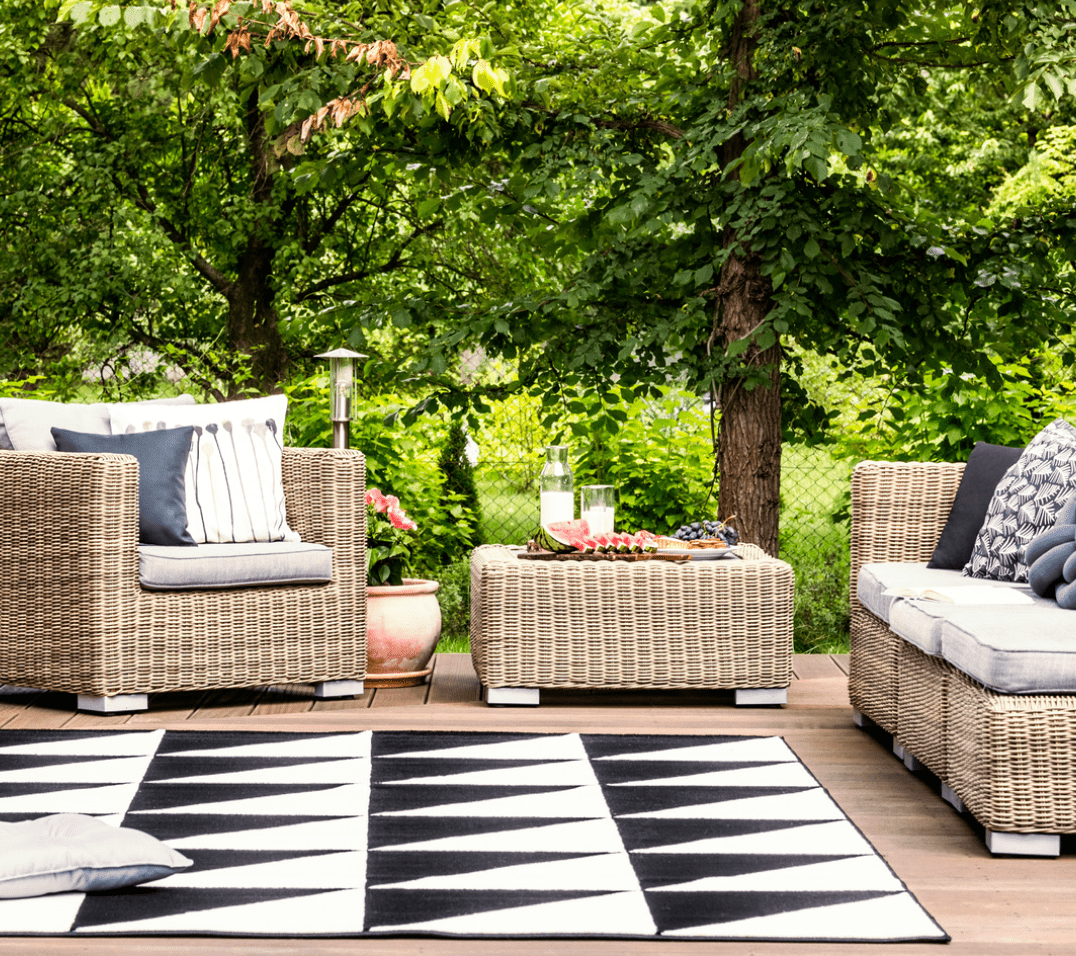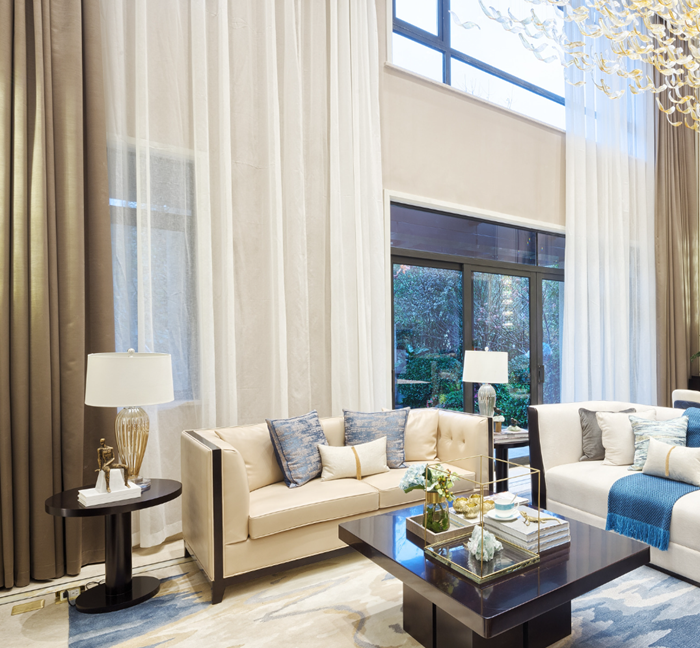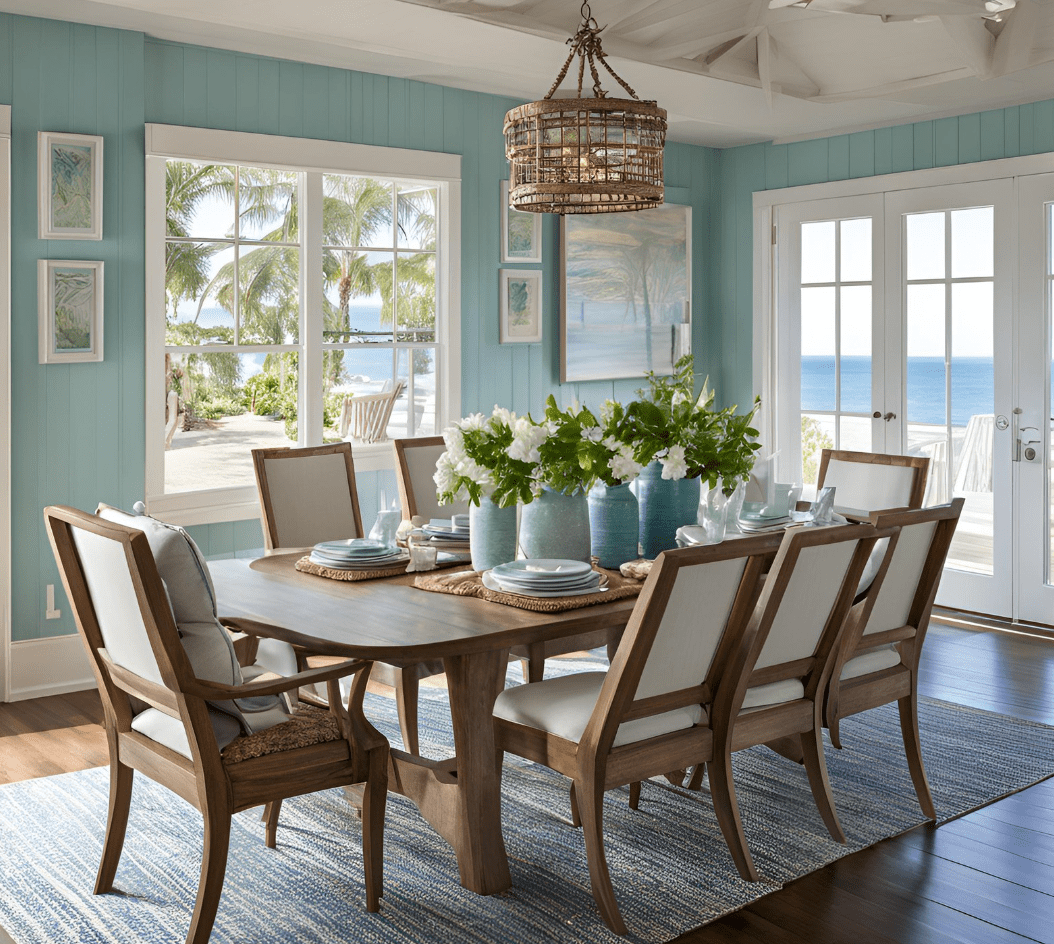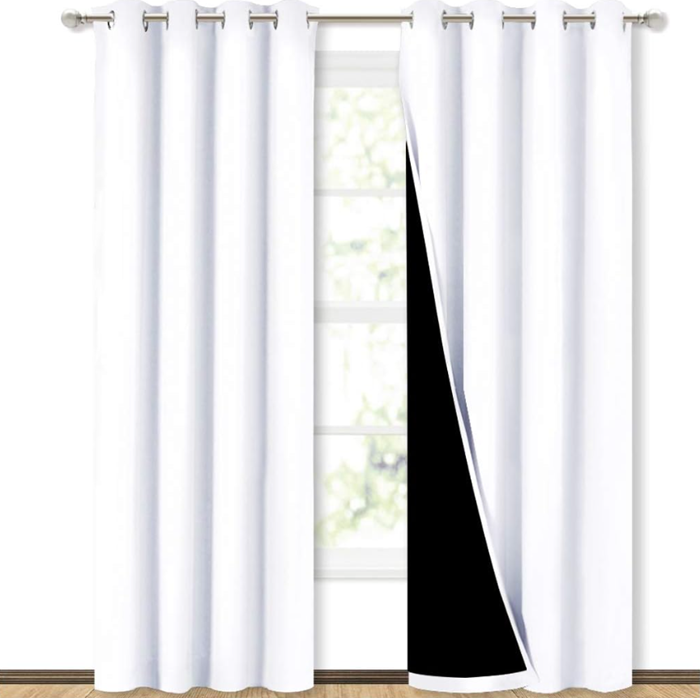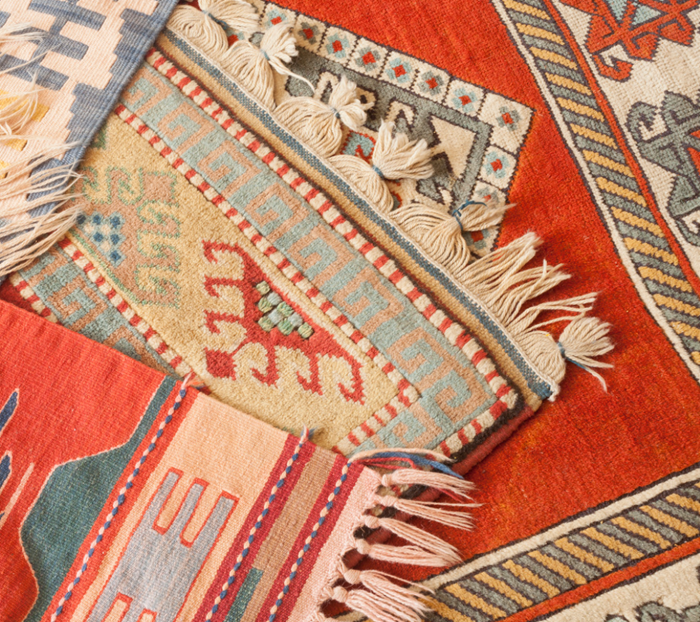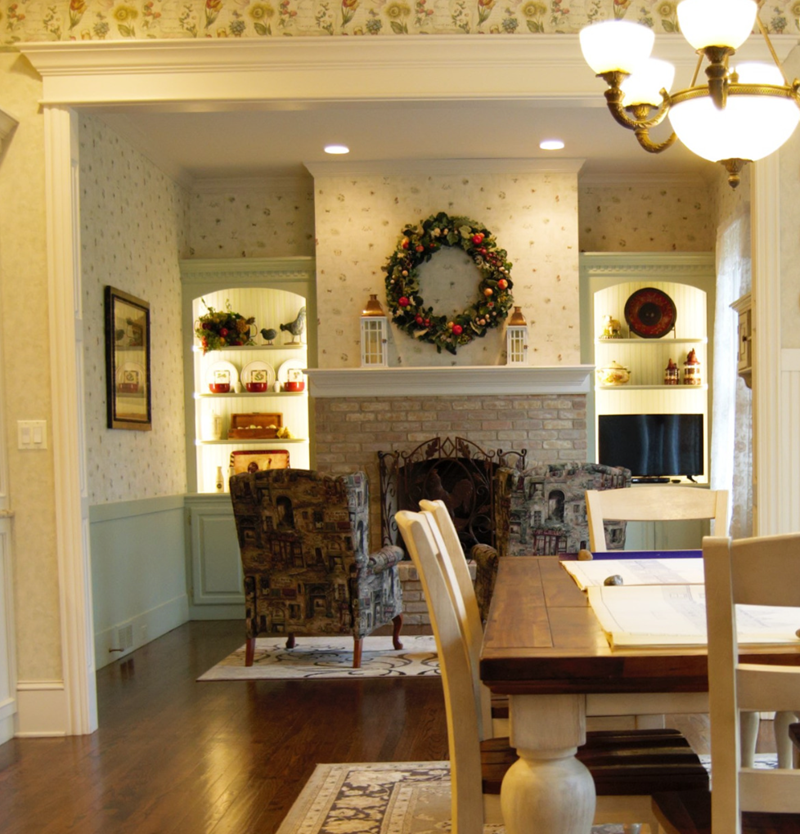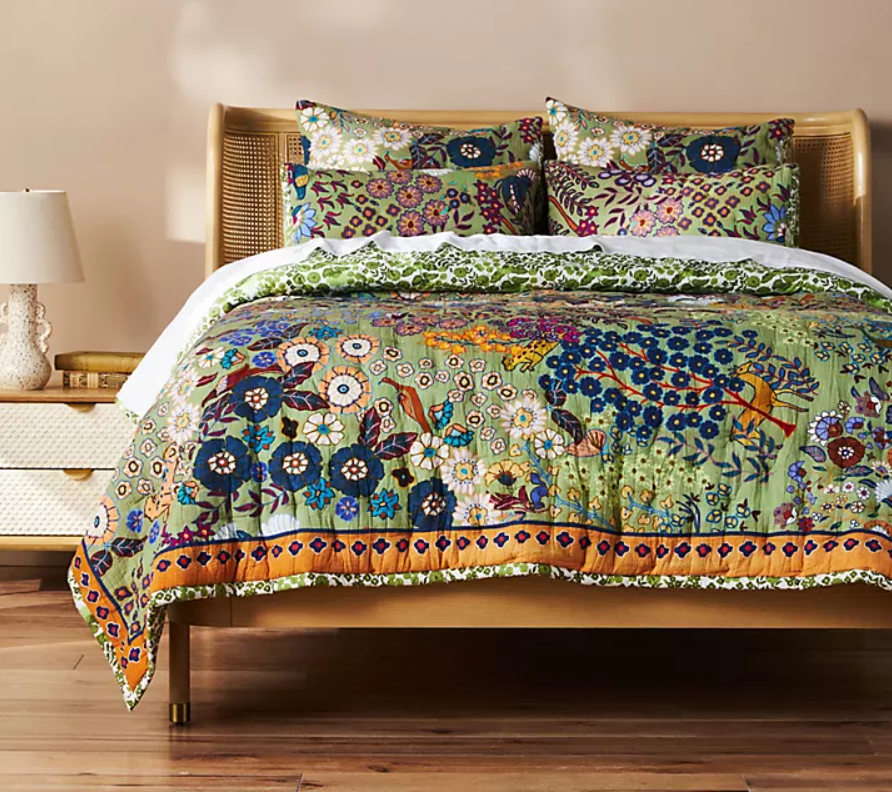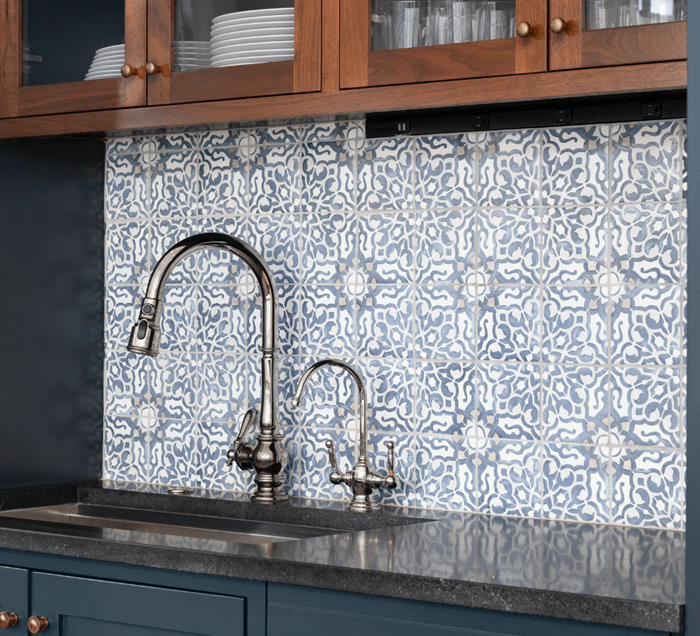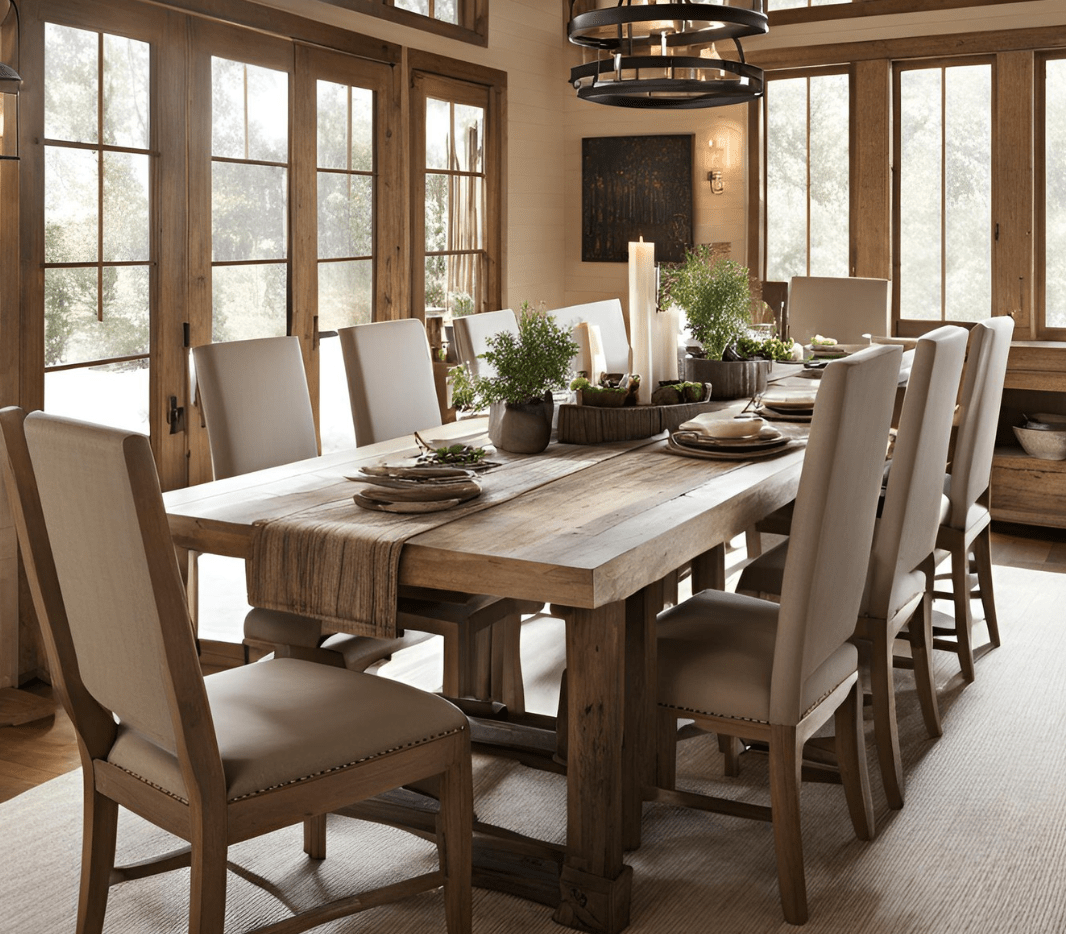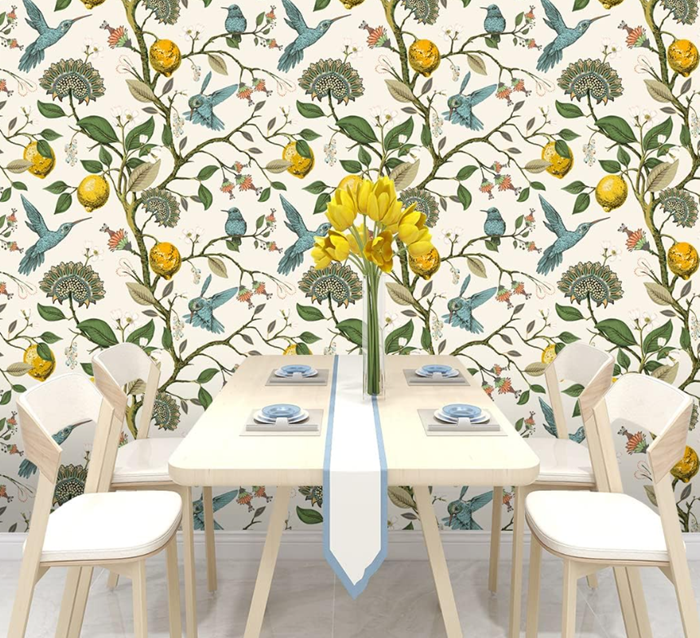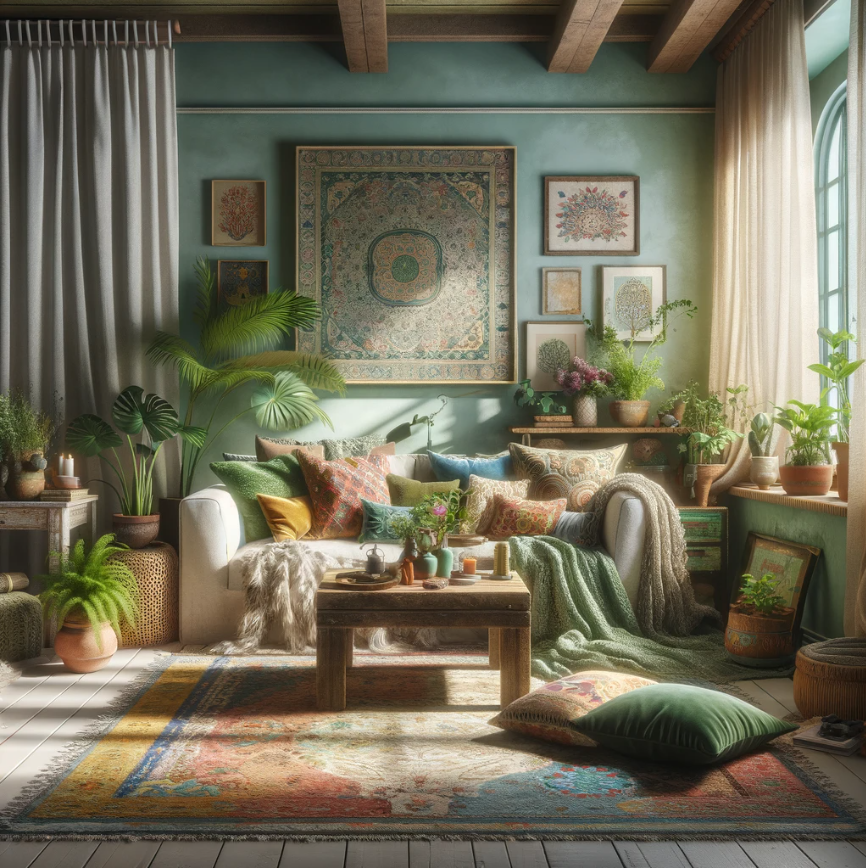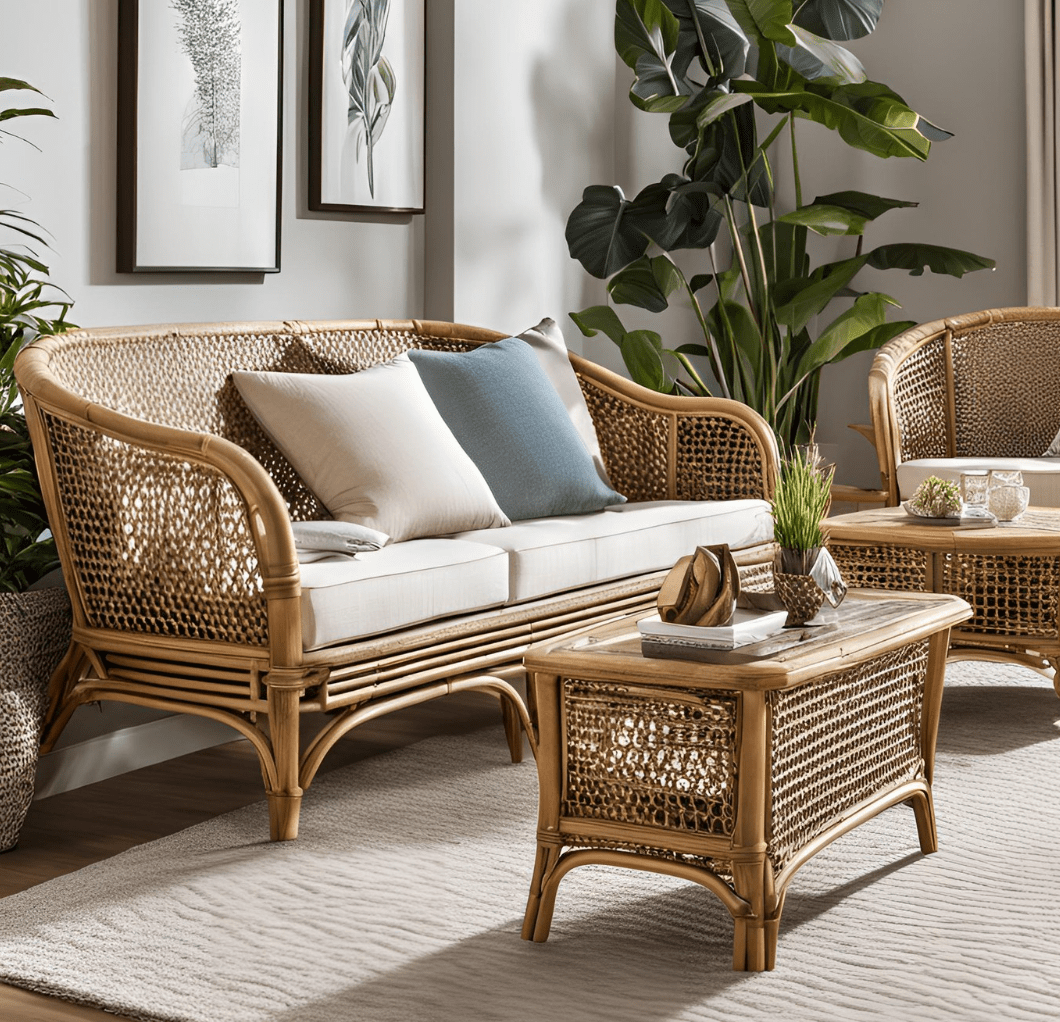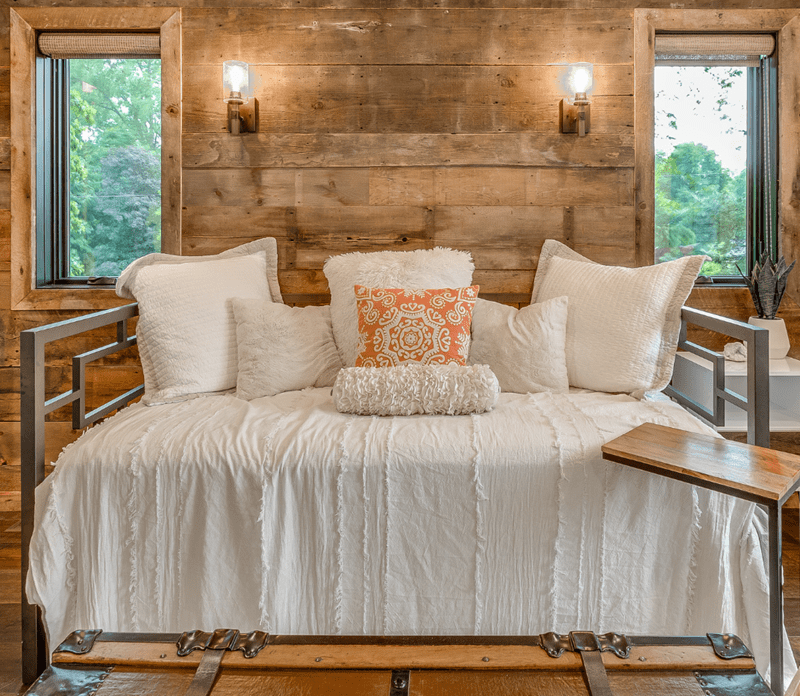Neoclassical Interior Design: History, Key Elements & Tips

Neoclassical interior design is a timeless style that exudes elegance and sophistication. Drawing inspiration from Greek and Roman architecture, this design aesthetic continues to be a favorite among homeowners and interior designers alike.
Understanding Neoclassical Interior Design
Neoclassicism arose in the mid-18th century as a reaction to the ornate and lavish Rococo style. It looked to revive the simplicity, balance, and order reminiscent of ancient Greek and Roman architecture. Neoclassical design gained popularity during the Enlightenment, symbolizing intellectual and rational ideals.
The key characteristics of the neoclassical style serve as the basis for creating an authentic and captivating interior. The emphasis is on clean lines, symmetry, and proportion. Neoclassical interiors exude a sense of harmony, with carefully curated furnishings and a restrained color palette.
Origins and History of Neoclassical Design
As the name suggests, Neoclassical design draws extensively from ancient Greece and Rome’s classical architecture and design principles. It refers to the revival of classical forms and motifs, encompassing both the grandeur of palaces and the subtle details found in everyday objects. The movement gained momentum during the 18th century, driven by a renewed interest in antiquity and a desire to return to the ideals of ancient civilizations.
The revival of neoclassical design was not limited to architecture and interiors. It permeated various aspects of society, including art, fashion, and literature. Artists like Antonio Canova embraced neoclassical ideals, depicting scenes from classical mythology and history. Fashion designers took inspiration from ancient Greek and Roman garments, incorporating drapery and classical motifs into their creations. Neoclassical literature, characterized by its emphasis on reason and moral values, flourished during this period, with authors like Alexander Pope and Johann Wolfgang von Goethe leaving their mark on the literary landscape.
Key Characteristics of Neoclassical Style
Neoclassical interior design embraces several fundamental characteristics that define its unique allure:
Symmetry: Symmetry is integral to neoclassical design, reflecting balance and order. Rooms are typically arranged with equal visual weight on either side of a central axis, creating a sense of harmony and tranquility pleasing to the eye.
Clean Lines: Neoclassical interiors favor straight lines and geometric forms. Curves are sparingly used, maintaining a sense of precision and clarity in the design.
Proportion: Proportion plays a crucial role in neoclassical design. Furnishings and architectural elements are carefully measured and scaled to ensure coherence and visual balance. This attention to proportion elevates the overall aesthetic appeal.
Light Colors: Neoclassical design’s color palette is generally light and airy, with a preference for soft pastels, creams, and whites. These hues create a sense of spaciousness and elegance, allowing outdoor light to flow freely throughout the space.
Luxurious Materials: Neoclassical interiors use high-quality materials such as marble, gilded wood, and delicate fabrics. These materials add a touch of opulence and refinement to the space, enhancing its luxurious appeal.
Neoclassical design not only focuses on an interior’s visual aspects but also pays attention to its functionality and comfort. Furniture in neoclassical interiors is carefully selected for both its aesthetic appeal and ergonomic qualities. Comfortable seating arrangements invite relaxation and conversation, while functional storage solutions ensure a clutter-free environment.
In addition, neoclassical interiors often incorporate elements of nature, blurring the lines between indoors and outdoors. Large windows and French doors allow outdoor light to flood the space, creating a seamless connection with the surrounding landscape.
Elements of Neoclassical Interior Design
Color Palette in Neoclassical Design
The color palette in neoclassical design plays a vital role in establishing the desired ambiance. Light pastels, soft creams, and understated whites are the foundation of a neoclassical color scheme. These hues evoke a sense of tranquility and sophistication, allowing the architecture and furnishings to shine. Accents of gold and silver can be introduced to add a touch of glamor and raise the overall aesthetic appeal.
Furniture Styles in Neoclassical Interiors
Neoclassical furniture styles feature clean lines, ornate details, and luxurious materials. Louis XVI and Directoire furniture are popular, and they feature exquisite carvings and intricate details.
Textiles and Materials Used in Neoclassical Interior Design
Textiles and materials used in neoclassical design should exude the same level of refinement and luxury as the overall aesthetic. Fine fabrics such as silk, damask, and velvet are excellent choices, adding a layer of luxury to upholstery, curtains, and bedding. When it comes to materials, natural elements like marble, limestone, and hardwood are favored to enhance the timeless appeal of the space.
Architectural Features in Neoclassical Design
The architectural features of neoclassical design play an essential role in creating an authentic and captivating space.
Symmetry and Balance in Neoclassical Architecture
Symmetry and balance are fundamental principles in neoclassical architecture. From the facade to the interior spaces, the distribution of elements is carefully arranged to create a harmonious and visually pleasing environment. Symmetrical floor plans, evenly spaced windows, and balanced ornamentation are essential neoclassical architectural characteristics.
Neoclassical Decorative Moldings and Trims
Neoclassical design often features intricate and ornate decorative moldings and trims. Architectural details like cornices, friezes, and ceiling roses add depth and visual interest to the space. These decorative elements draw inspiration from ancient Greek and Roman motifs, reflecting the style’s classical influence.
Columns and Arches in Neoclassical Design
Columns and arches are significant architectural elements in neoclassical design. The use of columns, especially the iconic Ionic, Corinthian, and Doric orders, adds a sense of grandeur and elegance to the space. Arches, whether in doorways, windows, or passageways, create a feeling of continuity and visual flow throughout the interior.
Incorporating Neoclassical Design in Modern Homes
While neoclassical design is rooted in history, it can seamlessly blend with modern interiors to create a truly captivating space.
Mixing Neoclassical and Contemporary Styles
An excellent way to incorporate neoclassical design in a modern home is by juxtaposing it with contemporary elements. Mixing these design styles creates a captivating interplay between the old and the new, showcasing the beauty of both styles. For instance, pair a sleek and minimalist sofa with a neoclassical gilded coffee table or a modern light fixture with a neoclassical-inspired ceiling medallion. This juxtaposition creates a dynamic and visually engaging space.
Neoclassical Design in Different Rooms
Neoclassical design can be adapted to various rooms in a modern home, each with its distinct style and purpose.
Select elegant furnishings and a neutral color palette in the living room to create a serene and inviting ambiance.
For the bedroom, incorporate opulent textiles and a luxurious bed frame to evoke a sense of regal tranquility.
Use a neutral palette of whites, creams, and grays to incorporate neoclassical design in your bathroom. Add classical elements like columns, moldings, and decorative trims. Choose elegant fixtures, such as pedestal sinks and clawfoot tubs, while using marble for countertops. Enhance with metallic accents in gold or silver. Include statement lighting like chandeliers or sconces and framed mirrors with intricate detailing for a luxurious, timeless look.
In the dining room, an ornate dining table paired with upholstered chairs sets the stage for sophisticated gatherings.
Tips for Achieving a Neoclassical Look
When attempting to achieve a neoclassical look, keep these essential tips in mind:
Pay attention to details: Neoclassical design thrives on intricate details and refined craftsmanship. Incorporate decorative moldings, trims, and architectural elements to elevate the overall aesthetic.
Embrace symmetry: Symmetrical arrangements create a sense of visual balance and order. Strive for symmetry in furniture placement, architectural elements, and decor to create a harmonious environment.
Curate a restrained color palette: Neoclassical interiors are known for light and airy color palettes. Opt for soft pastels, creams, and whites to create a serene and elegant ambiance.
Blend old and new: Mix neoclassical elements with contemporary furnishings and accessories to create a captivating juxtaposition of styles.
Neoclassical Interior Design: Timeless Elegance
Neoclassical interior design celebrates classical beauty and timeless elegance. Understanding its origins and key characteristics enables you to create a space that oozes sophistication and refinement.
Whether you’re transforming your living room, bedroom, bathroom, or dining room, Neoclassical design principles can be applied to any space. With a careful selection of materials, thoughtful use of color, and attention to detail, you can achieve the Neoclassical look and create a truly awe-inspiring space.
FAQs
What is Neoclassical interior design?
- Neoclassical interior design is a timeless style inspired by Greek and Roman architecture, emphasizing elegance, symmetry, clean lines, and a restrained color palette.
What are the key characteristics of Neoclassical interior design?
- Key characteristics include symmetry, clean lines, balanced proportions, light color palettes, and the use of luxurious materials like marble and gilded wood.
How can I incorporate Neoclassical design in a modern home?
- You can blend Neoclassical design with modern elements by juxtaposing classic furniture with contemporary pieces, using a neutral color palette, and adding decorative moldings and trims.
What colors are commonly used in Neoclassical interiors?
- Common colors include light pastels, creams, whites, and accents of gold and silver, creating a sense of spaciousness and elegance.
What types of furniture are typical in Neoclassical interiors?
- Typical furniture includes pieces with clean lines and ornate details, such as Louis XVI and Directoire styles, made from high-quality materials like silk, velvet, and marble.
The Curated Showhouse
Our content is written by our team of experienced interior design experts.


















